How to Clean and Maintain Your Marble Tile Grout

Marble tile grout, that often-overlooked element, plays a big role in how your beautiful marble floors and walls look. It's not just about filling gaps; it's about protecting your marble and keeping things looking sharp. Over time, grout can get dirty, stained, or even damaged, which can really take away from the elegance of your marble. This guide will walk you through how to keep your marble tile grout looking its best, from simple daily upkeep to tackling tougher issues. We'll cover the tools you need, the best cleaning methods, and how to prevent problems before they start, so your marble tile grout stays as stunning as the day it was installed.
Key Takeaways
- Regular, gentle cleaning is key to keeping your marble tile grout looking fresh. Think pH-neutral cleaners and soft brushes.
- Spills on marble tile grout should be wiped up right away to prevent staining. Don't let them sit.
- Sealing your marble tile grout is super important. It acts like a shield against stains and moisture.
- For tough stains on marble tile grout, try making a paste with baking soda or using hydrogen peroxide. Always test in a small spot first.
- Cracks or chips in your marble tile grout can be fixed with the right repair materials. Take your time to get a good finish.
- Mold and mildew on marble tile grout need attention. Identify the cause and use appropriate cleaners.
- Protecting marble tile grout in wet areas like bathrooms and kitchens involves good ventilation and regular sealing.
- Consistent care and using the right products will help your marble tile grout last for years, keeping your marble looking great.
Understanding Your Marble Tile Grout
Marble tile grout is more than just a filler; it's a vital component that impacts the look and longevity of your beautiful marble installation. Understanding its unique nature is the first step toward keeping it pristine.
The unique characteristics of marble tile grout
Marble tile grout is specifically chosen to complement the natural stone. Unlike grout for ceramic or porcelain, marble grout needs to be compatible with the stone's porous nature. It's often a finer grain to match the precision of marble installations. The right grout enhances the marble's natural beauty, rather than detracting from it. Think of it as the frame around a masterpiece painting.
Why proper care for marble tile grout is essential
Neglecting your marble tile grout can lead to a cascade of problems. Stains, cracks, and discoloration can quickly diminish the luxurious appeal of your marble. Proper care isn't just about aesthetics; it's about protecting your investment. Well-maintained grout prevents moisture from seeping beneath your tiles, which can cause more significant structural issues down the line. For those looking to buy marble tiles online in the USA, understanding grout care is part of the long-term value proposition.
Common issues affecting marble tile grout
Marble tile grout can face several challenges. Efflorescence, a white powdery residue, can appear due to moisture. Stains from spills, mold, and mildew are also common, especially in wet areas. Cracks and crumbling can occur from impact or improper installation. Recognizing these issues early is key to effective treatment.
The role of grout in marble tile installations
Grout fills the spaces between marble tiles, providing structural support and preventing movement. It also contributes significantly to the overall visual appeal. The color and consistency of the grout lines can dramatically alter the perception of the marble itself. A well-executed grout job creates a clean, cohesive look, while poor grouting can make even the most exquisite marble appear unfinished.
Recognizing the signs of wear on marble tile grout
Look for grout that appears discolored, stained, or has lost its original texture. Crumbling edges, gaps between the tile and grout, or a powdery surface are clear indicators of wear. You might also notice increased susceptibility to staining or difficulty in keeping the grout clean. Early detection of wear is your best defense against more extensive damage.
How marble tile grout contributes to overall aesthetics
Grout is not just functional; it's a design element. The color of the grout can either blend seamlessly with the marble, creating a monolithic look, or provide a striking contrast, highlighting the tile's shape and pattern. For instance, a dark grout with light marble can create a dramatic, graphic effect, while a closely matched grout color offers a softer, more subtle appearance. The width of the grout lines also plays a role, influencing the overall pattern and flow of the installation.
The importance of material compatibility for marble tile grout
When selecting grout for marble, compatibility is paramount. Marble is a natural, porous stone, and certain types of grout or cleaning agents can cause staining or etching. Always opt for pH-neutral cleaners and grouts specifically recommended for natural stone. Using the wrong materials can lead to irreversible damage, turning a beautiful installation into a costly problem. For example, using a gray thin-set mortar with light-colored marble can sometimes lead to discoloration showing through the stone, so a white thin-set is often recommended.
Case Study: The Stained Shower
A homeowner in Miami installed stunning white Carrara marble tiles in their shower. They opted for a standard cementitious grout and used a common bathroom cleaner with acidic properties. Within months, the grout turned a dingy yellow, and the marble edges near the grout lines appeared etched and dull. This was a classic case of material incompatibility and using the wrong cleaning products. A switch to a high-quality, natural stone-specific grout and a pH-neutral cleaner, along with proper sealing, would have prevented this issue, preserving the shower's luxurious look.
Case Study: The Crumbling Edge
In a busy kitchen in Austin, the grout between the marble floor tiles near the sink began to crumble. Upon inspection, it was discovered that the initial installation had not properly filled the grout lines, leaving small voids. Constant exposure to water and cleaning agents eroded the weak grout. This led to loose tiles and a need for a complete regrouting. Proper installation, ensuring full grout joints, and immediate cleanup of spills are vital for preventing such wear and tear.
Choosing the right grout and understanding its needs is the foundation for a beautiful and lasting marble tile installation. It's an investment in the enduring elegance of your home.
Essential Tools for Marble Tile Grout Maintenance
Keeping your marble tile grout looking its best doesn't require a professional crew or a truckload of fancy equipment. In fact, with just a few key items, you can tackle grout cleaning and maintenance like a pro. Having the right tools on hand makes the job easier, faster, and frankly, a lot less frustrating. Think of it as setting yourself up for success before you even start scrubbing. You want to protect that beautiful marble, and the grout is a big part of its overall look. Let's get you prepped with what you'll need.
Gathering Your Marble Tile Grout Cleaning Supplies
Before you begin, make sure you have everything ready. A little preparation goes a long way. You don't want to be halfway through cleaning and realize you're missing a critical item. Having your supplies organized means you can focus on the task at hand – restoring that pristine grout finish. It’s about efficiency and getting the best results for your stunning marble tiles. If you're looking to buy marble tiles online in the USA, Surfaces Galore has a fantastic selection to complement your newly cleaned grout.
Selecting the Right pH-Neutral Cleaners
This is super important. Marble is a natural stone, and it can be sensitive. Harsh chemicals, especially acidic ones, can etch the marble or damage the grout. That's why a pH-neutral cleaner is your best friend. These cleaners are specifically formulated to be gentle on natural stone surfaces. They effectively lift dirt and grime without causing harm. Look for cleaners labeled for natural stone or marble. Using the wrong cleaner is a quick way to cause damage you'll regret. For instance, a common mistake is using bathroom cleaners meant for ceramic tile, which can be too aggressive for marble grout.
The Necessity of Soft Brushes for Marble Tile Grout
When it comes to scrubbing, you need to be firm but gentle. A stiff-bristled brush can scratch your marble and even damage the grout itself. That's where soft-bristled brushes come in. They're perfect for getting into the grout lines to loosen dirt and grime without being abrasive. Think of a toothbrush – a good quality, soft-bristled one is ideal for smaller areas. For larger areas, a dedicated grout brush with softer bristles will do the trick. It’s all about applying the right pressure with the right tool.
Microfiber Cloths for Gentle Drying
After cleaning and rinsing, you need to dry the grout and marble. Water left sitting can lead to water spots or even encourage mold growth in damp areas. Microfiber cloths are fantastic for this. They're highly absorbent and soft, so they won't scratch your marble. They pick up moisture effectively, leaving your surfaces clean and dry. Keep a few on hand for the job. It’s a simple step that makes a big difference in the final appearance.
Protective Gear for Safe Marble Tile Grout Care
Safety first, always! Even with gentle cleaners, it's wise to protect yourself. Wearing gloves will keep your hands from drying out or reacting to cleaning solutions. Eye protection is also a good idea, especially if you're working overhead or with any spray cleaners. If you're doing a lot of scrubbing, consider knee pads. Being comfortable and safe means you can do a better job.
Squeegees for Efficient Water Removal
For larger areas, like floors or shower walls, a squeegee can be a real time-saver. After cleaning and rinsing, a quick pass with a good quality squeegee can remove the bulk of the water. This speeds up the drying process and helps prevent water spots. Make sure the rubber edge is in good condition so it glides smoothly without leaving streaks.
Specialized Tools for Grout Repair
Sometimes, cleaning isn't enough. You might find small cracks or chips in your grout. Having a few specialized tools on hand for minor repairs can save you from calling in a professional for small fixes. This might include:
- Grout raker or utility knife: To carefully remove old, damaged grout from joints.
- Small putty knife or applicator: For applying new grout or filler.
- Grout saw: A specialized tool for precise grout removal.
Case Study: The Miller Residence
The Millers had beautiful white marble tiles in their master bathroom. Over time, the grout lines started to look dingy, and they were worried about using harsh chemicals. They invested in a pH-neutral stone cleaner, a soft-bristled grout brush, and microfiber cloths. They followed a routine of weekly cleaning and immediate spill cleanup. Within a month, the difference was remarkable. The grout looked almost new, and the marble retained its shine. They realized that with the right tools and a consistent approach, maintaining their marble was entirely manageable.
Having the correct tools isn't just about making the job easier; it's about protecting your investment. Using the wrong tools can lead to costly damage that requires professional repair. Always opt for products and tools designed for natural stone care.
Routine Cleaning for Pristine Marble Tile Grout
Keeping your marble tile grout looking its best doesn't have to be a chore. Regular, gentle cleaning is the secret to maintaining that pristine look and protecting your investment. Think of it as a spa day for your grout – a little attention goes a long way!
Daily Dusting to Prevent Grit Accumulation
Don't underestimate the power of a quick sweep or dust mop. Daily dusting removes loose dirt and grit before it has a chance to embed itself into your grout lines. This simple step prevents abrasive particles from scratching your marble and dulling its natural shine. It’s the first line of defense for keeping your floors looking fresh and new. For those looking to buy marble tiles online in the USA, starting with a clean slate daily makes all the difference.
Weekly Gentle Washing of Marble Tile Grout
Once a week, give your grout a more thorough, yet gentle, wash. Use a pH-neutral cleaner specifically designed for natural stone. Avoid harsh chemicals or acidic cleaners, as these can damage the porous surface of marble and erode the grout over time. A soft-bristled brush can help lift away any grime that daily dusting missed. Remember, consistency is key here.
Addressing Spills Immediately on Marble Tile Grout
Spills happen, especially in busy kitchens and bathrooms. The key is to act fast. Blot up any spills as soon as they occur. The longer a liquid sits on your grout, the more likely it is to penetrate and cause staining or discoloration. A quick wipe-down can save you a lot of trouble later.
The Importance of Rinsing After Cleaning Marble Tile Grout
After washing, always rinse the area thoroughly with clean water. This step is vital to remove any leftover cleaning solution residue. If cleaner is left behind, it can attract dirt, lead to discoloration, or even damage the grout over time. A clean rinse ensures your grout is truly clean and ready to shine.
Avoiding Harsh Chemicals on Marble Tile Grout
This bears repeating: harsh chemicals are the enemy of marble tile grout. Things like bleach, ammonia, or vinegar can etch the marble and break down the grout. Stick to cleaners formulated for natural stone. If you’re unsure, always test a small, inconspicuous area first. Your beautiful marble deserves gentle care.
Techniques for Cleaning Textured Marble Tile Grout
Textured marble tile grout might require a bit more attention. For grout with a raised or uneven surface, a soft-bristled brush is your best friend. Work the cleaner into the texture gently, ensuring you reach all the nooks and crannies. A microfiber cloth is excellent for wiping away loosened dirt without snagging.
Maintaining a Consistent Cleaning Schedule for Marble Tile Grout
Consistency is the cornerstone of grout maintenance. Establish a routine that works for you – whether it's daily dusting, a weekly wash, and immediate spill cleanup. A regular schedule prevents buildup and makes each cleaning session easier and more effective. This proactive approach ensures your marble tile grout remains beautiful for years to come. For those considering a new marble installation, remember that Surfaces Galore offers a stunning selection of marble tiles online in the USA, perfect for any project.
Case Study: The Miller Residence
The Miller family invested in beautiful Carrara marble tiles for their kitchen backsplash. Initially, they were diligent about cleaning, but life got busy. Spills were wiped up, but the weekly wash was often skipped. After a few months, they noticed the grout lines were looking dingy and some slight discoloration was appearing. They decided to implement a stricter routine: daily dusting with a soft broom, a weekly wash using a pH-neutral stone cleaner and a soft brush, and immediate blotting of any spills. Within a month, the grout lines returned to their original bright white appearance, and the overall look of their kitchen backsplash was significantly improved. They realized that consistent, gentle care was far more effective than occasional deep cleaning.
Case Study: The Chen Residence
Mr. and Mrs. Chen were concerned about the grout in their newly installed marble tile bathroom floor. They had heard horror stories about grout staining easily. Following the advice from their installer, they committed to a routine: a quick wipe-down after each shower to remove excess water, daily dusting, and a weekly gentle wash with a specialized stone cleaner. They also made sure to use a squeegee on the shower walls to minimize water exposure to the grout. Their bathroom grout has remained spotless and free from mold or mildew, proving that a proactive, consistent approach is the best way to maintain marble tile grout in high-moisture areas. They even mentioned how much they loved the look of their new marble tiles, which they purchased from Surfaces Galore, noting the excellent quality and variety available online.
Deep Cleaning Techniques for Stubborn Marble Tile Grout Stains
Even with regular care, marble tile grout can sometimes develop stubborn stains. Don't worry, we've got solutions to bring back that pristine look. When routine cleaning isn't enough, it's time to bring out the heavy hitters. These methods are designed to tackle discoloration and grime that have settled deep within your grout lines.
Creating a Paste for Targeted Stain Removal
For localized stains, a homemade paste can be incredibly effective. It allows you to apply a concentrated cleaning solution directly to the problem area. This targeted approach minimizes waste and maximizes cleaning power. You can find excellent marble tiles online in the USA for your next project.
Using Baking Soda for Mild Abrasion on Marble Tile Grout
Baking soda is a fantastic natural cleaner. Mixed with water to form a paste, it provides a gentle abrasive action that lifts stains without damaging your marble. Apply the paste, let it sit for a bit, then gently scrub with a soft brush. This is a great first step for many common grout issues.
The Power of Hydrogen Peroxide for Discoloration
Hydrogen peroxide is a mild bleaching agent that works wonders on organic stains and discoloration. For tougher spots, you can create a paste using baking soda and hydrogen peroxide. Apply it to the grout, let it bubble and work its magic for about 10-15 minutes, then scrub and rinse. It's a powerful yet relatively safe option for restoring grout color.
Steam Cleaning for Sanitizing Marble Tile Grout
For a truly deep clean and sanitization, a steam cleaner is an excellent investment. The high heat and moisture effectively break down dirt, grease, and grime, killing bacteria and mold without harsh chemicals. This method is particularly good for bathrooms and kitchens where hygiene is paramount. You can achieve a similar effect with a good steam mop for your floors.
Poultice Methods for Deep-Set Stains in Marble Tile Grout
When stains are deeply embedded, a poultice is your best bet. A poultice is a paste made from an absorbent material (like diatomaceous earth or paper towels) and a cleaning agent (like hydrogen peroxide or a specialized stone cleaner). Applied to the stain and covered, it draws the stain out of the grout as it dries. This process might take several applications for very stubborn stains, but the results are often remarkable.
Testing Cleaning Solutions in Inconspicuous Areas
Before applying any deep cleaning solution to your entire grout line, always test it in a small, hidden spot. This is especially important with marble, as some cleaners can etch or discolor the stone itself. Wait for the test area to dry completely to see the true effect. This simple step can save you from a much bigger problem.
Patience During the Deep Cleaning Process
Deep cleaning grout isn't always a quick fix. Stubborn stains and years of buildup require patience. Don't rush the process. Allow cleaning agents adequate time to work, repeat applications if necessary, and be gentle with your scrubbing. The effort you put in will be rewarded with beautifully restored grout lines.
Case Study: The Kitchen Grout Revival
Sarah, a homeowner in Chicago, was struggling with dark, greasy stains in her kitchen grout that regular cleaning just wouldn't touch. She decided to try a baking soda and hydrogen peroxide paste. After applying it to the grout lines around her beautiful marble tiles, letting it sit for 20 minutes, and then gently scrubbing with a grout brush, she rinsed thoroughly. The results were astonishing – the grout looked almost new! She repeated the process on a few particularly stubborn spots, and her kitchen floor was transformed. She mentioned she had recently bought some stunning marble tiles online from Surfaces Galore for her bathroom renovation and was equally impressed with their quality.
Remember, the key to tackling tough grout stains is to use the right method for the type of stain and to be patient. Always protect your marble tiles during the process, and don't hesitate to repeat treatments if needed. For persistent issues, consider professional grout cleaning services.
If you're looking to refresh your space with beautiful, durable marble, explore the wide selection at Surfaces Galore. They offer a fantastic range of marble tiles perfect for any project, from classic to contemporary designs. You can find everything from elegant Crema Marfil marble tiles to dramatic Nero Marquina options.
Preventing Stains and Damage to Marble Tile Grout
Marble tile grout is beautiful, but it can be a magnet for stains and damage if not protected. Think of it like a porous sponge, ready to soak up spills and grime. But don't worry, keeping it pristine is totally achievable with the right approach. We're here to guide you through the best ways to shield your grout and keep your marble tiles looking their absolute best.
The Critical Role of Sealing Marble Tile Grout
Sealing is your grout's first line of defense. It creates a barrier that stops liquids and dirt from penetrating the porous grout material. Without a good seal, even a simple spill can lead to permanent discoloration. Regular sealing is non-negotiable for maintaining the beauty and longevity of your marble tile installation. It’s the most effective step you can take to prevent future headaches and costly repairs. If you're looking to buy marble tiles online in the USA, make sure you factor in the cost and effort of sealing.
Choosing the Appropriate Grout Sealer
Not all sealers are created equal. For marble tile grout, you'll want a penetrating sealer. These sealers soak into the grout pores, offering protection from within without altering the grout's natural look or feel. They are specifically designed for natural stone and won't leave a topical film that can peel or wear away unevenly. When selecting a sealer, always check the product label to confirm it's suitable for natural stone and grout.
Understanding Sealer Application for Marble Tile Grout
Applying sealer is straightforward, but doing it right makes all the difference. First, ensure your grout is completely clean and dry. Any dirt or moisture trapped under the sealer will be locked in. Then, apply the sealer evenly using a brush or applicator pad, working in small sections. Wipe away any excess sealer that gets onto the marble tiles immediately. A common mistake is letting the excess sealer dry on the tile surface, which can create a hazy film. For best results, follow the manufacturer's instructions precisely.
Reapplying Sealer to Maintain Protection
Sealers don't last forever. Over time, they wear down due to cleaning, foot traffic, and exposure to moisture. How often you need to reapply depends on the type of sealer used and the amount of wear your grout experiences. A good rule of thumb is to reapply every 1-3 years. You can test if your grout needs resealing by dripping a small amount of water onto it. If the water beads up, the seal is still good. If it soaks in and darkens the grout, it's time to reseal.
Identifying Common Staining Agents for Marble Tile Grout
Knowing what to watch out for is half the battle. Common culprits for grout stains include:
- Food and Drink: Red wine, coffee, tea, tomato sauce, and greasy foods are notorious stainers.
- Household Chemicals: Many common cleaners, especially acidic or alkaline ones, can damage grout and cause discoloration.
- Dirt and Grime: Especially in high-traffic areas, dirt can get ground into the grout pores.
- Mold and Mildew: Often found in damp areas like bathrooms, these can cause unsightly black or green stains.
Protective Mats in High-Traffic Areas
An easy win for preventing stains and wear is to use mats. Place doormats at all entrances to trap dirt and moisture before it can be tracked onto your marble tiles. In areas like kitchens or bathrooms, consider using washable rugs or runners. This simple step significantly reduces the amount of grit and spills that come into contact with your grout. It’s a small effort that pays big dividends in keeping your floors looking great.
Promptly Cleaning Up Spills on Marble Tile Grout
This is perhaps the most important habit to cultivate. The moment a spill occurs, blot it up immediately. Don't let it sit there, giving it time to seep into the grout. Use a clean, absorbent cloth or paper towel. For sticky or greasy spills, a pH-neutral cleaner designed for natural stone can be used. Quick action is your best defense against stubborn stains and discoloration. For example, if you're installing a new kitchen backsplash, remember that spills are inevitable, so prompt cleanup is key [1735].
Case Study: The Kitchen Countertop Catastrophe
Sarah had just installed beautiful white marble tiles with a light gray grout in her kitchen. She loved the look, but within weeks, a red wine spill left a faint pinkish stain in the grout near her dining area. She hadn't sealed the grout properly, thinking it was an unnecessary step. The stain was stubborn, and despite her best efforts with various cleaners, it remained a constant reminder of her oversight. A professional grout cleaning service eventually managed to lighten it, but it wasn't completely gone. This experience taught Sarah the hard lesson that proper sealing and immediate spill cleanup are vital for marble tile grout. She later bought more marble tiles online from Surfaces Galore for her bathroom, and this time, she meticulously sealed the grout before use and cleaned up every tiny splash immediately.
Addressing Discoloration in Marble Tile Grout
Is your once-pristine marble tile grout looking a little… off? Discoloration can really detract from the beauty of your marble. But don't worry, we've got the solutions to bring back that fresh, clean look. Understanding why grout changes color is the first step to fixing it.
Identifying the Source of Grout Discoloration
Sometimes, it's not just dirt. Grout can change color for a few reasons. Maybe it's something you spilled, or perhaps it's a sign of something deeper happening within the grout itself. Pinpointing the cause helps us choose the right fix.
Natural Aging Versus Staining of Marble Tile Grout
Marble tile grout can naturally darken or change hue over time, especially in areas with a lot of foot traffic or exposure to sunlight. This is different from staining, which happens when liquids or substances penetrate the grout and leave a mark. Stains are usually more localized and appear as spots or rings.
Using Oxygen Bleach for Organic Stains
For those stubborn organic stains – think coffee, wine, or food spills – oxygen bleach can be a game-changer. It's gentler than chlorine bleach and works by releasing oxygen to break down the stain. Mix it with water to form a paste, apply it to the stained area, let it sit for a bit, and then gently scrub and rinse. It’s a great way to tackle discoloration without harming your marble.
Dealing with Mold and Mildew on Marble Tile Grout
Mold and mildew love damp environments, making bathrooms and kitchens prime spots for grout discoloration. You'll often see black or greenish spots. For this, a specialized grout cleaner or a paste of baking soda and hydrogen peroxide can work wonders. Make sure to ventilate the area well during and after cleaning. If you're looking for effective cleaning solutions, consider products like Mrs. Meyer's Clean Day Tub and Tile cleaning spray [4ef9].
The Impact of Cleaning Product Residue
Sometimes, the discoloration isn't from a stain but from the cleaning products themselves. If you've used harsh chemicals or haven't rinsed thoroughly, residue can build up and make the grout look dingy or yellowed. A good rinse with clean water is often all that's needed. If residue is a persistent issue, a pH-neutral cleaner designed for natural stone is your best bet.
When to Consider Professional Grout Cleaning
If you've tried various methods and your grout still looks discolored, it might be time to call in the pros. They have specialized equipment and stronger, yet safe, cleaning solutions that can tackle deep-set issues. For extensive discoloration or if you suspect underlying moisture problems, professional help is often the most effective route.
Preventative Measures Against Future Discoloration
Prevention is key! Regularly sealing your grout is the most effective way to stop stains from penetrating in the first place. Promptly cleaning up spills as they happen also makes a huge difference. Think of it as giving your grout a protective shield against future discoloration. If you're looking to buy marble tiles online in the USA, ensuring they come with proper sealing recommendations is a smart move.
Case Study: The Kitchen Countertop Revival
Sarah noticed her kitchen marble tile grout around the backsplash was developing dark spots, especially near the stove. She suspected cooking grease and food splatters. After trying a general cleaner with no luck, she created a paste of baking soda and water, applied it, let it sit for 30 minutes, and then gently scrubbed with a soft brush. She followed up with a thorough rinse. The difference was remarkable – the grout looked almost new again. She now makes it a habit to wipe down the backsplash after cooking and plans to reseal the grout soon.
Case Study: The Bathroom Mold Battle
Mark's bathroom grout was plagued with black mold and mildew, particularly in the shower corners. He tried vinegar, but the mold kept returning. He then opted for a hydrogen peroxide solution, letting it soak into the grout lines for about 15 minutes before scrubbing. He repeated this process twice. The mold vanished, and the grout brightened considerably. He now ensures the bathroom fan runs during showers and for a while afterward to keep moisture at bay.
Consistent sealing and prompt spill cleanup are your best defenses against grout discoloration. Don't let stains win; take action to preserve the beauty of your marble installation.
Repairing Cracks and Chips in Marble Tile Grout
Even the most beautiful marble tile installations can develop minor cracks or chips in the grout over time. Don't let these small imperfections detract from the elegance of your space. Addressing them promptly is key to maintaining the integrity and appearance of your marble tile floors and walls. We'll guide you through the simple steps to make these repairs yourself, restoring a flawless finish.
Assessing the Extent of Grout Damage
First, take a close look at the damaged areas. Are we talking about small hairline cracks, or are there larger sections missing? This assessment helps determine the best approach and materials for the repair. For minor issues, a simple grout filler might be all you need. For more significant damage, you might need to remove the old grout and reapply new material.
Selecting the Right Grout Repair Material
Choosing the correct material is vital. For most repairs, a high-quality, flexible grout caulk or a pre-mixed grout repair compound works well. These products are designed to bond effectively and resist cracking. If you're dealing with a larger area, you might consider a cementitious grout that matches your existing color. When you're ready to buy marble tiles online USA, think about the grout color you'll need for future repairs too.
Preparing the Damaged Area for Repair
This step is crucial for a lasting repair. You need to clean out the damaged grout lines. Use a grout saw or a utility knife to carefully remove any loose or crumbling grout. Make sure the area is completely free of dust and debris. A clean surface ensures the new grout or filler will adhere properly. For deeper cracks, you might need to widen the opening slightly to allow the repair material to penetrate.
Applying Grout Filler for Marble Tile Grout
If you're using a grout caulk, apply it directly into the crack or chip using a caulking gun. Smooth the excess with a damp cloth or a putty knife, ensuring it's flush with the tile surface. For pre-mixed grout, use a small putty knife or a grout float to press the material firmly into the damaged area. Work in small sections, especially if you're using a cementitious grout, to prevent it from drying out too quickly.
Achieving a Seamless Finish After Repair
Once the filler is applied, the key is to make it blend in. For grout caulk, smooth it out while it's still wet. If you used a pre-mixed grout, gently wipe away any excess from the tile surface with a damp sponge, being careful not to pull the new grout out of the joint. The goal is to have the repaired area look as close to the original grout line as possible. Patience here pays off.
Allowing Adequate Curing Time for Repairs
This is where patience truly matters. Always follow the manufacturer's instructions for curing times. For grout caulks, this might be a few hours. For cementitious grouts, it could be 24-72 hours. During this time, avoid walking on the repaired areas or exposing them to moisture. Proper curing is non-negotiable for a durable repair.
Matching the Color of New Grout to Existing Marble Tile Grout
Color matching can be tricky, but it's important for a seamless look. Many repair products come in various shades. If you can't find an exact match, consider using a grout colorant after the repair has fully cured. These colorants can be tinted to achieve the perfect hue. Remember, the color of your grout can significantly impact the overall appearance of your marble tiles. If you're unsure, it's always best to test a small, inconspicuous area first.
Case Study 1: The Kitchen Countertop Chip
Sarah noticed a small chip in the grout line of her kitchen backsplash, right behind the sink. It was a minor issue, but she worried about water getting behind the tiles. She purchased a small tube of white grout repair caulk. After cleaning out the chipped area with a small brush, she applied the caulk, smoothed it with her finger, and wiped away the excess. Within a few hours, the chip was gone, and the backsplash looked as good as new. She mentioned, "It was so simple, I wish I'd done it sooner!"
Case Study 2: The Hallway Crack
Mark's entryway marble tile grout had developed a thin crack from foot traffic. He decided to tackle it himself. He carefully removed the old grout with a grout saw, cleaned the area thoroughly, and then mixed a small batch of sanded grout that closely matched his existing color. He applied it with a small putty knife, ensuring it filled the crack completely. After letting it cure for 48 hours and cleaning off the residue, the crack was no longer visible. He said, "It made a huge difference to the overall look of the floor."
The Importance of Sealing Your Marble Tile Grout

Think of sealing your marble tile grout as giving it a protective shield. It’s not just an optional step; it’s a vital part of keeping your beautiful marble looking its best for years to come. Without it, your grout is like an open invitation for stains and moisture.
Why Sealing is Non-Negotiable for Marble Tile Grout
Marble is a natural stone, and like many natural materials, it’s porous. This means it can absorb liquids. Your grout, which fills the spaces between your tiles, is even more porous. When grout absorbs spills, dirt, or moisture, it can lead to discoloration, mold, and mildew. Sealing creates a barrier that significantly reduces this absorption. It’s the first line of defense against everyday wear and tear.
Understanding Different Types of Grout Sealers
Not all sealers are created equal. You'll find two main types:
- Topical Sealers: These form a protective layer on the surface of the grout. They can be effective but may wear down over time, especially in high-traffic areas.
- Penetrating Sealers: These soak into the grout pores, offering a deeper, more durable protection. They are generally the preferred choice for marble tile grout because they don't alter the look or feel of the grout as much and last longer.
How to Properly Apply Grout Sealer
Applying sealer is a straightforward process, but doing it right makes all the difference. Here’s a quick rundown:
- Clean Thoroughly: Make sure your grout is completely clean and dry. Any dirt or moisture trapped under the sealer will be there to stay.
- Test First: Always test the sealer in an inconspicuous area to see how it affects the grout color. Some sealers can darken the grout slightly.
- Apply Evenly: Use a small brush or applicator to apply the sealer directly to the grout lines. Work in small sections.
- Wipe Excess: Immediately wipe away any excess sealer that gets on the marble tiles with a clean, dry cloth. You don't want sealer drying on your beautiful stone.
- Allow to Cure: Let the sealer cure completely according to the manufacturer's instructions before exposing the area to moisture or heavy use.
Frequency of Resealing Marble Tile Grout
How often you need to reseal depends on the type of sealer used and the amount of traffic the area receives. As a general rule:
- Penetrating Sealers: Typically need reapplication every 1-3 years.
- Topical Sealers: May need reapplication every 6-12 months.
It’s always best to check the manufacturer’s recommendations for your specific product. You can also perform a simple water test: sprinkle a little water on the grout. If it beads up, your sealer is still working. If it soaks in and darkens the grout, it’s time to reseal.
Recognizing When Your Marble Tile Grout Needs Resealing
Pay attention to your grout. If you notice:
- Water soaking into the grout lines instead of beading up.
- Grout that looks dull or faded.
- New stains appearing more easily.
- Mold or mildew starting to form.
These are all signs that your grout's protective seal is wearing off and it’s time for a refresh. Investing in quality marble tiles online in the USA is a significant decision, and protecting that investment with proper sealing is just as important.
The Benefits of Penetrating Sealers
Penetrating sealers are often the top choice for marble tile grout because they offer superior protection without changing the grout's natural appearance. They work by chemically bonding with the grout material, providing a barrier that repels water and stains from within. This means your grout stays cleaner, looks better, and is less prone to damage over time. It’s a smart move for maintaining the overall integrity and beauty of your marble installation.
Ensuring Sealer Compatibility with Your Marble
Before you buy any sealer, double-check that it’s specifically formulated for natural stone and compatible with marble. Some harsh chemicals can damage the stone itself or react poorly with certain types of grout. Always read product labels carefully and, if in doubt, consult with a stone care professional or the supplier where you purchased your beautiful marble tiles. For instance, if you've recently installed stunning Atlantic Gray Marble, you'll want a sealer that complements its subtle gray tones and intricate veining without altering them.
Case Study: The Smith Residence
The Smiths had beautiful white marble tile floors installed in their kitchen. Within a year, the grout lines were showing dark stains from spills and general foot traffic, despite regular cleaning. They realized they had skipped the sealing step during installation. After consulting with a professional, they had the grout professionally cleaned and then sealed with a high-quality penetrating sealer. Six months later, they reported that spills wiped up easily, and the grout lines remained significantly cleaner, proving the value of proper sealing. They mentioned they wished they had sealed it from the start, as it would have saved them time and effort.
Sealing your marble tile grout is not an afterthought; it's a proactive measure that preserves the beauty and longevity of your entire marble installation. It’s a small step with a significant impact on preventing costly repairs and maintaining that pristine look you fell in love with.
Maintaining the Integrity of Marble Tile Grout Joints
Your marble tile installation is a significant investment, and the grout joints play a vital role in its overall appearance and longevity. These seemingly small spaces between your beautiful marble tiles are actually critical structural elements. Neglecting them can lead to a cascade of problems, diminishing the elegance of your stone and potentially causing more costly repairs down the line. Let's explore how to keep these joints in top condition.
Understanding Grout Joint Width and Its Impact
The width of your grout joints isn't just an aesthetic choice; it affects how the grout performs. Wider joints, while sometimes chosen for a specific look, can be more prone to cracking and wear, especially in high-traffic areas. They also require more grout material, which can be a factor in cost and maintenance. Narrower joints, often preferred for a more seamless look with natural stone like marble, demand precision during installation and careful cleaning to avoid chipping or damage. Regardless of the width, consistent joint spacing is key for a professional finish. If you're looking to buy marble tiles online in the USA, consider the grout joint implications during your selection process.
Avoiding Excessive Moisture Around Marble Tile Grout
Moisture is the silent enemy of grout. When water seeps into grout lines, it can lead to discoloration, mold, and mildew growth. In freeze-thaw cycles, this trapped moisture can expand and contract, causing grout to crumble or crack. Always address spills promptly and ensure proper ventilation in wet areas like bathrooms and kitchens. For areas prone to moisture, consider using epoxy grout, which is far less porous than traditional cementitious options.
The Role of Proper Installation in Grout Longevity
Think of proper installation as the foundation for durable grout. A well-installed tile system means the grout is properly supported and less likely to fail. This includes using the correct type of adhesive, ensuring the substrate is stable and level, and applying grout evenly. If tiles are loose or uneven, the grout between them will be stressed, leading to premature wear and tear. For instance, a common issue arises when thin-set mortar isn't applied correctly, leaving voids under the tiles. This can cause tiles to shift, stressing the grout lines. When you buy marble tiles online, remember that the installation is just as important as the tile itself.
Checking for Loose Tiles That Affect Grout
Periodically inspect your marble tiles for any signs of looseness or shifting. Gently press down on tiles, especially around the edges and corners. If a tile feels loose or sounds hollow when tapped, it might indicate a problem with the adhesive bond. Loose tiles put undue stress on the surrounding grout joints, making them susceptible to cracking and crumbling. Addressing a loose tile early can prevent extensive grout damage. A case study from a homeowner in Scottsdale, Arizona, revealed that a few loose tiles in their entryway led to significant grout erosion over a year, requiring a full regrouting of the area.
Preventing Grout Erosion from Harsh Scrubbing
While you want your grout clean, aggressive scrubbing with abrasive tools or harsh chemicals can actually damage it. Over time, this can lead to grout erosion, making the joints wider and weaker. Always opt for soft-bristled brushes and pH-neutral cleaners specifically designed for natural stone. Gentle, consistent cleaning is far more effective for long-term grout health than occasional, aggressive scrubbing. Imagine trying to scrub a delicate painting with steel wool – the result is never good.
The Effect of Temperature Fluctuations on Grout
Extreme temperature changes can cause materials to expand and contract. While marble itself can handle temperature shifts, the grout in between can be more sensitive. In areas with significant temperature swings, grout can become brittle and prone to cracking over time. This is particularly relevant for outdoor installations or rooms with large windows that experience direct sunlight. While you can't control the weather, proper sealing and avoiding excessive moisture can help mitigate some of these effects.
Ensuring Consistent Grout Density
Grout density refers to how tightly packed the grout material is within the joint. Inconsistent density, often a result of poor grouting technique, can create weak spots. If the grout isn't fully compacted during application, it can be more porous and prone to chipping or crumbling. This is why professional installation is often recommended for natural stone projects. A consistent, dense grout line provides a strong barrier and contributes to the overall durability of your marble tile installation. For example, a project in Miami, Florida, experienced grout failure in a high-humidity bathroom due to inconsistent density, leading to mold growth and the need for complete grout replacement within three years of installation.
Case Study: The Entryway Resilience
A homeowner in Austin, Texas, noticed their marble tile entryway grout starting to look dull and slightly worn after just two years. They had initially opted for a slightly wider grout joint for aesthetic reasons. By implementing a routine of gentle cleaning with a pH-neutral cleaner and ensuring spills were wiped up immediately, they saw a marked improvement. They also made sure to reseal the grout annually. This proactive approach prevented any significant erosion or cracking, keeping the entryway looking pristine and preserving the integrity of their marble tile investment. This simple, consistent care routine is a testament to how effective maintenance can be.
Choosing the Right Grout for Your Marble Tile Project
Selecting the correct grout is a vital step in your marble tile installation. It's not just about filling the gaps; it's about complementing the stone, ensuring longevity, and achieving the overall aesthetic you desire. Think of grout as the frame for your masterpiece – the right one makes the marble shine, while the wrong one can detract from its natural beauty.
Understanding Grout Types for Natural Stone
Natural stone, especially marble, has unique characteristics. It's porous and can be sensitive to certain chemicals. This means your grout choice needs to be compatible. We need to consider options that are gentle yet effective. The goal is to protect the marble while providing a durable joint.
Epoxy Grout Considerations for Marble Tile Grout
Epoxy grout is a powerhouse when it comes to durability and stain resistance. It's non-porous, which means it's highly resistant to spills, mold, and mildew. This makes it an excellent choice for high-moisture areas like bathrooms and kitchens, or for busy households where spills are common. For marble, especially in demanding environments, epoxy grout is often the superior choice. While it can be a bit trickier to work with than cementitious options, the long-term benefits are significant. It doesn't require sealing, saving you time and effort down the line. If you're looking for a virtually maintenance-free grout that will stand the test of time, epoxy is worth serious consideration. You can find excellent epoxy grout options, like those recommended for marble tile, that deliver consistent results.
Cementitious Grout Options and Their Limitations
Cementitious grouts are the most common type. They are generally easier to apply and more budget-friendly. However, they have limitations, especially with natural stone. Standard cementitious grouts are porous and can absorb stains and moisture if not properly sealed. They can also be susceptible to cracking over time. For marble, it's important to use a high-quality, polymer-modified cementitious grout. These offer improved flexibility and reduced porosity compared to basic versions. Always ensure you use a white or light-colored cementitious grout for light marble to avoid any discoloration issues. For instance, Mapei Warm Gray grout is often recommended as a good choice for marble tile, providing excellent results when used correctly.
The Benefits of Sanded Versus Unsanded Grout
When choosing between sanded and unsanded grout, the joint width is the key factor. Sanded grout contains fine sand particles, which add strength and prevent shrinkage. It's ideal for wider grout joints, typically 1/8 inch or larger. Unsanded grout, on the other hand, is smoother and contains no sand. It's best for narrow grout joints, usually less than 1/8 inch, as the sand particles could scratch delicate surfaces like polished marble. For most marble tile installations, especially those with tight joints, unsanded grout is the preferred option to maintain a smooth finish and protect the stone's surface. If you're working with marble mosaic tiles, unsanded grout is almost always the way to go.
Color Selection for Marble Tile Grout
The color of your grout can dramatically impact the final look of your marble tile installation. A contrasting grout color can make the tiles pop and highlight the grout lines, creating a bold statement. Conversely, a grout color that closely matches the marble can create a more subtle, unified, and seamless appearance. For a classic look, consider a neutral gray or beige that complements the marble's undertones. For a more dramatic effect, a dark grout with light marble can be stunning. Always test grout color samples on a small, inconspicuous area before committing to the entire project. Remember, the grout color choice is as important as the tile selection itself.
Matching Grout to Marble Veining and Undertones
Take a close look at your marble. Does it have warm, earthy undertones or cool, gray ones? Is the veining bold and dramatic, or subtle and delicate? Your grout color should harmonize with these characteristics. For example, a marble with warm beige tones might pair beautifully with a creamy grout, while a cool gray marble like Atlantic Gray Marble or Tundra Gray Marble would look striking with a slightly darker gray grout. The goal is to create a cohesive look where the grout enhances, rather than competes with, the natural beauty of the marble. This thoughtful pairing ensures a sophisticated and intentional design.
Consulting with Experts on Grout Choices
Choosing the right grout can feel overwhelming with so many options available. Don't hesitate to seek professional advice. Our team at Surfaces Galore is here to guide you. We can help you understand the specific needs of your chosen marble, whether it's a classic Carrara, a dramatic Nero Marquina, or a unique Tundra Gray. We can discuss the pros and cons of epoxy versus cementitious grout, and help you select a color that perfectly complements your design. We also provide resources and tips for installation, ensuring your project is a success from start to finish. Remember, the right grout choice is an investment in the beauty and longevity of your marble tile project. If you're looking to buy marble tiles online in the USA, we can also assist you in selecting the perfect pairing.
Case Study: The Elegant Entryway
A homeowner was installing Tundra Gray Marble tiles in their entryway. They wanted a look that was sophisticated yet durable enough for high foot traffic. After consulting with our specialists, they opted for an epoxy grout in a medium gray shade that closely matched the marble's undertones. This choice provided exceptional stain resistance and prevented the grout lines from darkening over time due to dirt and scuffs. The result was a stunning, low-maintenance entryway that retained its elegant appearance.
Case Study: The Luxurious Bathroom
Another client chose Calacatta Gold marble for their bathroom floor and shower walls. They were concerned about moisture and potential staining. We recommended an unsanded epoxy grout in a soft white to complement the marble's bright white background and subtle gold veining. This not only offered superior protection against water damage and soap scum but also created a seamless, spa-like feel. The homeowner was thrilled with the clean, elegant finish and the peace of mind that came with a highly durable grout.
Selecting the right grout is more than just a technical decision; it's an aesthetic one that significantly impacts the final appearance and performance of your marble tile installation. Taking the time to understand your options and consult with experts will lead to a more beautiful and longer-lasting result.
Advanced Care for High-Traffic Marble Tile Grout Areas
Increased Cleaning Frequency for Busy Spaces
High-traffic areas like entryways, hallways, and kitchens see a lot of action. This means your marble tile grout works harder and gets dirtier faster. To keep it looking its best, you'll need to clean it more often than in less-used rooms. Think of it like giving your car a wash after a muddy road trip – it just needs more attention.
Using Protective Runners or Mats
One of the simplest ways to protect your grout is by using rugs or runners in these busy zones. They act as a first line of defense, catching dirt, grit, and moisture before they can reach and damage your grout. Plus, they add a cozy feel to your space. Consider stylish options that complement your decor. You can even find durable, washable mats specifically designed for high-traffic areas. This is a smart move if you've recently decided to buy marble tiles online USA and want to keep them pristine.
Addressing Wear Patterns in Marble Tile Grout
Over time, you might notice certain areas of your grout looking more worn than others. This is normal in high-traffic spots. Keep an eye out for this and be prepared to give those specific areas a little extra attention during your cleaning routine. Sometimes, a slightly more vigorous (but still gentle!) scrub can help even things out.
The Impact of Foot Traffic on Grout Integrity
Constant foot traffic can put stress on your grout lines. This can lead to premature wear, cracking, or even grout crumbling away. Regular maintenance, including sealing, helps to reinforce the grout and make it more resistant to this kind of wear and tear. It’s all about building up its resilience.
Reinforcing Grout in Entryways
Entryways are often the busiest spots. To give your grout extra support, consider using a high-quality grout sealer specifically designed for natural stone. Applying a good sealer creates a protective barrier that helps prevent dirt from penetrating and makes the grout more durable against the constant scuffing from shoes. This is a small step that makes a big difference.
Professional Deep Cleaning for Heavily Used Areas
Even with the best home care, some dirt and grime can become deeply embedded in high-traffic grout. This is where professional cleaning services come in. They have specialized equipment and solutions that can tackle tough stains and restore your grout to its original glory. Think of it as a spa day for your floors!
Choosing Durable Grout Formulations for High-Traffic Zones
When installing or renovating, selecting the right grout is key. For high-traffic areas, consider using epoxy grout or a high-performance cementitious grout. These formulations are generally more durable, less porous, and more resistant to stains and wear than standard grouts. They offer a longer-lasting solution for busy homes.
Case Study: The Miller Residence Entryway
The Miller family installed beautiful Tundra Gray Marble tiles in their entryway. Within a year, they noticed the grout lines were looking dingy and worn, especially near the front door. They started implementing a more frequent cleaning schedule and added a durable runner. However, the wear persisted. They decided to have the grout professionally deep cleaned and then resealed with a high-performance penetrating sealer. This significantly improved the appearance and durability, making the entryway look fresh and new again. They now plan to reseal every 18 months to maintain the protection.
Case Study: The Chen Kitchen Floor
For their kitchen renovation, the Chen family chose classic white marble tiles. Knowing it's a high-traffic area prone to spills, they opted for an epoxy grout. This choice proved wise. Despite daily cooking, spills, and constant foot traffic, the grout has remained remarkably clean and intact. They still follow a regular cleaning routine with pH-neutral cleaners, but the epoxy grout has made maintenance significantly easier and protected their investment.
Protecting Marble Tile Grout in Wet Areas
The Challenge of Moisture in Bathrooms and Kitchens
Water is a beautiful thing, but not when it's constantly seeping into your grout lines. Bathrooms and kitchens are prime real estate for moisture, and if your marble tile grout isn't properly protected, you're asking for trouble. Think mold, mildew, and grout that starts to crumble. It’s a real headache, and frankly, it can ruin the look of your beautiful marble tiles. We’ve seen it happen time and again – stunning marble installations that start to show their age way too soon, all because of unchecked moisture. Don't let that be you!
Ensuring Proper Ventilation to Combat Humidity
This is step one, folks. Good airflow is your best friend when it comes to keeping moisture at bay. Open windows, use exhaust fans during and after showers or cooking – make sure that humid air has somewhere to go. Proper ventilation is key to preventing long-term grout damage. It’s a simple habit that makes a huge difference in the life of your grout. Think of it as giving your grout room to breathe.
Using Mold-Resistant Grout Formulations
When you're installing new marble tiles or refreshing your grout, consider using a grout specifically designed to resist mold and mildew. These formulations often contain additives that make them less hospitable to the tiny organisms that cause those unsightly black spots. It’s a proactive step that pays off big time in damp environments. You can buy marble tiles online USA and ensure they are paired with the right grout from the start.
Regular Inspection for Signs of Water Damage
Don't wait for a problem to appear. Make it a habit to visually inspect your grout lines, especially in shower corners, around sinks, and near tubs. Look for any signs of discoloration, crumbling, or separation from the tile. Catching these issues early means a much simpler and less expensive fix. A quick look-over during your regular cleaning routine can save you a lot of grief down the road.
The Importance of Prompt Spill Cleanup
This one’s a no-brainer, but it bears repeating. Spills happen, especially in kitchens. Whether it’s water, soap, or something a bit more colorful, don't let it sit on your marble tile grout. Wipe it up immediately. The longer a liquid sits, the more chance it has to penetrate the grout and cause staining or damage. Quick action is your best defense.
Sealing Grout Effectively in Shower Areas
Showers are the ultimate test for grout. The constant exposure to water and soap scum means your grout needs serious protection. Sealing your grout lines is non-negotiable. A good quality penetrating sealer will create a barrier that repels water and stains. For shower areas, we recommend resealing more frequently than in other parts of the home. It’s a small effort for a big reward: keeping your shower looking pristine.
Choosing Appropriate Cleaning Agents for Wet Environments
When cleaning your marble tile grout in wet areas, stick to pH-neutral cleaners. Harsh chemicals, especially acidic ones, can break down the grout and the sealer, making it more vulnerable to moisture. A gentle approach is best. For stubborn soap scum or mildew, there are specialized cleaners designed for natural stone that won't harm your grout. Always test any new cleaner in an inconspicuous spot first.
Case Study: The Miller Residence Bathroom Renovation
The Millers decided to update their master bathroom with beautiful Tundra Gray Marble tiles. They were concerned about moisture in the shower area. Following our advice, they opted for a mold-resistant grout and a high-quality penetrating sealer. They also committed to using their exhaust fan daily and wiping down the shower walls after use. Two years later, their grout lines are still immaculate, with no signs of mold or discoloration. This proactive approach saved them from potential headaches and kept their marble looking as stunning as the day it was installed.
Case Study: The Chen Family Kitchen Upgrade
The Chens installed Atlantic Gray Marble tiles in their kitchen backsplash. They were worried about grease and water splashes. We advised them on prompt spill cleanup and the importance of sealing. They diligently wiped down their backsplash after cooking and resealed the grout every six months. Even with frequent use, their grout remains clean and free from stains, proving that consistent, simple maintenance is highly effective in protecting grout in moisture-prone areas.
Understanding Marble Variations and Grout Compatibility
Marble is a natural stone, and like all natural materials, it has its own unique personality. This means that not all marble is created equal, and understanding these differences is key to a successful tile installation and long-lasting beauty. When you're choosing marble tiles, whether it's for a stunning kitchen backsplash or elegant bathroom flooring, you'll notice variations in porosity, color, and veining. These characteristics directly influence how your grout will interact with the stone and how the overall installation will look and perform over time.
How Marble's Porosity Affects Grout
Marble's porosity is a big deal. Some marbles are denser, while others are more porous, meaning they can absorb liquids more readily. This is important because grout, especially cementitious grout, can also be porous. If you have a very porous marble and use a grout that's not properly sealed, there's a higher chance of the grout's color leaching into the marble, or vice versa. This can lead to discoloration or staining. For instance, using a dark grout on a very light, porous marble like Thassos White without proper sealing could result in the grout's color bleeding into the stone over time. Always consider the porosity of your chosen marble when selecting grout and sealing products.
The Influence of Marble Color on Grout Appearance
Think about how a white grout looks against black Nero Marquina marble versus how it looks against a light Tundra Gray marble. The contrast changes everything! A white grout against black marble makes a bold statement, highlighting the dramatic veining. Against Tundra Gray, it creates a softer, more subtle look. Conversely, a dark grout against a light marble can make the grout lines more prominent, which might be desirable for a specific design, or it could make the marble itself appear darker. When you buy marble tiles online USA, pay close attention to sample photos and consider how different grout colors will play with the stone's natural hues. For example, a classic checkerboard pattern using black and white marble tiles can be dramatically altered by the grout color chosen for the spaces in between.
Ensuring Grout Doesn't Stain Light-Colored Marble
Light-colored marbles, like Carrara or Statuario, are beautiful but can be more susceptible to staining from grout. This is especially true if the grout isn't fully cured or if a colored grout is used without proper sealing. Some colored grouts contain pigments that can transfer to the stone. To avoid this, it's often recommended to use a white or neutral-colored grout for very light marbles, or to ensure the grout is thoroughly sealed before and after installation. Testing a small, inconspicuous area first is always a smart move. If you're looking at options like Atlantic Gray Marble, its subtle veining might be easily overwhelmed by a poorly chosen grout.
Compatibility of Sealers with Different Marble Types
Not all sealers are created equal, and neither are all marbles. Some sealers are designed to penetrate the stone and grout, offering protection from within, while others form a topical barrier. The type of marble you have can influence which sealer works best. For example, highly polished marbles might react differently to certain sealers than honed or tumbled finishes. It's vital to choose a sealer that is specifically recommended for natural stone, and ideally, one that is compatible with both your marble and your chosen grout. This is particularly important for marbles like Storm Gray, where maintaining the stone's natural luster is a priority.
Considering the Natural Movement of Stone
Marble is a natural material, and like all natural stones, it can expand and contract slightly with changes in temperature and humidity. While this movement is usually minimal, it's something to be aware of, especially in large installations or areas with significant temperature fluctuations. The grout lines act as a buffer for this movement. If grout is too rigid or if there are issues with the subfloor, this natural movement could potentially lead to grout cracking or even tile damage over time. Proper installation techniques, including adequate expansion joints, are key here.
The Impact of Marble's Veining on Grout Lines
Marble's veining is one of its most attractive features. When planning your layout, consider how the veining will interact with the grout lines. Sometimes, the veining can create interesting patterns that flow across the grout. Other times, the veining might stop abruptly at the grout line, which can be less visually appealing. For intricate patterns like mosaics, the veining can add another layer of complexity and beauty. For instance, with Marble Mosaic Tiles, the natural patterns within each small piece can create a dynamic overall effect when laid out. The way the veining runs can also influence the perceived width of the grout line.
Working with Suppliers for Material Recommendations
Don't hesitate to ask for advice! Reputable suppliers, like those you might find when you buy marble tiles online USA, are a wealth of knowledge. They can guide you on the best grout types and colors for specific marbles, recommend compatible sealers, and even offer installation tips. For example, if you're considering Tundra Gray Marble for a high-traffic area, a supplier can advise on the most durable grout options and sealing strategies. They understand that each stone, from the subtle elegance of Atlantic Gray to the dramatic flair of Nero Marquina, has unique needs. They can also help you calculate the right amount of material, including accounting for cuts and waste, ensuring you have enough for your project without overspending. Remember, choosing the right materials from the start sets the stage for a beautiful and lasting installation.
Case Study: The Tundra Gray Bathroom Project
A homeowner was installing Tundra Gray Marble tiles in their master bathroom. They initially planned to use a standard white unsanded grout, as recommended for natural stone. However, after seeing the subtle, almost smoky veining in the Tundra Gray, they consulted with their tile supplier. The supplier suggested a light gray, epoxy-based grout. The epoxy grout offered superior stain resistance, which was important for a bathroom environment, and the light gray color complemented the marble's veining without being too stark. The result was a cohesive, elegant look that was also highly practical and resistant to moisture and staining, proving that consulting experts can lead to the best outcomes.
Case Study: The Nero Marquina Kitchen Backsplash
Another homeowner wanted a dramatic backsplash using Nero Marquina marble. They were concerned about the black marble staining from food spills and the white veining becoming dull. The supplier recommended a high-performance, penetrating sealer specifically formulated for dark natural stones, along with a dark charcoal-colored cementitious grout. The sealer protected the marble from grease and moisture, while the dark grout enhanced the contrast with the white veining, making the backsplash a stunning focal point. The homeowner was thrilled with the sophisticated, low-maintenance result.
Understanding the unique characteristics of your chosen marble is not just about aesthetics; it's about ensuring longevity and ease of maintenance. By paying attention to porosity, color, and veining, and by selecting compatible grout and sealing products, you can achieve a beautiful and durable installation that you'll enjoy for years to come.
DIY vs. Professional Marble Tile Grout Services
When it comes to keeping your marble tile grout looking its best, you've got options. Sometimes, a little weekend effort is all you need. Other times, you might find yourself wishing you'd called in the pros from the start.
When DIY Marble Tile Grout Cleaning is Sufficient
For everyday upkeep, like wiping up spills or a quick sweep, your own two hands are usually perfect. If you've got a mild stain or just want to refresh the look, a good DIY approach can work wonders. Think of it as giving your grout a regular spa day. You can find some popular DIY grout cleaner recipes online, but be careful – not all viral hacks are created equal. It's always smart to test any new cleaner in a hidden spot first.
Recognizing the Limits of Home Maintenance
But let's be real. Sometimes, life happens. Stubborn stains, deep-set grime, or grout that's starting to look a bit sad can be tough to tackle on your own. You might spend hours scrubbing, only to see minimal results. That's when you know it might be time to consider a different approach. Don't let a small problem turn into a big one.
Benefits of Professional Grout Cleaning Services
This is where the professionals shine. They have the specialized tools and powerful cleaning solutions to get deep into the grout lines. We're talking about removing years of built-up dirt and grime that DIY methods just can't touch. Professional cleaning doesn't just make your grout look better; it helps reduce bacteria and allergens, contributing to a healthier home environment. Plus, it saves you a ton of time and effort. Think about it: instead of spending your weekend scrubbing, you could be relaxing. For a truly deep clean that lasts, professional services are hard to beat. You can find great professional tile and grout cleaning services that offer significant advantages over DIY methods.
When to Call a Professional for Marble Tile Grout Repair
If you notice cracks, crumbling grout, or areas where the grout is pulling away from the tile, it's time to call in the experts. These aren't just cosmetic issues; they can lead to bigger problems down the line, like water damage or loose tiles. Professionals can assess the damage accurately and perform repairs that are both durable and aesthetically pleasing. They have the right materials and techniques to match existing grout colors and ensure a seamless finish. Trying to patch up significant damage yourself can often make the problem worse or look obviously amateur.
Cost Considerations for Professional Services
Yes, professional services come with a cost. However, it's important to weigh this against the time you'll spend, the cost of cleaning supplies you might buy (and potentially ruin your grout with!), and the risk of causing further damage. Often, the investment in professional cleaning and repair pays off in the long run by extending the life of your marble tiles and grout.
Finding Reputable Marble Tile Grout Specialists
When you decide to go pro, do your homework. Look for specialists with experience in natural stone, specifically marble. Check reviews, ask for references, and get quotes from a few different companies. A good specialist will be transparent about their process, pricing, and the expected results. They can also offer advice on ongoing maintenance to keep your grout looking great between professional cleanings. If you're looking to buy marble tiles online in the USA, make sure the supplier also has recommendations for trusted installation and maintenance professionals.
The Value of Expert Advice for Marble Tile Grout
Ultimately, deciding between DIY and professional help depends on the task at hand, your comfort level, and your budget. For simple upkeep, DIY is great. For deeper cleaning, stubborn stains, or any kind of repair, calling a professional is often the smartest choice. They bring the knowledge, tools, and experience to get the job done right, protecting your beautiful marble tile investment for years to come.
Long-Term Preservation of Your Marble Tile Grout

Maintaining the beauty of your marble tile grout isn't a one-time job; it's a commitment to preserving the overall integrity and aesthetic of your beautiful stone installation. Think of it as an ongoing relationship with your floors and walls. Consistent care is the secret to grout that lasts and looks great for years.
Establishing a Consistent Maintenance Routine
Regular upkeep is your best defense against grout degradation. It’s not about intense, infrequent scrubbing, but rather about small, consistent efforts that prevent problems before they start. A simple routine can make a world of difference.
- Daily: A quick sweep or dust mop removes abrasive grit that can wear down grout over time.
- Weekly: A gentle wash with a pH-neutral cleaner and a soft brush tackles everyday grime.
- Monthly: Inspect grout lines for any signs of wear or discoloration. Address minor issues promptly.
The Cumulative Effect of Regular Care
Every time you clean and protect your grout, you're adding another layer of defense. This cumulative effect is what truly preserves your marble tile installation. It’s like building up immunity; the more you care for it, the stronger it becomes against daily wear and tear. This proactive approach saves you time and money in the long run, preventing costly repairs down the line. If you're looking to buy marble tiles online in the USA, remember that their longevity depends heavily on this consistent care.
Investing in Quality Cleaning Products
Don't skimp on your cleaning supplies. Using the right tools and cleaners designed for natural stone and grout is paramount. Harsh chemicals can strip sealers and damage the grout itself, leading to premature wear. Opt for pH-neutral cleaners specifically formulated for marble and stone. A good quality microfiber cloth and a soft-bristle brush are also worthwhile investments.
Understanding the Lifespan of Grout
While grout is durable, it's not indestructible. Over time, even with the best care, grout can begin to show signs of aging. Factors like heavy foot traffic, moisture exposure, and harsh cleaning can shorten its lifespan. Understanding this helps you set realistic expectations and plan for potential restoration or replacement down the line. For instance, a high-traffic entryway might require more frequent sealing and attention than a rarely used guest bathroom.
Planning for Future Grout Restoration
Even the most meticulously maintained grout may eventually need a refresh. Planning for this means knowing when to deep clean, when to reseal, and when it might be time for a professional touch-up or even regrouting. Early detection of issues like cracking or crumbling can make restoration much simpler and less expensive. Think of it as preventative maintenance for your grout's future.
Protecting Your Investment in Marble Tile
Your marble tile installation is a significant investment in your home's beauty and value. Proper grout maintenance is a key part of protecting that investment. Well-maintained grout not only looks better but also helps prevent underlying issues like water damage or tile loosening. It’s about preserving the overall aesthetic and structural integrity of your stone surfaces.
Enjoying the Enduring Beauty of Your Marble Tile Grout
Ultimately, the goal of long-term preservation is simple: to enjoy the stunning beauty of your marble tile grout for as long as possible. By following a consistent care routine, using the right products, and planning for the future, you can ensure your grout remains a beautiful, functional part of your home for decades to come. It’s about creating spaces that not only look good today but will continue to impress for years to come.
Case Study: The Miller Residence
The Miller family invested in beautiful Carrara marble tiles for their kitchen backsplash. Initially, they followed a basic cleaning routine, but after a year, they noticed some discoloration and slight crumbling in the grout lines, especially around the stove area. They realized their daily cooking splatters and infrequent deep cleaning were taking a toll. After consulting a professional, they implemented a more rigorous long-term preservation plan:
- Daily Wipe-Down: Immediately after cooking, they wiped down the backsplash to remove grease and food particles.
- Weekly Deep Clean: They used a pH-neutral stone cleaner and a soft grout brush weekly.
- Monthly Sealing: They resealed the grout every month for the first six months, then adjusted to every three months as the grout became more saturated.
Within a year, the grout returned to its original clean appearance, and the signs of wear disappeared. This proactive approach ensured their stunning marble backsplash remained a focal point, free from grout-related issues.
Case Study: The Chen Townhouse
When the Chen family renovated their master bathroom, they chose Tundra Gray Marble for the shower walls and floor. Concerned about moisture and potential mold, they prioritized long-term grout preservation from day one.
- Initial Sealing: They applied a high-quality penetrating sealer immediately after installation and allowed it to cure fully.
- Ventilation: They ensured the bathroom had excellent ventilation and used the exhaust fan during and after showers.
- Regular Inspection: They inspected the grout lines weekly for any signs of moisture or discoloration.
- Prompt Spill Cleanup: Any water spills or soap residue were wiped up immediately.
Two years later, their Tundra Gray Marble shower grout remains pristine, free from mold, mildew, or discoloration. Their commitment to preventative measures and consistent care paid off, maintaining the bathroom's luxurious look and hygiene.
Long-term preservation isn't just about cleaning; it's about understanding your grout's needs and proactively protecting it. This approach safeguards your investment and ensures your marble tiles continue to look their absolute best, year after year. It’s a small effort for a significant, lasting reward.
Troubleshooting Common Marble Tile Grout Issues
Even with the best care, grout can sometimes show its age or encounter problems. Don't worry, most common grout issues are fixable! Let's look at how to tackle them.
Addressing Powdery or Crumbling Grout
Is your grout turning to dust? This often happens when the grout wasn't mixed correctly, was exposed to too much moisture too soon, or is simply very old. It means the bond is weak and needs attention. Ignoring this can lead to grout failure and loose tiles.
- Cause: Improper mixing ratios, excessive moisture during curing, or age.
- Solution: For minor crumbling, you might be able to re-grout the affected area. For widespread issues, it's best to remove the old grout and reapply new, properly mixed grout. Consider using a high-quality grout designed for natural stone. If you're looking to buy marble tiles online USA, ensure you also get compatible grout.
Fixing Grout That is Separating from the Tile
See a gap between your grout and the marble tile? This is a sign that the bond has broken. It can be caused by movement in the subfloor, improper installation, or even harsh cleaning. This gap can trap dirt and moisture, leading to bigger problems.
- Case Study: Sarah noticed small gaps appearing around her kitchen tiles after a few years. She realized that the slight flex in her older subfloor was causing the grout to pull away. She carefully removed the loose grout and reapplied a flexible grout designed for natural stone, which solved the issue.
- Action: Remove the loose grout carefully with a grout saw or utility knife. Clean the gap thoroughly. Then, apply a flexible grout or a grout caulk that matches your grout color. This is a good time to check if your marble tiles are still securely adhered. If you're planning a new installation, proper substrate preparation is key.
Dealing with Efflorescence on Marble Tile Grout
Ever seen a white, powdery residue on your grout? That's efflorescence. It's a natural process where salts and minerals in the grout or substrate migrate to the surface and crystallize. It's usually harmless but can be unsightly.
- What it looks like: A white, chalky film.
- How to fix it: Try dry brushing it away first. If that doesn't work, use a mild efflorescence remover specifically made for natural stone. Always test in an inconspicuous area. If it keeps coming back, it might indicate a moisture issue behind the tile that needs addressing.
Resolving Uneven Grout Lines
Uneven grout lines can make even the most beautiful marble tiles look a bit messy. This can happen during installation if spacers weren't used consistently or if grout has eroded over time.
- Installation Tip: Consistent grout joint spacing is vital. For marble, many installations use tight joints around 1/16–1/8 inch, but always follow product recommendations. If you're buying marble tiles, consider the grout lines as part of the overall design.
- Correction: For minor unevenness, you might be able to carefully scrape away excess grout and then reapply a small amount. For significant issues, removing and re-grouting the affected lines might be necessary.
Identifying and Treating Grout Mold
Mold and mildew love damp, dark places, making grout lines in bathrooms and kitchens prime real estate. You'll see black or greenish spots, often with a musty smell.
- Prevention is key: Ensure good ventilation and address any leaks promptly. Sealing your grout regularly also helps.
- Treatment: For light mold, a solution of water and hydrogen peroxide or a specialized mold and mildew remover for stone can work. For stubborn mold, you might need a stronger, stone-safe cleaner. If mold persists, it could signal a deeper moisture problem.
What to Do About Grout That Feels Soft
Soft grout is a clear indicator of a problem. It usually means the grout hasn't cured properly or has been compromised by moisture. This is a serious issue that needs immediate attention.
- Why it's bad: Soft grout offers no structural support and can lead to tile failure.
- Action: The affected grout needs to be removed and replaced with properly mixed and cured grout. If the softness is widespread, it might be worth consulting a professional to assess the overall installation.
When Grout Failure Indicates a Larger Problem
Sometimes, grout issues are just symptoms of a bigger problem. If you're seeing widespread crumbling, separation, or soft grout, it could point to:
- Substrate issues: An unstable or uneven subfloor can cause grout to crack and fail.
- Water intrusion: Persistent moisture behind the tiles can break down grout over time.
- Improper installation: Using the wrong materials or techniques can lead to premature grout failure.
If you suspect a larger issue, it's always best to consult with a qualified tile professional. They can diagnose the root cause and recommend the appropriate repairs to protect your beautiful marble tile investment. For those looking to buy marble tiles, remember that proper installation and maintenance are just as important as the tile itself.
Addressing grout problems promptly not only keeps your marble tiles looking their best but also prevents minor issues from becoming costly repairs. Regular inspection and maintenance are your best defense against common grout woes.
If you're in the market for new marble tiles, exploring options like Atlantic Gray Marble can offer a sophisticated look that pairs well with well-maintained grout. Remember, a beautiful marble installation is a combination of stunning tiles and impeccable grout work.
Enhancing Marble Tile Grout Appearance
The Impact of Clean Grout on Marble's Luster
Your marble tiles are beautiful, no doubt. But are they truly shining their brightest? Often, the grout lines between your tiles can dull the overall effect. Dirty, stained grout can make even the most exquisite marble look tired and neglected. Clean grout makes your marble pop. It creates a crisp, defined look that allows the natural beauty of the stone to take center stage. Think of it like a perfectly framed picture – the frame matters! When your grout is pristine, your marble tiles achieve their full visual potential, reflecting light and adding a sense of luxury to your space. It’s amazing what a difference it makes.
Using Grout Colorants for a Refreshed Look
Sometimes, cleaning alone isn't enough. Grout can become permanently stained or discolored over time, no matter how well you care for it. This is where grout colorants come in. These products are like a fresh coat of paint for your grout lines. They can revitalize tired-looking grout, cover up stubborn stains, and even allow you to change the color of your grout to complement your décor. Whether you want to brighten dingy white grout or deepen a faded gray, colorants offer a cost-effective way to give your marble tile installation a whole new look. It’s a fantastic way to update your space without retiling.
Achieving Crisp Grout Lines Through Maintenance
Crisp grout lines are a hallmark of a well-maintained marble installation. They signify attention to detail and care. Regular cleaning, as outlined in other sections of this guide, is key. Promptly addressing spills and using the right cleaning tools prevents grout from becoming embedded with dirt and grime. When grout lines are clean and sharp, they frame your marble tiles beautifully, creating a polished and intentional look. This attention to detail truly makes a difference in the overall aesthetic of your room. For those looking to buy marble tiles online in the USA, remember that the grout is part of the finished look.
How Lighting Affects Grout Perception
Lighting plays a surprisingly significant role in how your grout appears. In bright, direct light, imperfections and stains on grout lines become much more noticeable. Conversely, softer, indirect lighting can help to camouflage minor grout issues. When planning your space or considering renovations, think about the lighting. Proper lighting can highlight the beauty of your marble and make clean grout lines appear even more striking. For example, a well-lit bathroom with pristine grout lines feels more luxurious and spa-like. Consider how natural light interacts with your surfaces throughout the day.
The Role of Surrounding Décor in Grout Appearance
Don't forget that your grout doesn't exist in a vacuum. The colors and styles of your surrounding décor—like paint colors, cabinetry, and furniture—can influence how your grout looks. For instance, a bold wall color might draw attention to grout lines, making their cleanliness even more important. Conversely, a harmonious color scheme can help your grout blend in, appearing as a subtle, supportive element rather than a focal point. When choosing new décor or repainting, consider how the colors will interact with your marble and its grout. It’s all about creating a cohesive look.
Creating Visual Harmony with Grout Color
Choosing the right grout color is a design decision that significantly impacts the final look of your marble tile installation. A grout color that closely matches your marble can create a seamless, monolithic look, making the space feel larger and more expansive. On the other hand, a contrasting grout color can make the tiles and grout lines stand out, adding definition and a graphic element to the design. For example, using a dark grout with light marble tiles like Tundra Gray Marble can create a striking, modern contrast. Consider the overall style you want to achieve – subtle or bold – when selecting your grout color. It’s a small detail that makes a big visual statement.
The Satisfaction of Well-Maintained Marble Tile Grout
There's a unique sense of satisfaction that comes from having beautifully maintained marble tile grout. It speaks to pride in your home and attention to detail. When your grout is clean, bright, and free from stains, it enhances the inherent beauty of your marble, making your space feel more luxurious and inviting. It’s a testament to your care and investment in your home. This level of upkeep not only preserves the beauty of your marble but also contributes to the overall longevity and value of your property. It’s a small effort for a significant reward.
Case Study: The Miller Residence
The Millers had a beautiful marble tile floor in their entryway, but over time, the grout had become dingy and stained, detracting from the marble's elegance. They decided to try a grout colorant, opting for a shade slightly darker than their original grout. The transformation was remarkable. The darker grout masked the old stains and created a more defined, sophisticated look that complemented the marble perfectly. They found the process straightforward and were thrilled with the refreshed appearance, which made their entryway feel grander and more welcoming. They mentioned they had been looking to buy marble tiles online USA for another project and were now more confident in maintaining them.
Case Study: The Chen Kitchen
Mrs. Chen was frustrated with the constant staining on her kitchen backsplash grout. Despite regular cleaning, spills from cooking left their mark. She decided to try a high-quality penetrating grout sealer after a thorough deep clean. The results were immediate. Subsequent spills wiped away easily, leaving no trace. The sealer not only protected the grout but also seemed to make the grout lines appear cleaner and sharper, enhancing the overall look of her marble backsplash. She noted that the sealer made a significant difference in her daily cleaning routine.
Sustainable Practices for Marble Tile Grout Care

Choosing Eco-Friendly Cleaning Solutions
Making conscious choices about the products you use for your marble tile grout is a smart move. It's not just good for the planet; it's often better for your marble too. Harsh chemicals can damage the grout and the stone itself over time. Instead, opt for cleaners that are specifically labeled as pH-neutral and safe for natural stone. Many brands now offer effective, biodegradable cleaning solutions that get the job done without leaving behind harmful residues. You can even explore simple, natural alternatives like a paste of baking soda and water for mild cleaning tasks. This approach helps maintain the integrity of your grout and the beauty of your marble, ensuring a healthier home environment.
Minimizing Water Usage During Cleaning
Water is a precious resource, and using it wisely during your grout cleaning routine makes a big difference. When you're washing or rinsing your marble tile grout, try to be efficient. Instead of letting the water run continuously, use a bucket and a damp sponge or cloth. This way, you control the amount of water used and can rinse your cleaning tools more effectively. For tasks like rinsing after cleaning, a spray bottle filled with clean water can be a great way to lightly mist the area without over-saturating it. Conserving water not only helps the environment but also reduces the risk of excess moisture seeping into your grout lines, which can lead to issues down the road.
Proper Disposal of Cleaning Waste
Think about where your cleaning waste goes. When you're done cleaning, don't just pour leftover cleaning solutions or dirty rinse water down the drain without a second thought. If you've used eco-friendly products, this is less of a concern, but it's still good practice to be mindful. For tougher cleaning jobs, consider collecting the wastewater in a separate container and disposing of it according to local guidelines, especially if you've used stronger (though still natural) cleaning agents. This simple step contributes to protecting our waterways and local ecosystems. It’s a small action that adds up when everyone participates.
The Longevity Benefits of Good Maintenance
Taking a sustainable approach to grout care isn't just about being green; it's also about making your marble tiles and grout last longer. When you use gentle, appropriate cleaning methods and products, you prevent premature wear and tear. This means your beautiful marble tile installation stays looking its best for years, reducing the need for costly repairs or replacements. Think of it as an investment in the longevity of your home's aesthetic. Proper care, using sustainable practices, is the most effective way to preserve the natural beauty of your marble. For professional assistance with deep cleaning and restoration, consider services like KK Cleaning and Restoration.
Using Natural Cleaning Alternatives
Sometimes, the best solutions are the simplest ones, found right in your kitchen. For mild cleaning and stain removal on marble tile grout, natural alternatives can be incredibly effective. A paste made from baking soda and water can gently lift dirt and grime. For tougher stains or discoloration, a diluted solution of hydrogen peroxide can work wonders. These natural options are not only readily available but also biodegradable and safe for your home and the environment. They avoid the harsh fumes and potential damage associated with many commercial cleaners, making them a truly sustainable choice for maintaining your marble tile grout.
Reducing the Need for Harsh Chemicals
By adopting a routine of gentle, consistent cleaning and using natural or pH-neutral products, you significantly reduce your reliance on harsh chemicals. This benefits your indoor air quality, protects your marble from damage, and lessens your environmental impact. It’s a win-win-win situation. Think about it: why introduce potentially harmful substances into your home when effective, safer alternatives exist? Making this shift is a key part of sustainable living and maintaining the pristine condition of your marble tile grout. It’s about working with nature, not against it, to keep your home beautiful and healthy.
Keeping your marble tile grout looking its best is simple with the right approach. Regular cleaning and sealing can prevent stains and keep your floors looking fresh. For more tips on maintaining the beauty of your marble, visit our website today!
Keeping Your Marble Grout Looking Its Best
So, we've gone over how to clean and care for your marble tile grout. It might seem like a lot at first, but honestly, it's not that bad once you get into a routine. Regular dusting and wiping down with the right cleaner will make a huge difference. And remember, sealing your grout is a big step in keeping it looking good for a long time. Taking these simple steps means your beautiful marble floors from places like Surfaces Galore will stay looking great for years to come. It’s all about a little bit of effort now for a lot of beauty later.
Frequently Asked Questions
What is the best way to clean marble tile grout regularly?
For everyday cleaning, gently wipe your marble tile grout with a soft cloth and a mild, pH-neutral cleaner. It's important to avoid harsh chemicals or abrasive scrubbers that can scratch the marble or damage the grout. Always rinse the area well with clean water afterward to remove any cleaner residue and let it air dry or gently pat it dry with a microfiber cloth.
How often should marble tile grout be sealed?
Marble tile grout should ideally be sealed every 6 to 12 months. The exact timing depends on how much the area is used and what kind of cleaners you use. Sealing helps protect the grout from stains and moisture, keeping your marble tiles looking their best for longer. You'll know it's time to reseal if water no longer beads up on the grout's surface.
Can I use common household cleaners on my marble tile grout?
It's best to avoid most common household cleaners, especially those that are acidic (like vinegar or lemon-based cleaners) or alkaline. These can etch the marble and break down the grout over time. Stick to cleaners specifically labeled as pH-neutral and safe for natural stone.
What causes discoloration in marble tile grout?
Discoloration can happen for a few reasons. Spills that aren't cleaned up quickly can leave stains. Mold and mildew can grow in damp areas, causing dark spots. Sometimes, cleaning product residue can build up and change the grout's color. Natural aging can also cause a slight shift in color over many years.
How do I deal with small cracks or chips in my marble tile grout?
For minor damage, you can repair it yourself. First, clean the damaged area thoroughly. Then, use a grout repair product that matches the color of your existing grout. Apply it carefully into the crack or chip, smooth it out, and let it dry completely according to the product's instructions. For larger damage, it's best to consult a professional.
Is it okay to scrub marble tile grout vigorously?
No, vigorous scrubbing is not recommended for marble tile grout. Marble is a relatively soft stone and can be scratched easily. Harsh scrubbing can also wear away the grout over time, making it weaker and more prone to damage. Gentle cleaning with a soft brush is usually sufficient.
What are the benefits of sealing marble tile grout?
Sealing marble tile grout provides a protective barrier. This barrier helps prevent liquids and stains from soaking into the porous grout, making it easier to clean and reducing the chance of permanent discoloration. It also helps maintain the grout's original color and integrity.
Can I change the color of my marble tile grout?
Yes, you can change the color of your marble tile grout using specialized grout colorants. These products are applied after the grout has been cleaned and dried. They can help refresh the look of your tiles or completely change the style of your space. Always test the colorant in an inconspicuous area first.
What is the best way to remove tough stains from marble tile grout?
For stubborn stains, you can try making a paste from baking soda and water or hydrogen peroxide. Apply the paste to the stain, let it sit for a while, and then gently scrub with a soft brush. Rinse thoroughly. For very deep stains, a professional poultice treatment might be necessary. Always test any cleaning method in a small, hidden spot first.
How does the type of marble affect grout maintenance?
Different types of marble have varying levels of porosity. Denser marbles might resist stains better, while more porous marbles will absorb liquids more easily, making grout maintenance crucial. Always check the specific recommendations for your type of marble and ensure your cleaning products and sealers are compatible.
Should I use sanded or unsanded grout with marble tiles?
For marble tiles, especially those with delicate surfaces or polished finishes, unsanded grout is generally recommended. Sanded grout contains sand particles that can potentially scratch the marble. However, for wider grout joints (typically larger than 1/8 inch), sanded grout might be used, but always check the tile manufacturer's recommendations.
What should I do if I notice mold or mildew on my marble tile grout?
To tackle mold and mildew, use a solution of water and a small amount of bleach or a specialized mold and mildew remover safe for natural stone. Apply it to the affected area, let it sit for a few minutes, then gently scrub with a soft brush. Rinse thoroughly with clean water and ensure the area is well-ventilated to prevent recurrence.

 Best Selling Marble Collections
Best Selling Marble Collections
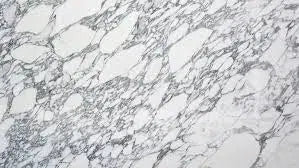 Arabescato Corchia
Arabescato Corchia Bardiglio
Bardiglio Bianco Dolomite
Bianco Dolomite 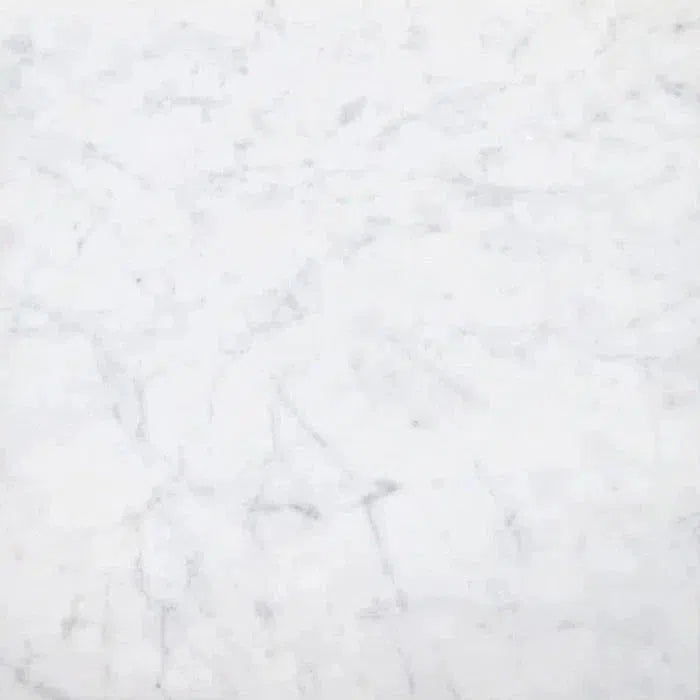 Carrara White
Carrara White 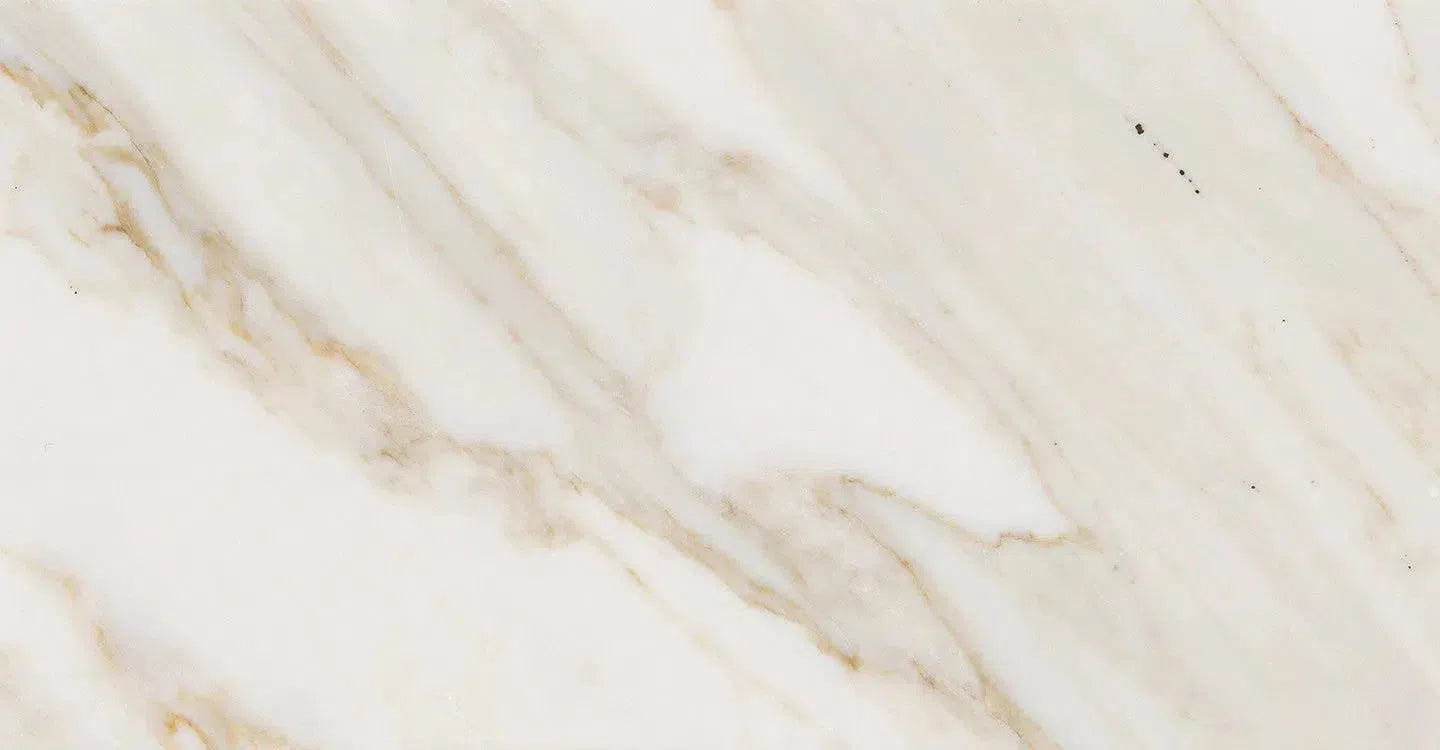 Calacatta Gold
Calacatta Gold Crema Marfil
Crema Marfil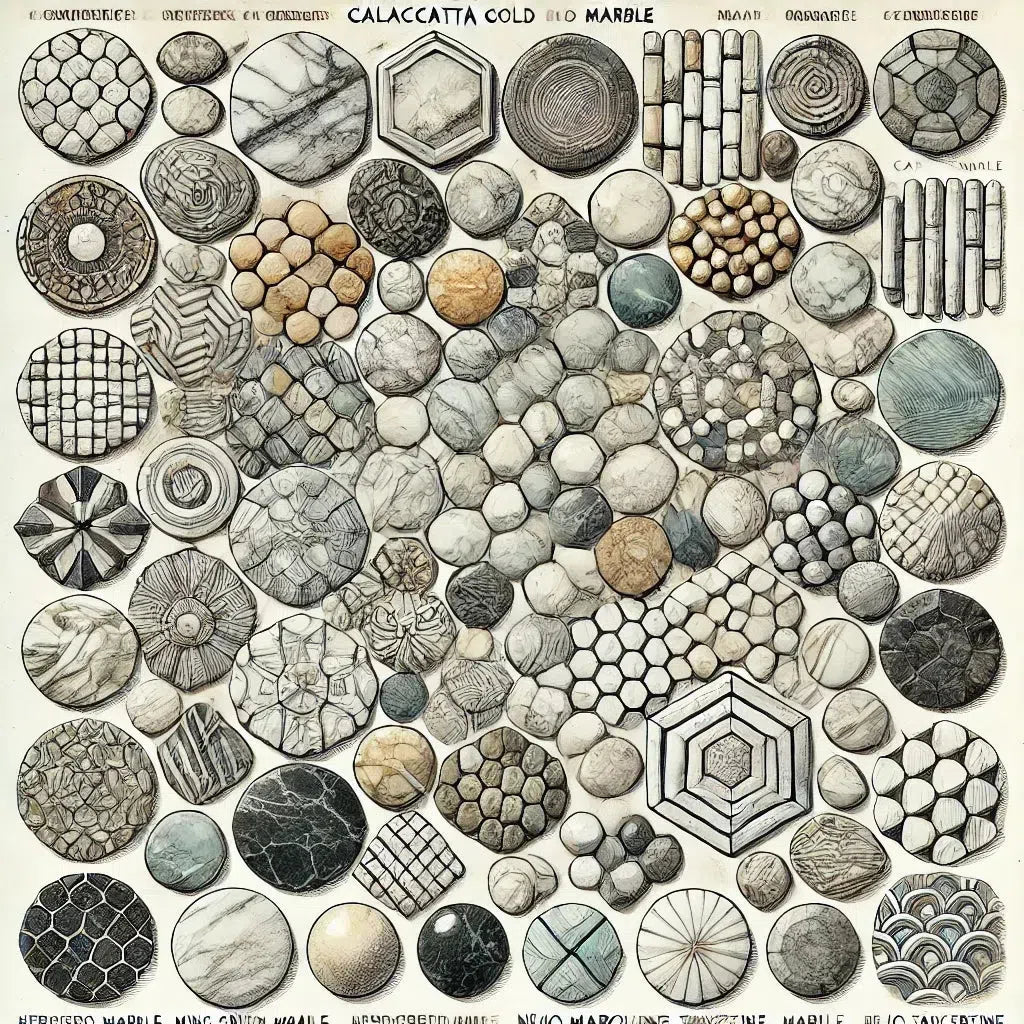 Custom Made Mosaic
Custom Made Mosaic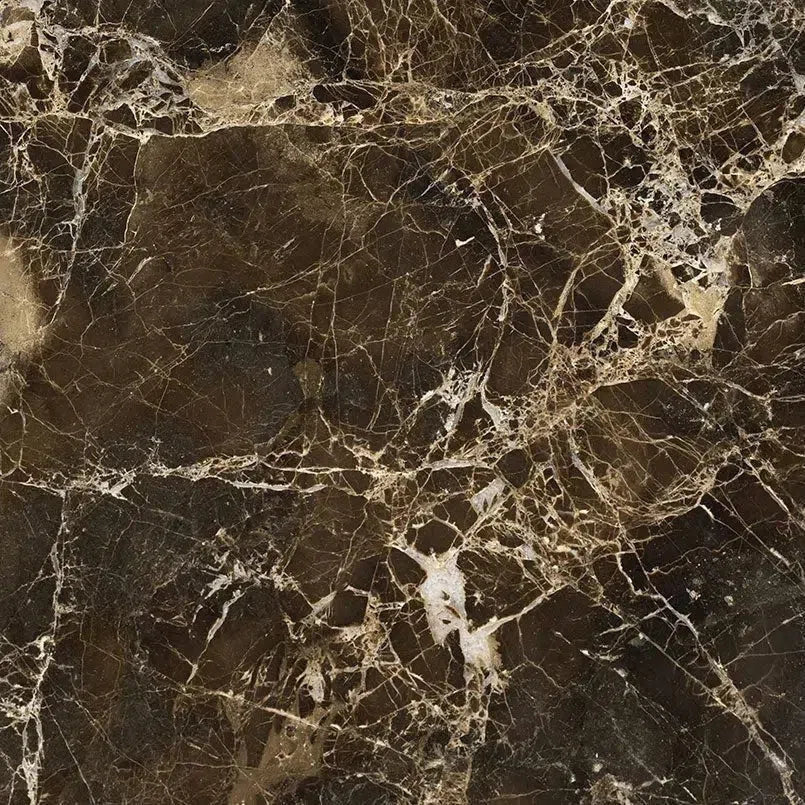 Emperador Dark
Emperador Dark Nero Marquina
Nero Marquina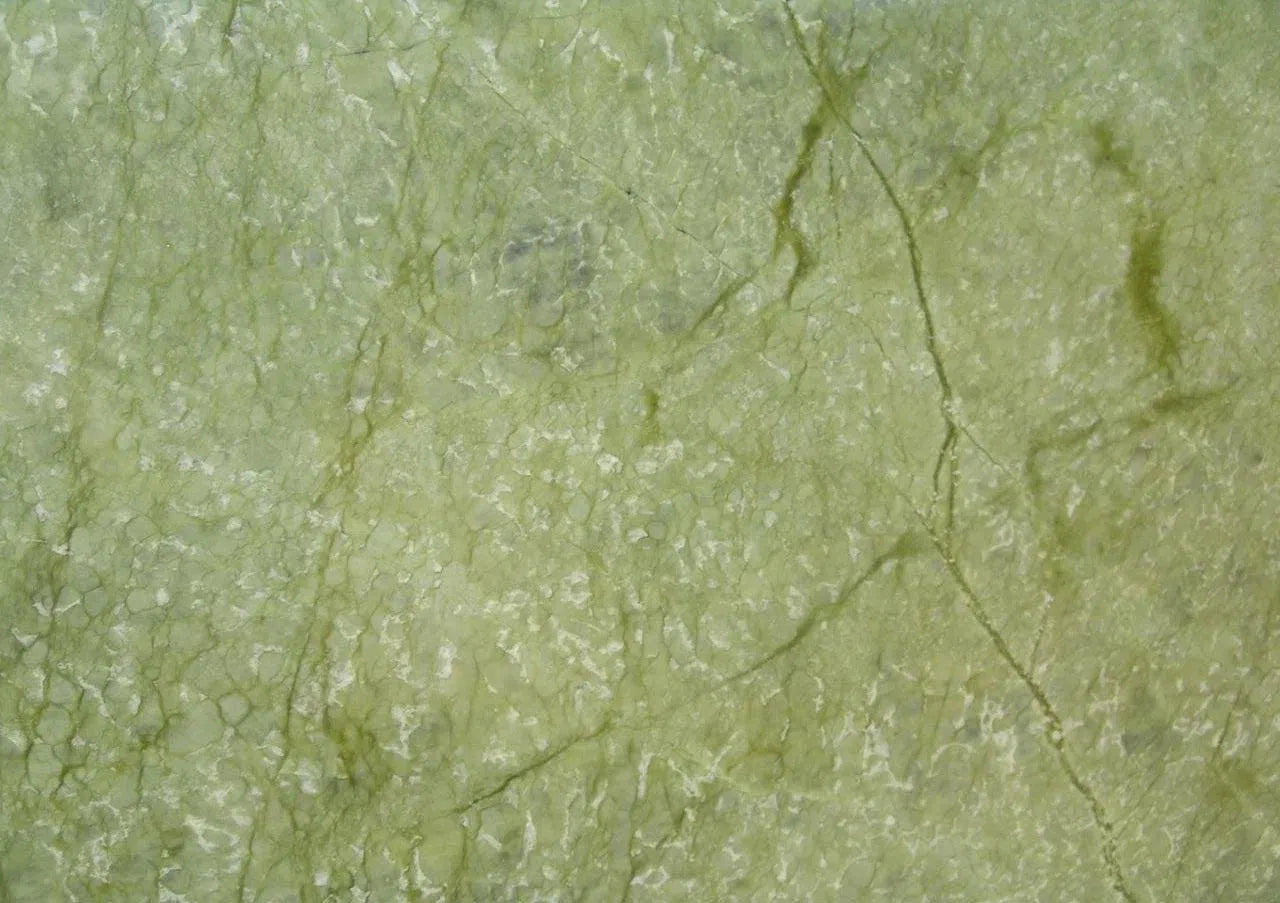 Ming Green Marble
Ming Green Marble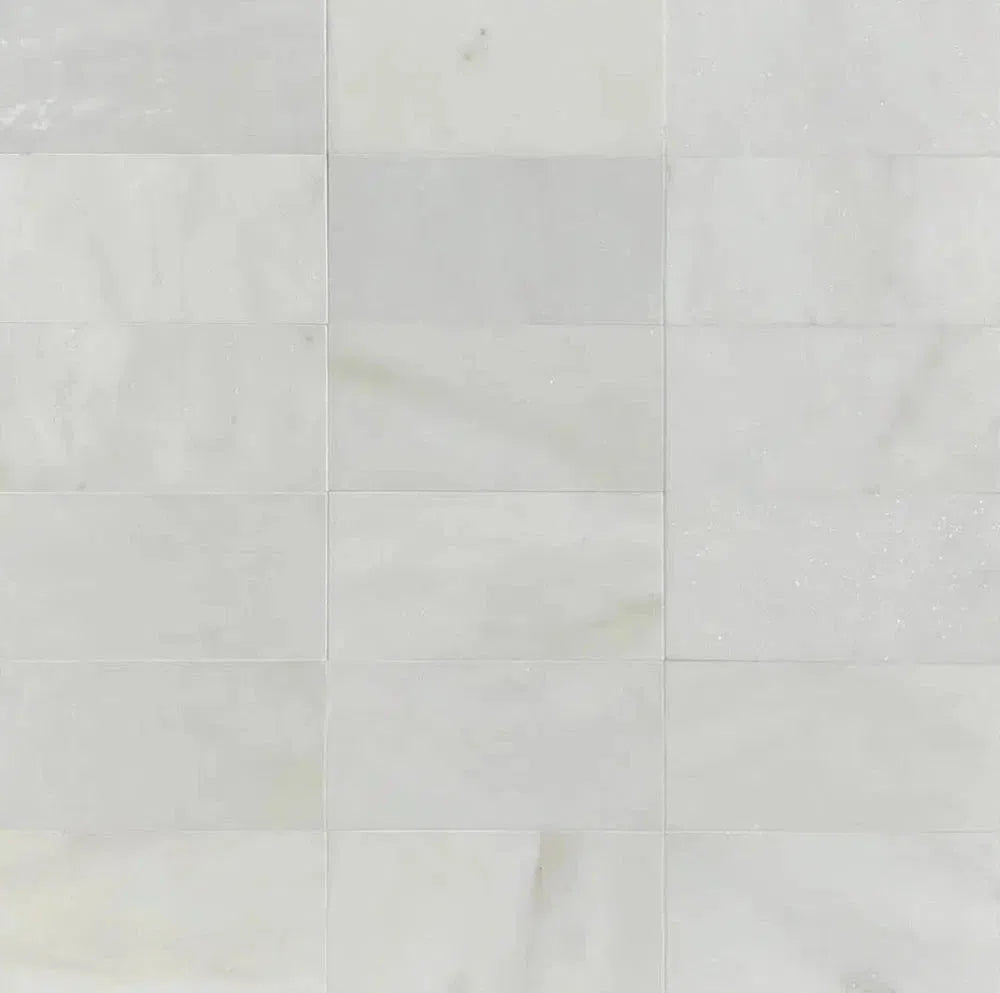 Oriental White Marble (Asian Statuary Marble)
Oriental White Marble (Asian Statuary Marble)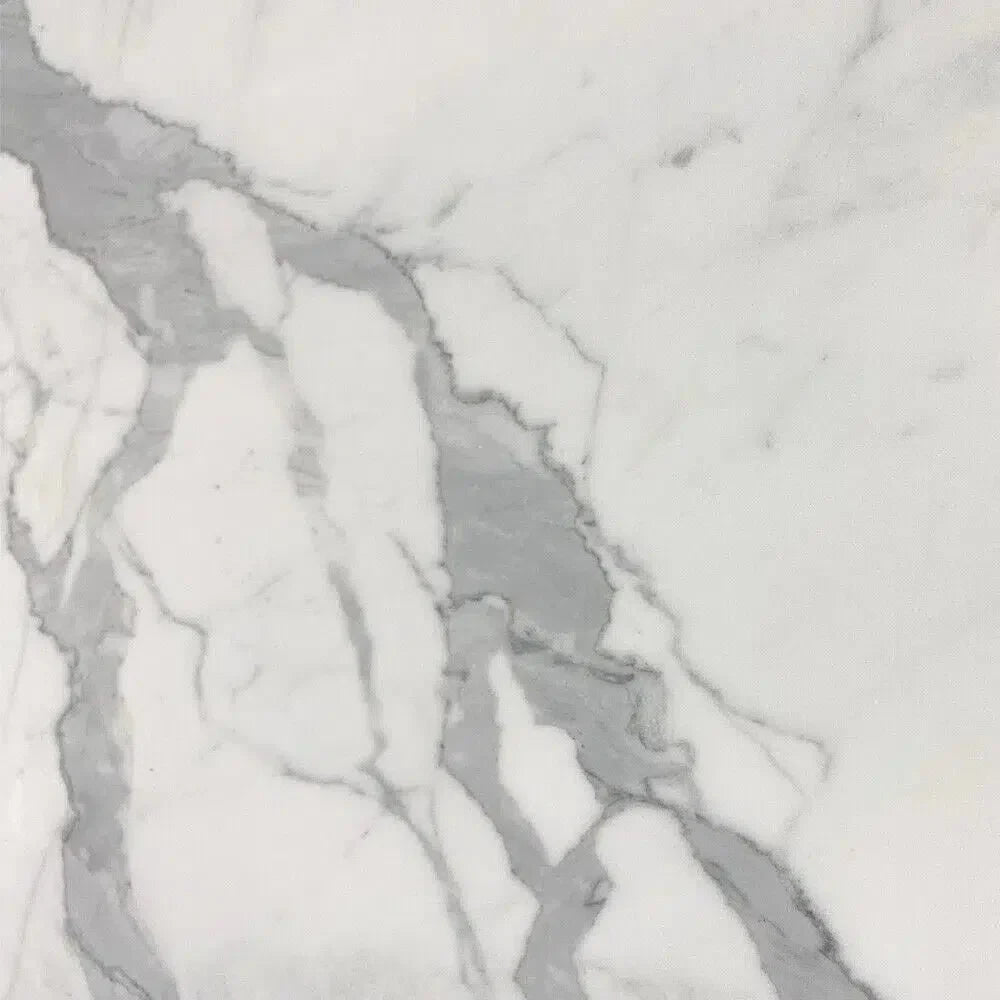 Statuary - Statuario White (Italian) Marble
Statuary - Statuario White (Italian) Marble Thassos White
Thassos White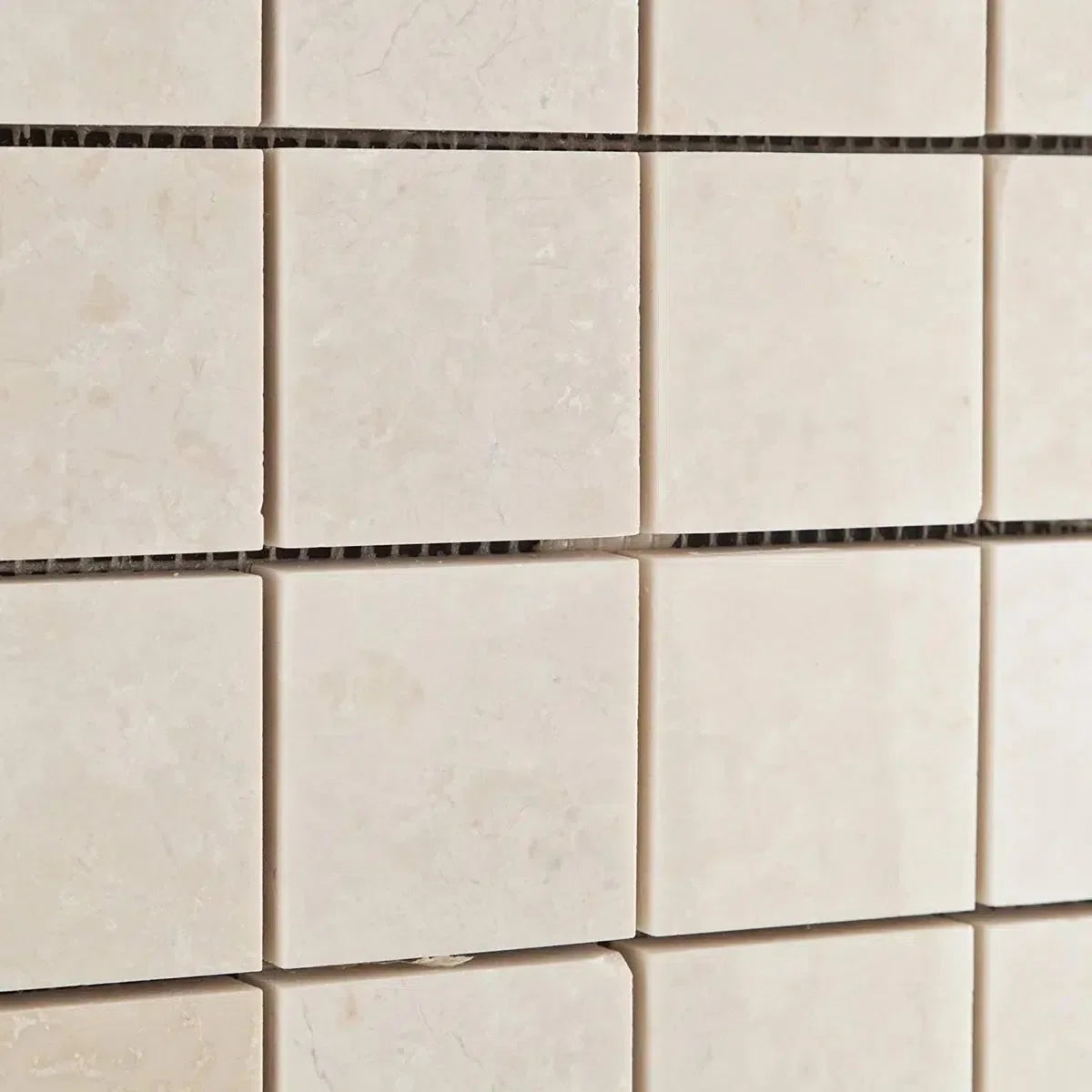 White Pearl/Botticino Beige Marble
White Pearl/Botticino Beige Marble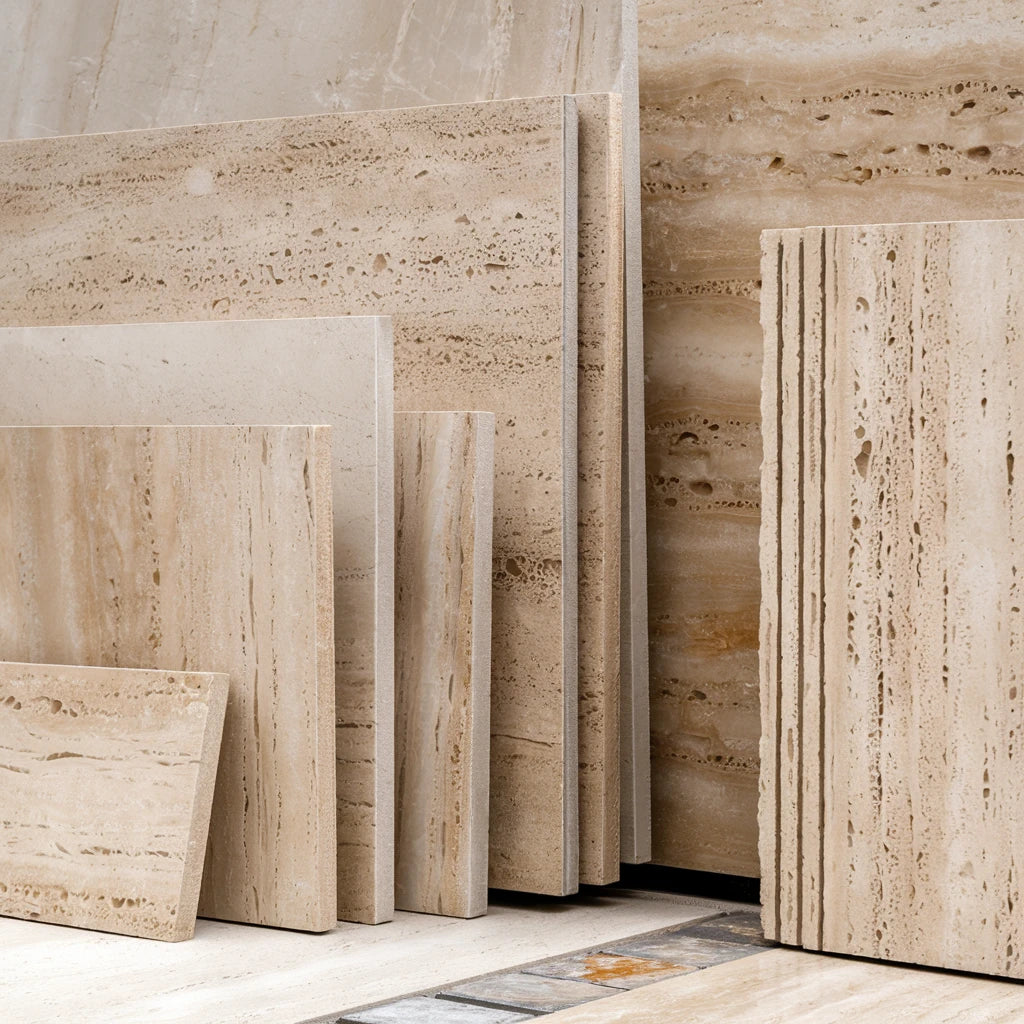 Best Selling Travertine Collections
Best Selling Travertine Collections
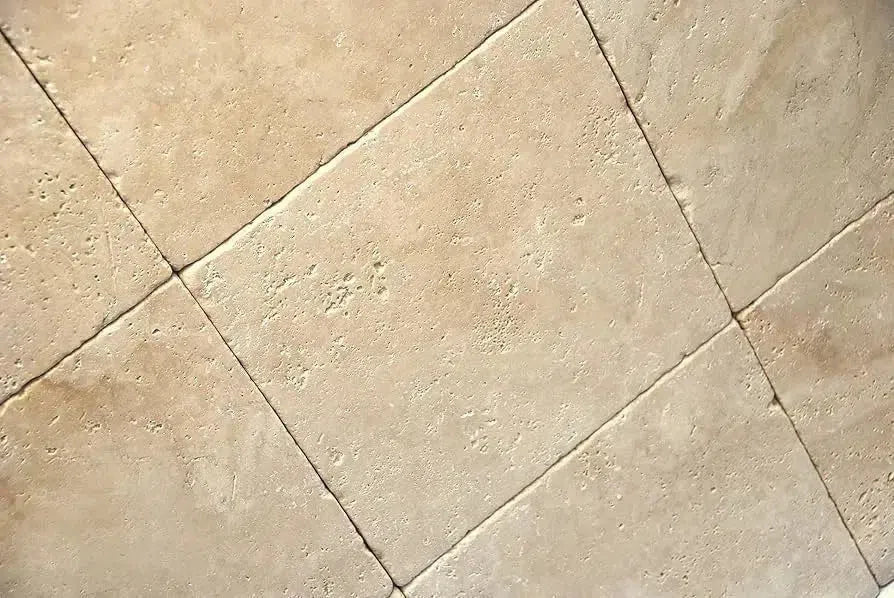 Ivory Travertine
Ivory Travertine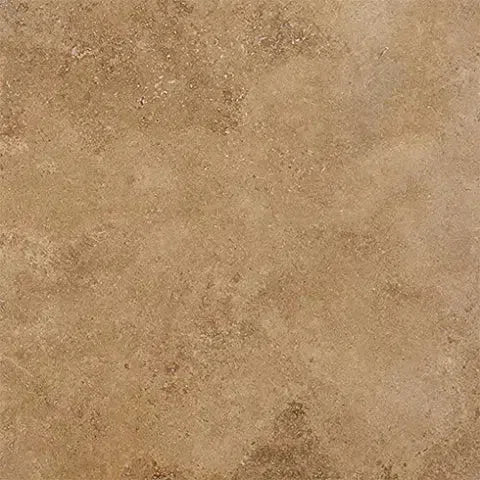 Noce Travertine
Noce Travertine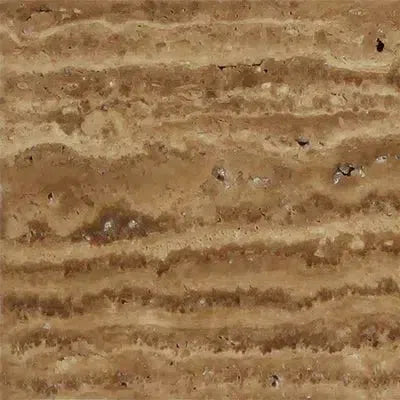 Exotic Noce Travertine
Exotic Noce Travertine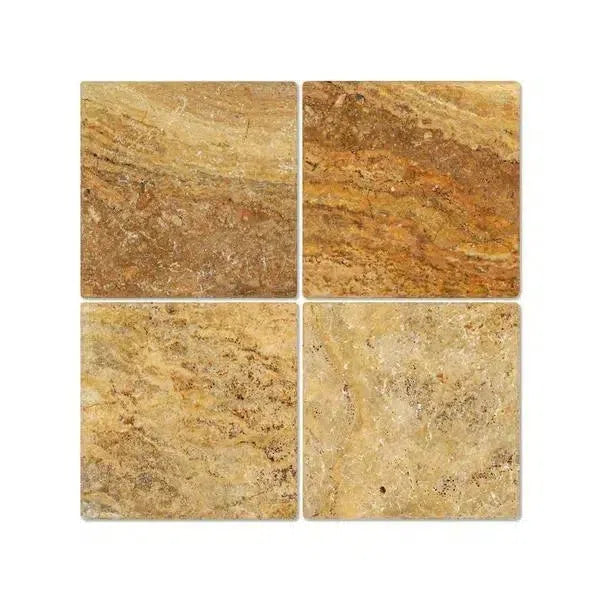 Scabos | Autumn Leaves Travertine
Scabos | Autumn Leaves Travertine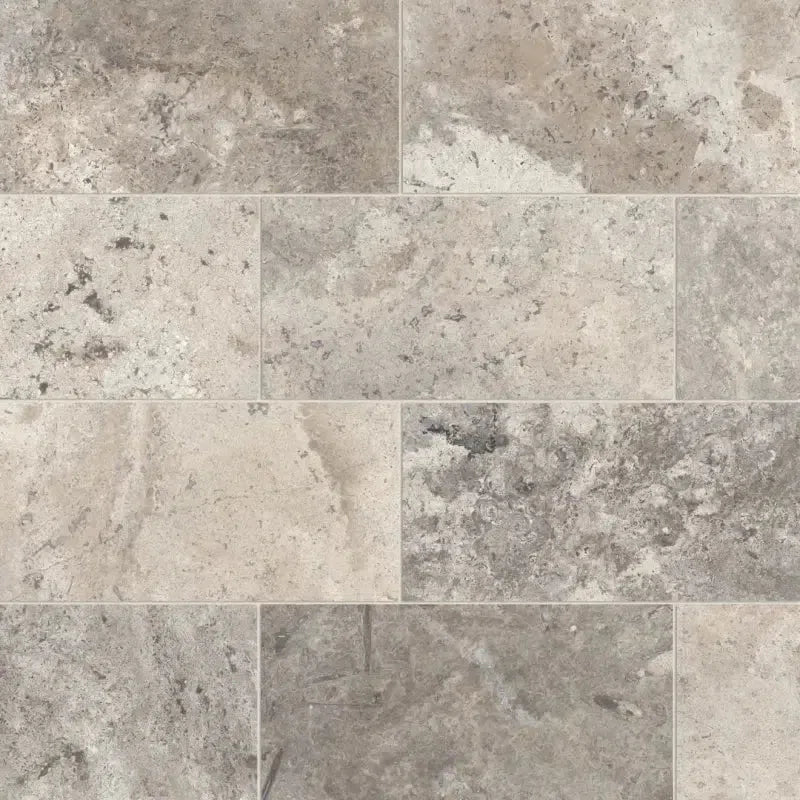 Silver Travertine
Silver Travertine Exotic Travertine
Exotic Travertine Checkerboard
Checkerboard
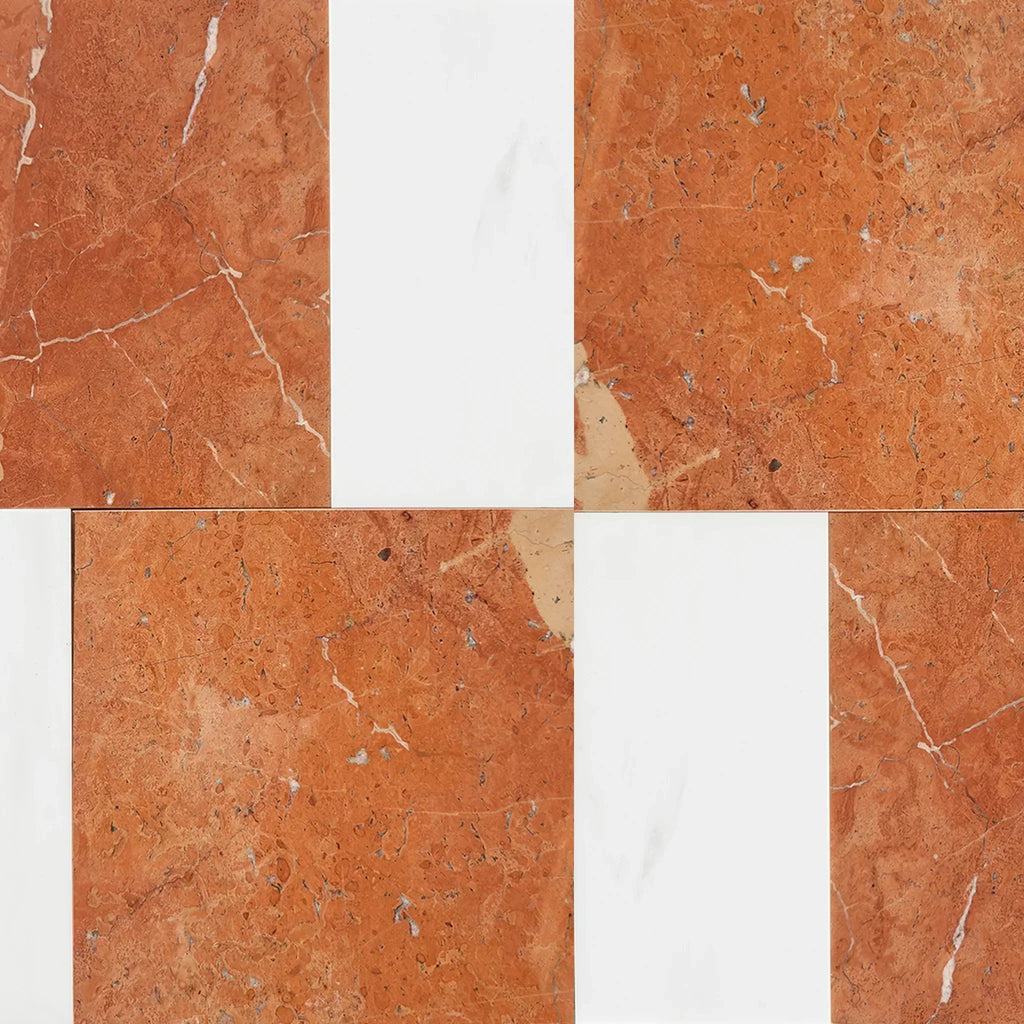 Patterned Tile
Patterned Tile
 Shop By Material
Shop By Material
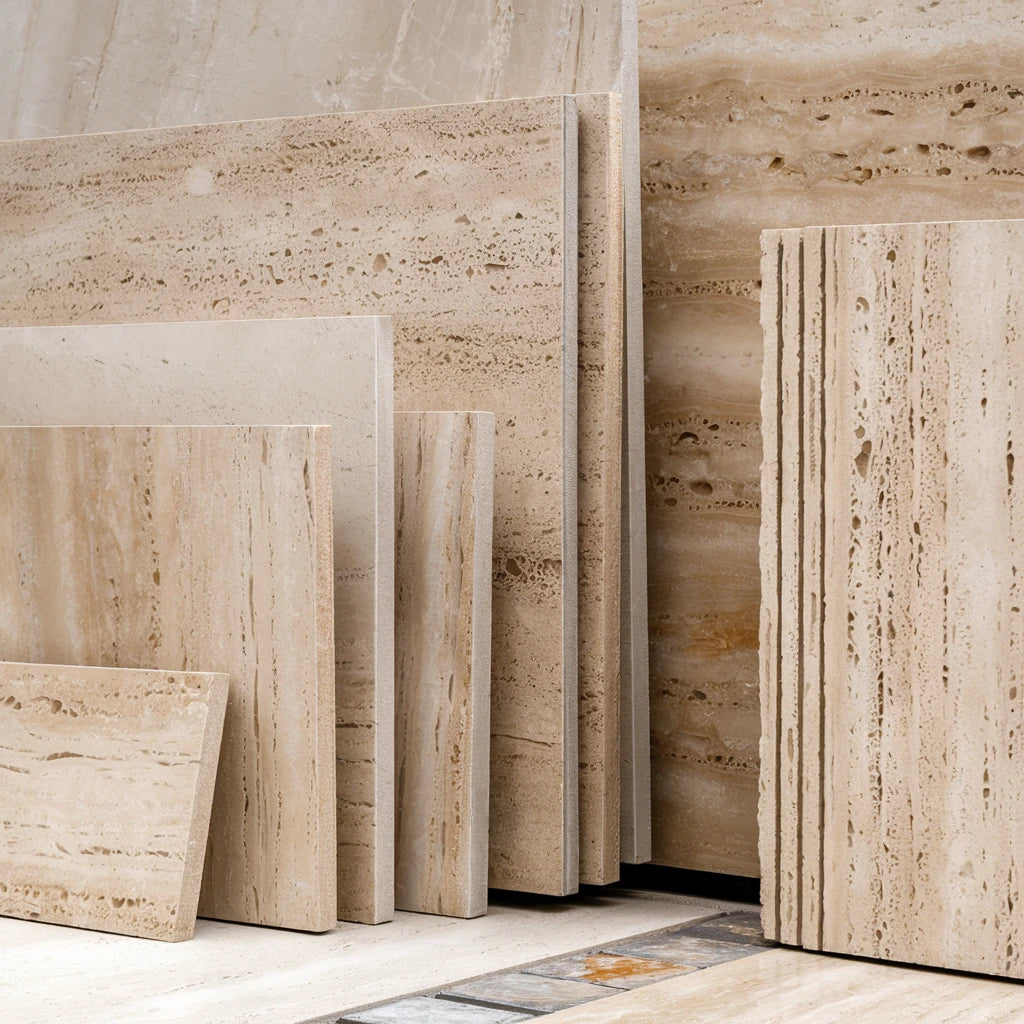 Travertine
Travertine Marble
Marble Limestone
Limestone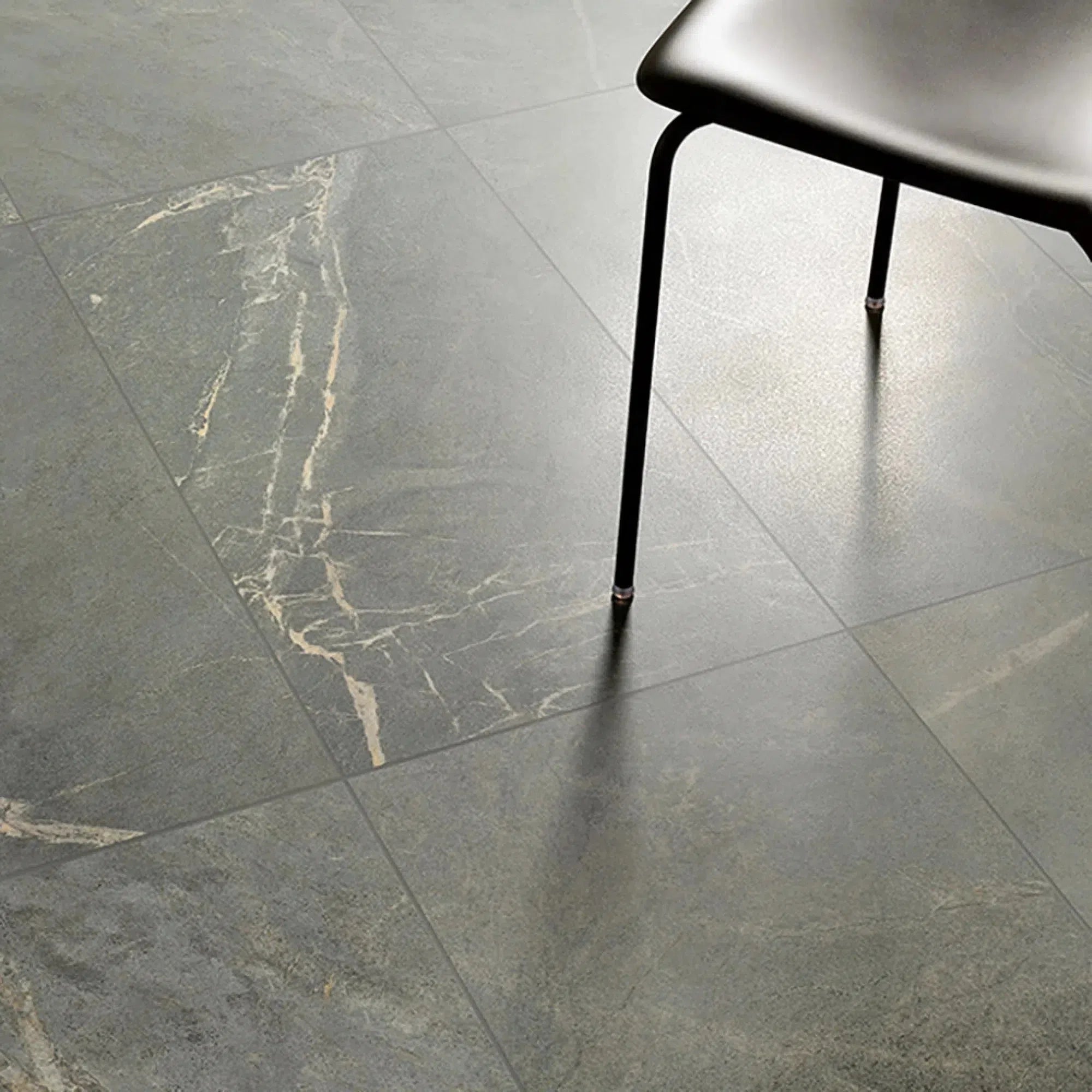 Soap Stone
Soap Stone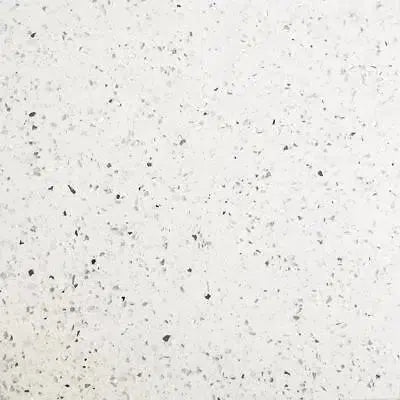 Quartz
Quartz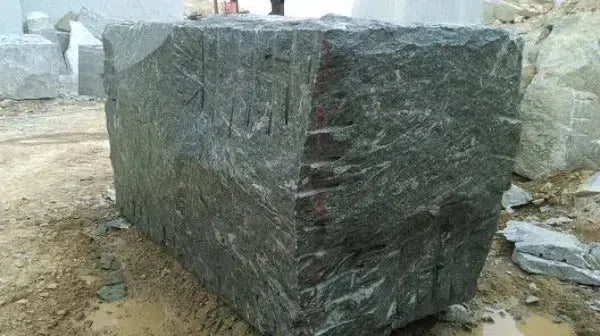 Granite
Granite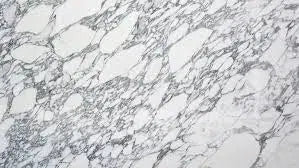 Shop By Name
Shop By Name
 Absolute Black Granite
Absolute Black Granite Atlantic Gray Marble
Atlantic Gray Marble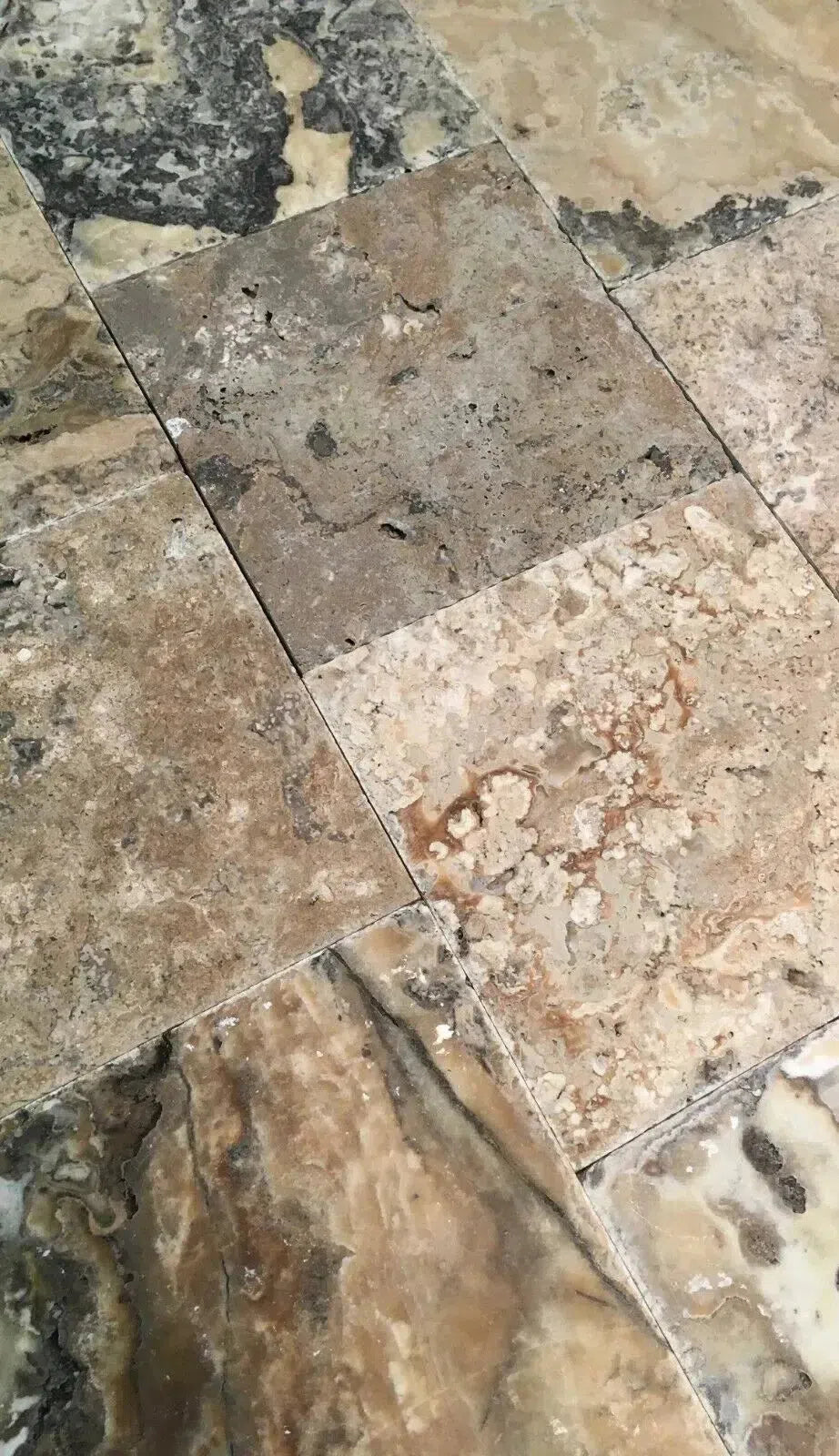 Antico Onyx Travertine
Antico Onyx Travertine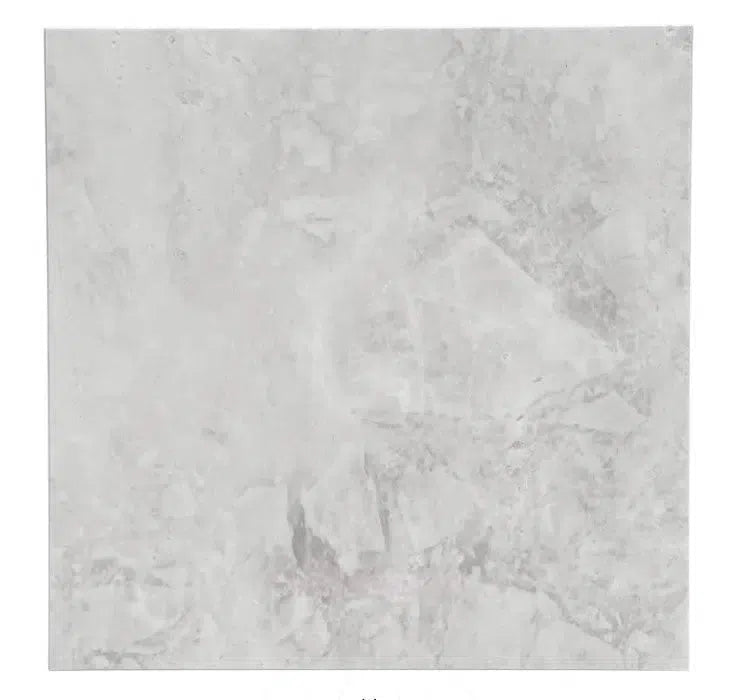 Bianco Congelato Dolomite
Bianco Congelato Dolomite Bianco Venatino (Bianco Mare) Marble
Bianco Venatino (Bianco Mare) Marble Burgundy Mocha Marble
Burgundy Mocha Marble Calacatta Verde Royale Marble
Calacatta Verde Royale Marble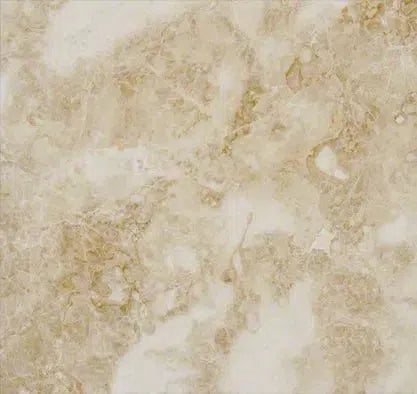 Cappuccino Marble
Cappuccino Marble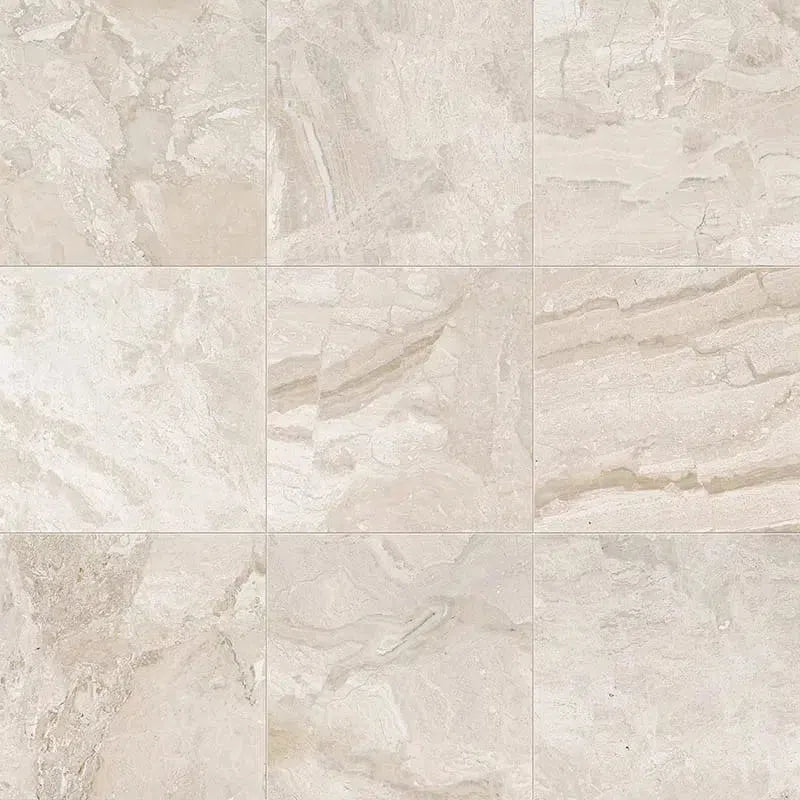 Diano Royal (Queen Beige) Marble
Diano Royal (Queen Beige) Marble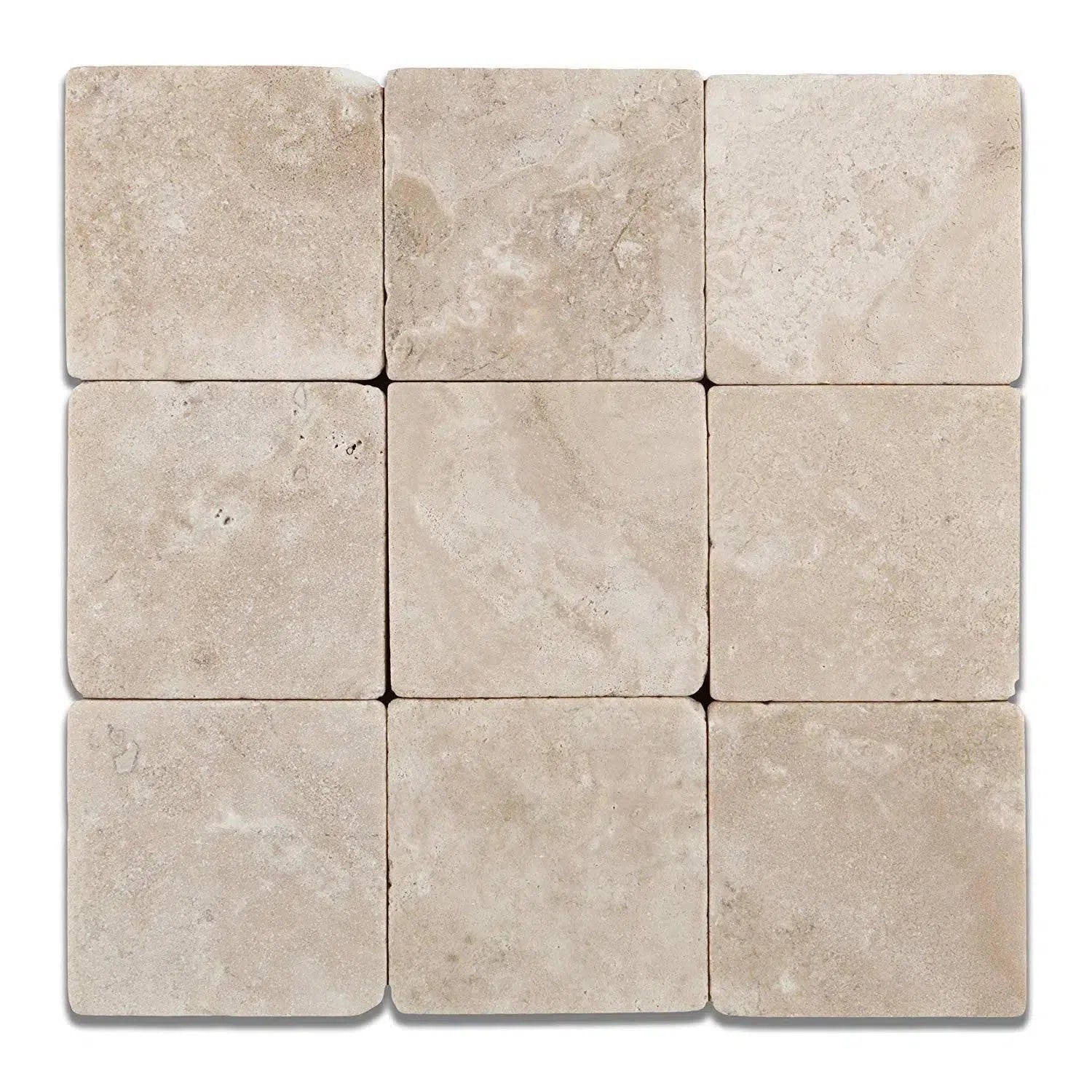 Durango Cream Traverine
Durango Cream Traverine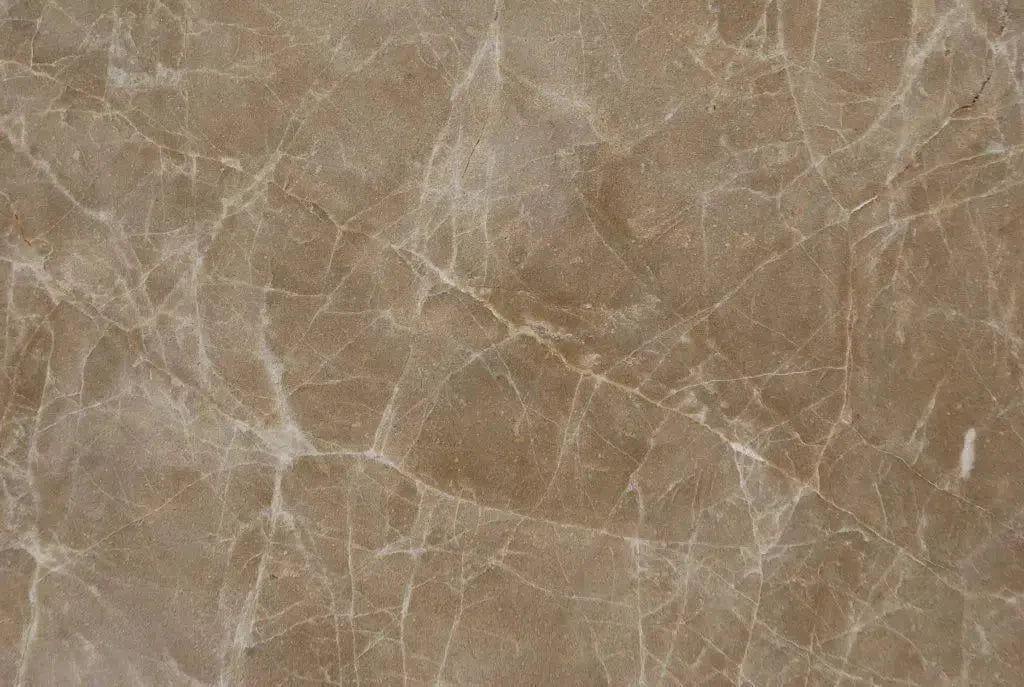 Emperador Light Marble
Emperador Light Marble Empress Green Marble
Empress Green Marble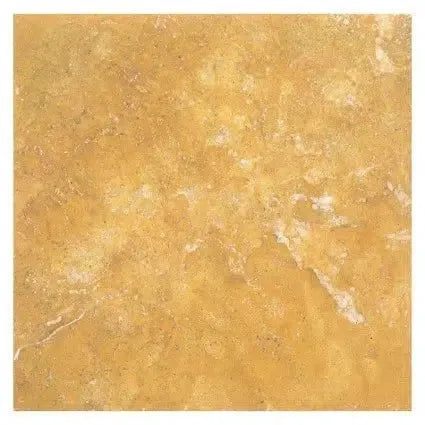 Gold/Yellow Travertine
Gold/Yellow Travertine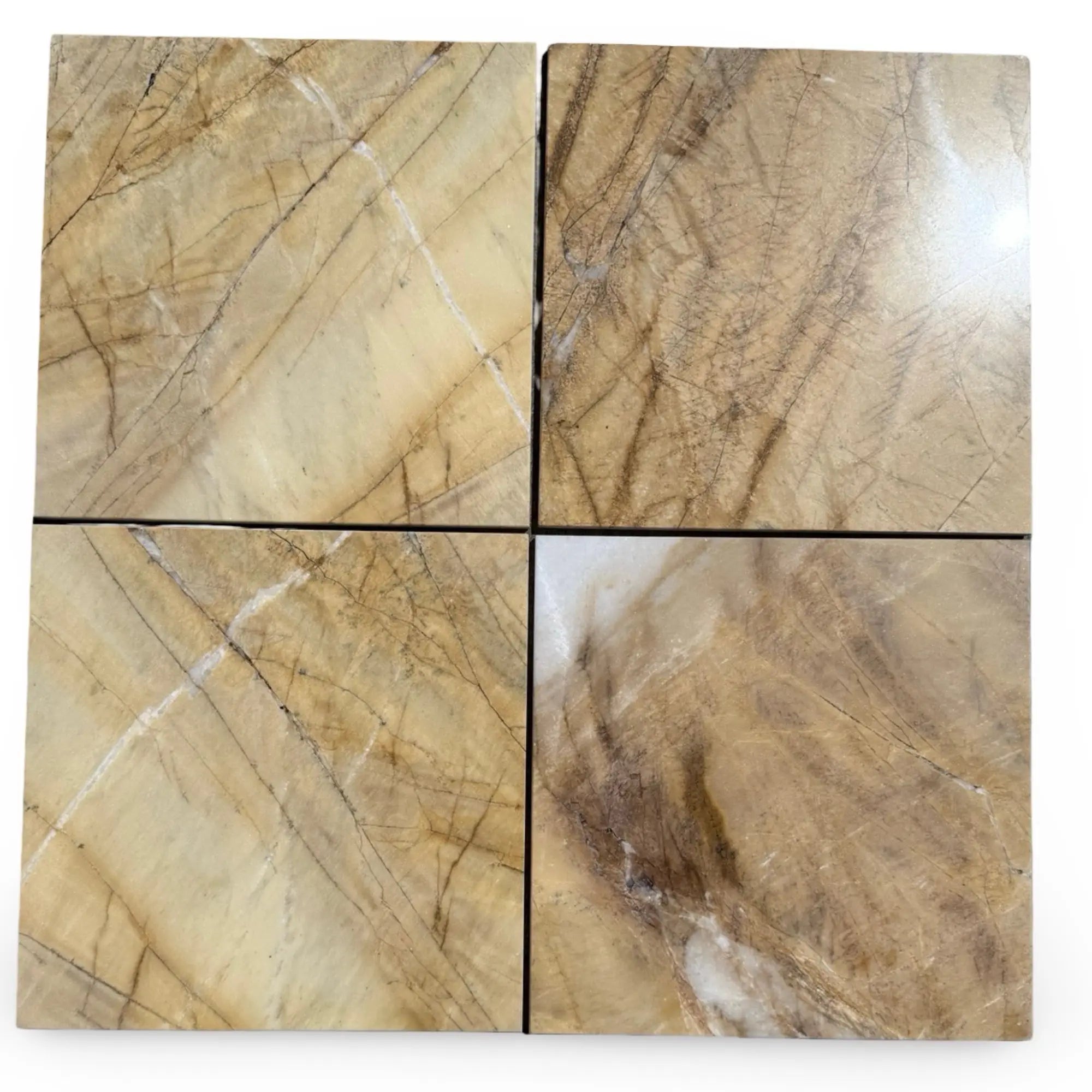 Golden Horizon Marble
Golden Horizon Marble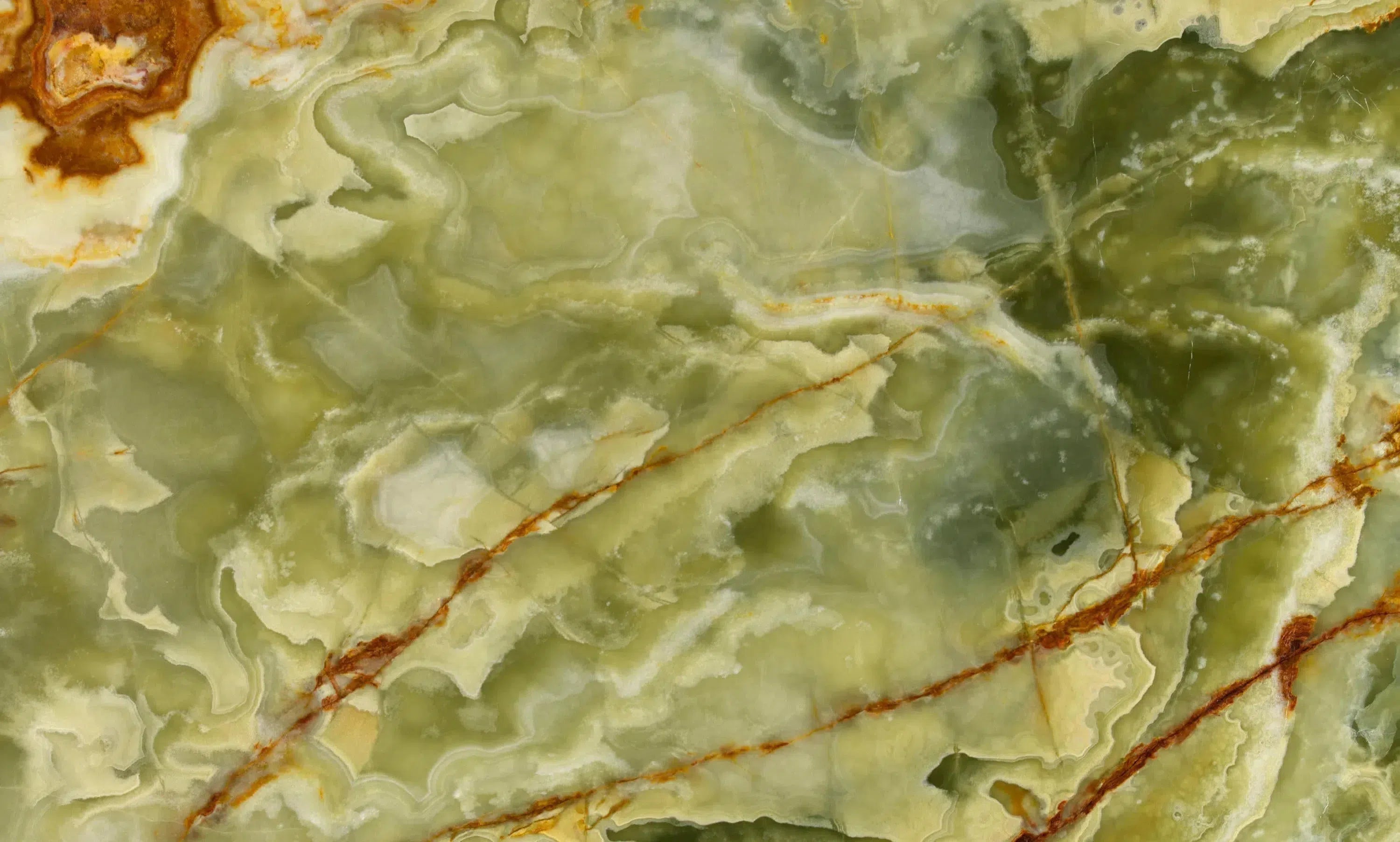 Green Onyx Marble
Green Onyx Marble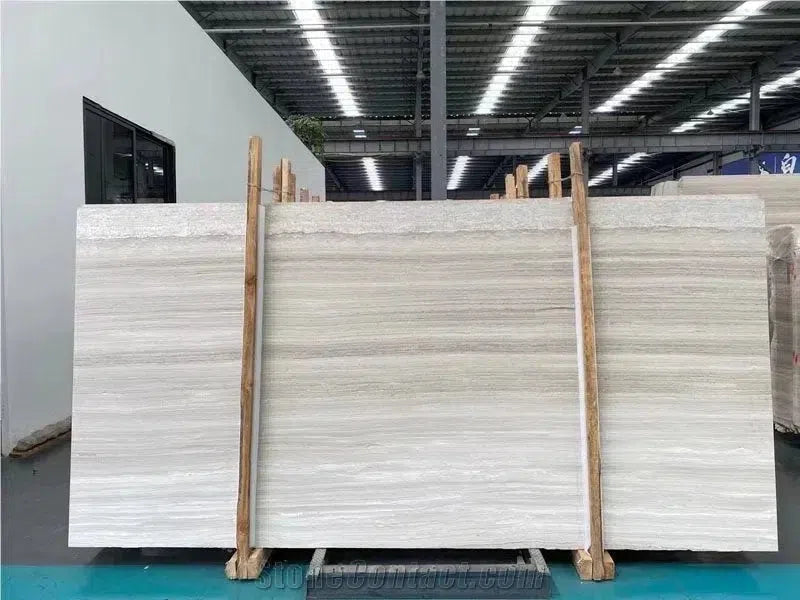 Haisa Light (White Wood) Limestone
Haisa Light (White Wood) Limestone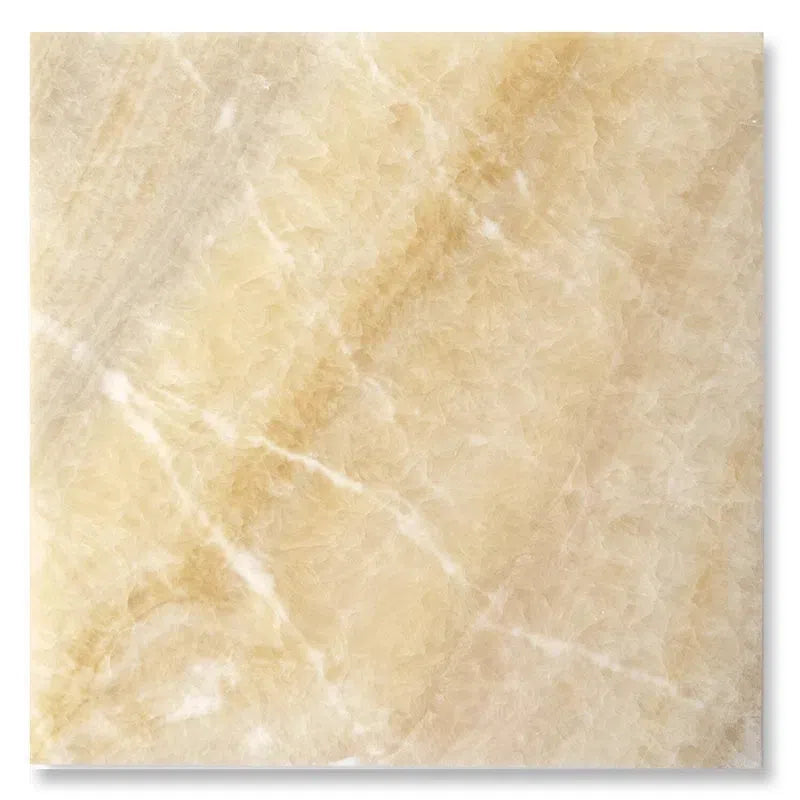 Honey Onyx Marble
Honey Onyx Marble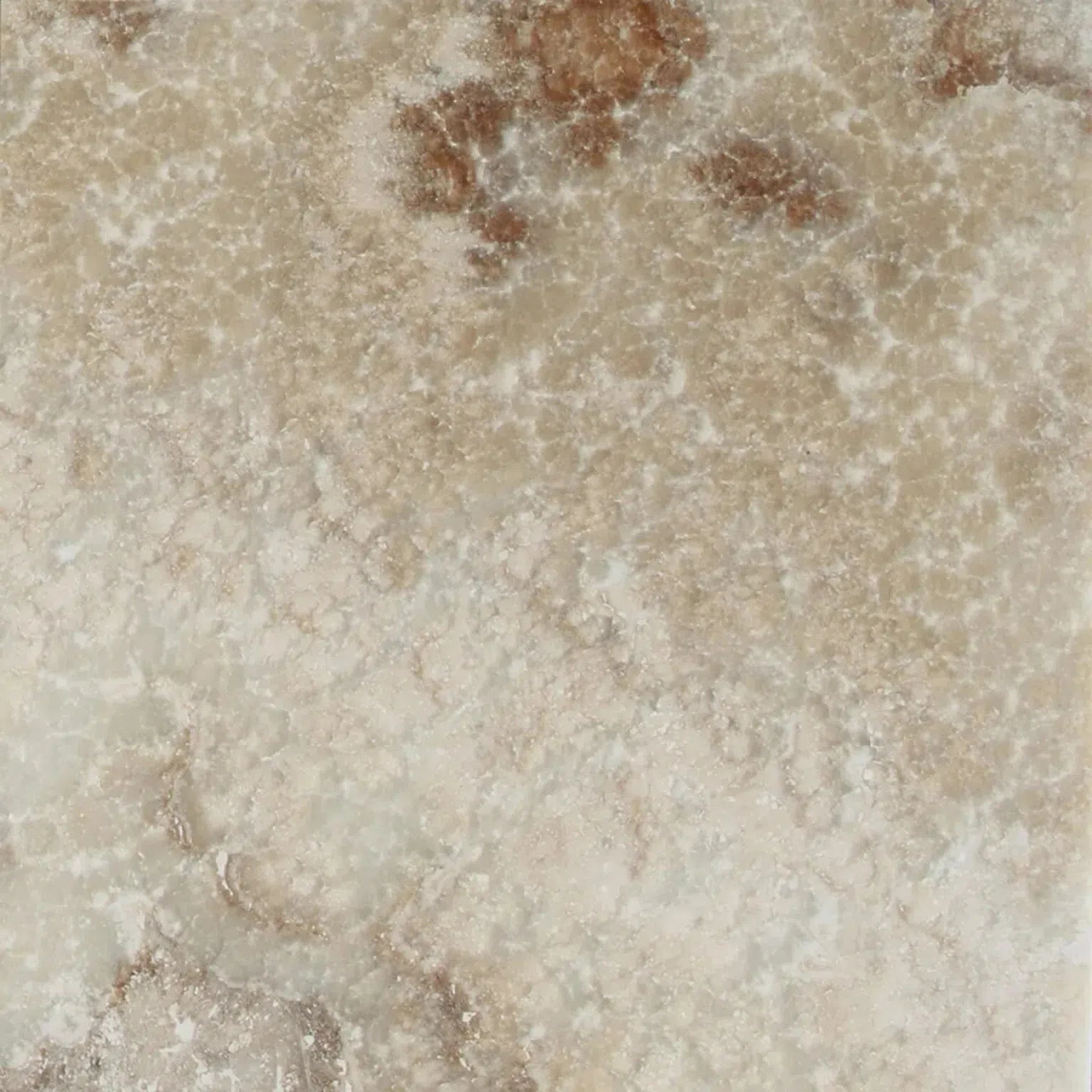 La Travonya Travertine
La Travonya Travertine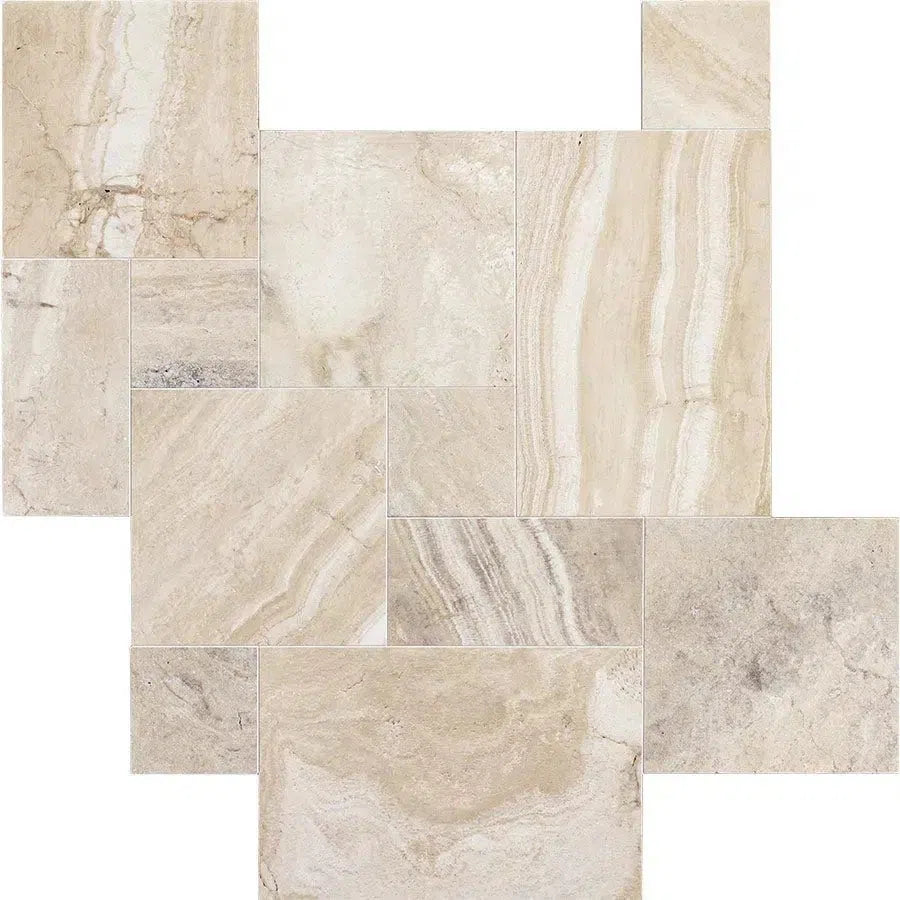 Malibu Travertine
Malibu Travertine Mink (Equator) Marble
Mink (Equator) Marble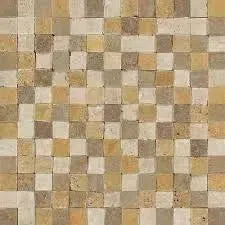 Mixed (Ivory-Noce-Gold) Travertine
Mixed (Ivory-Noce-Gold) Travertine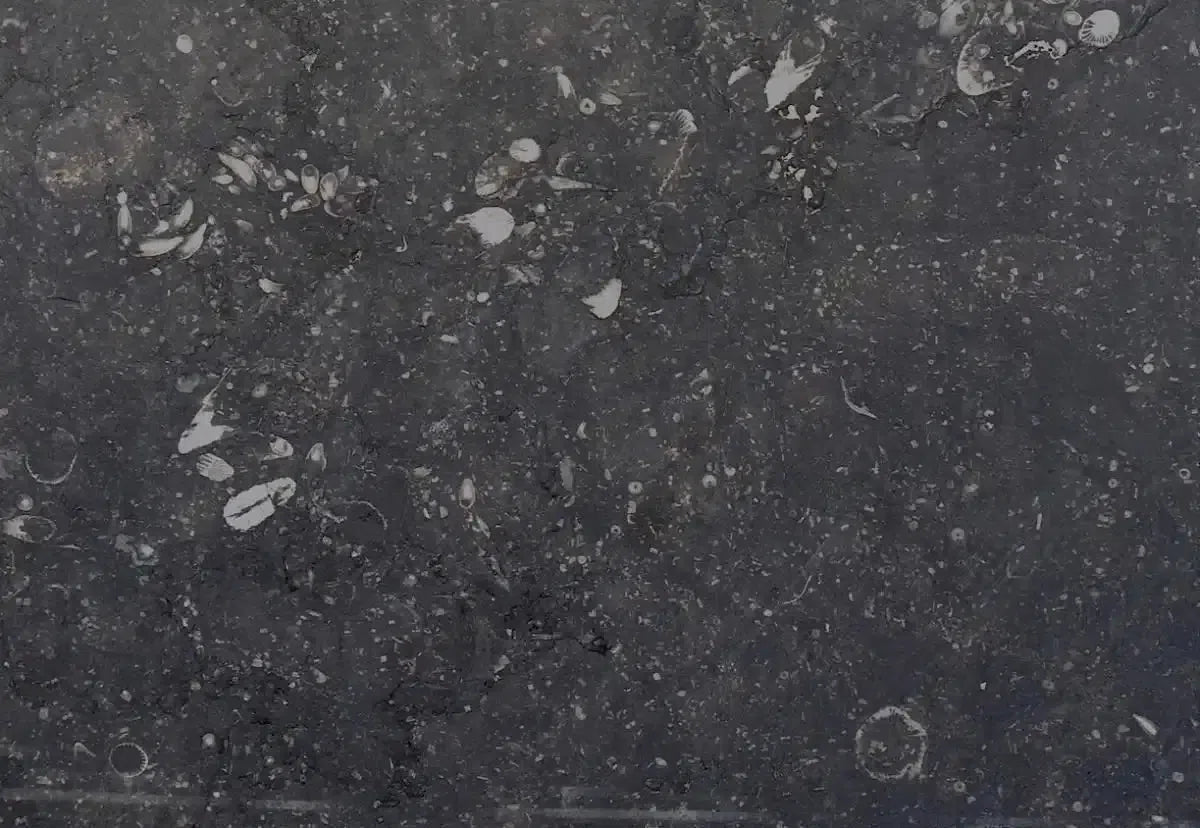 Pierre Bleue (Pierre Blue) Marble
Pierre Bleue (Pierre Blue) Marble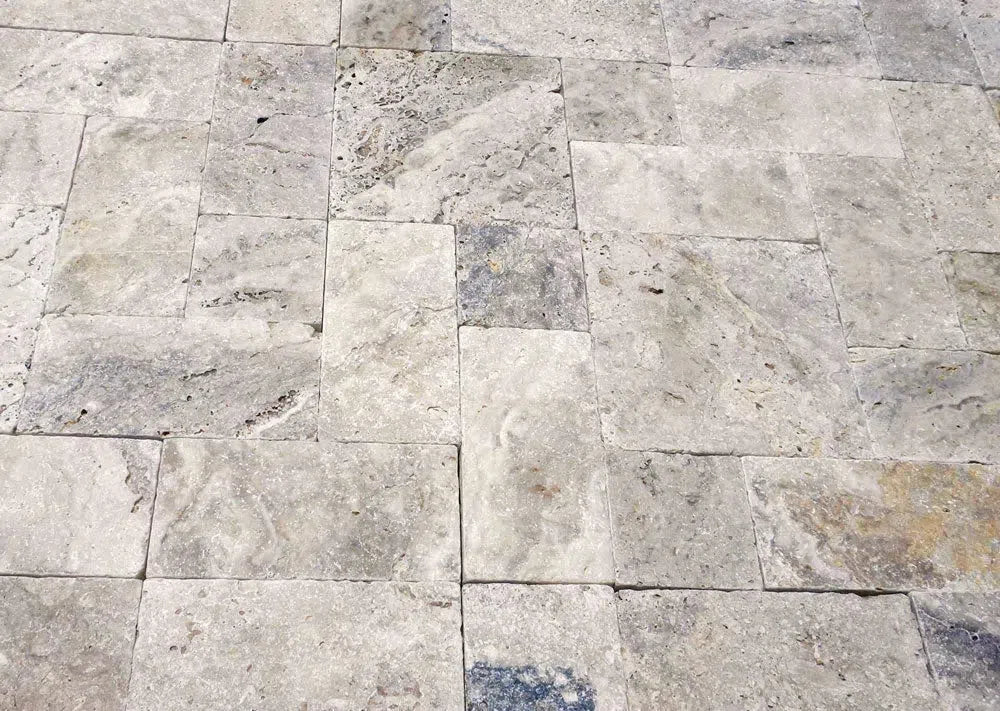 Philadelphia Travertine
Philadelphia Travertine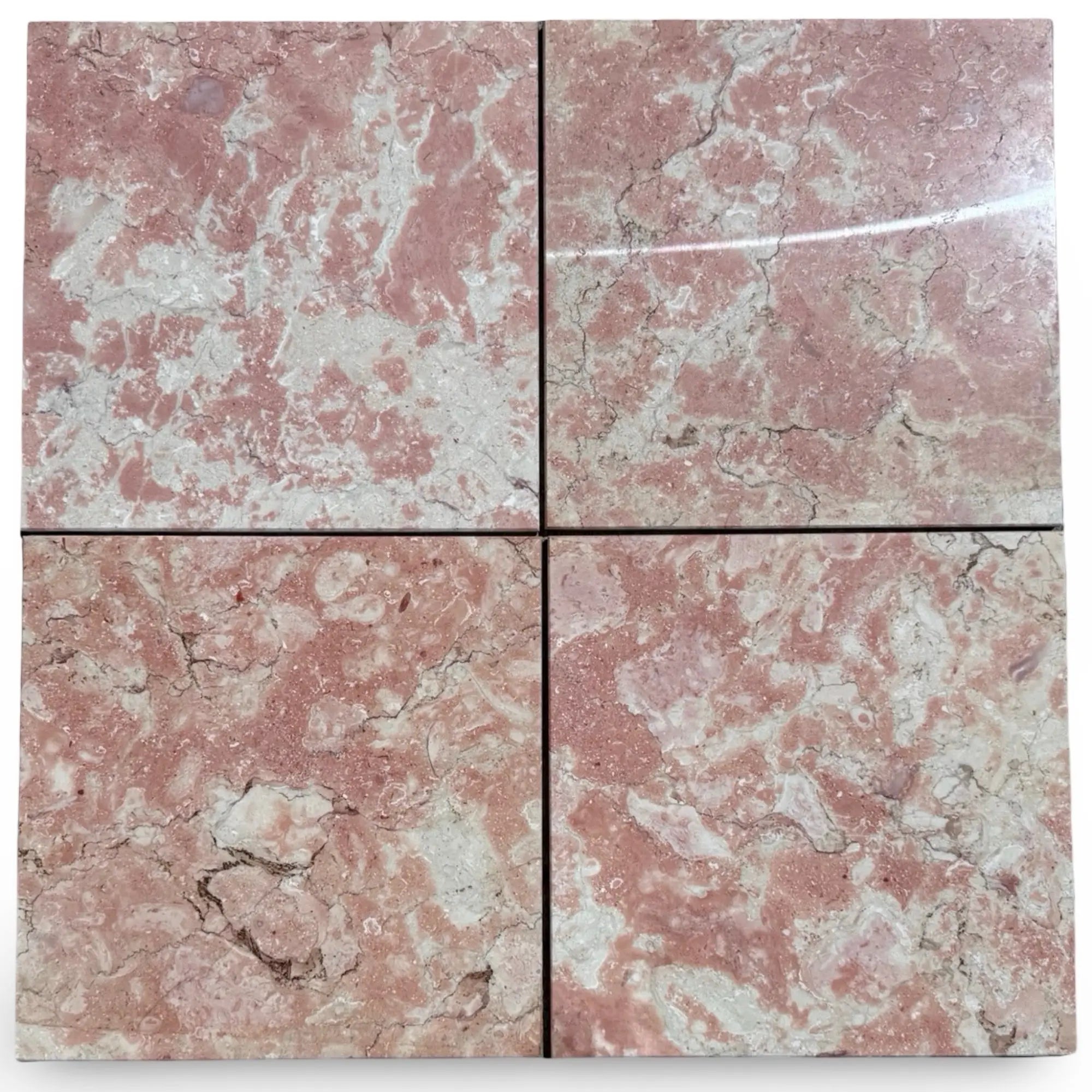 Rosé Aurora Marble
Rosé Aurora Marble Rosetta Storm Marble
Rosetta Storm Marble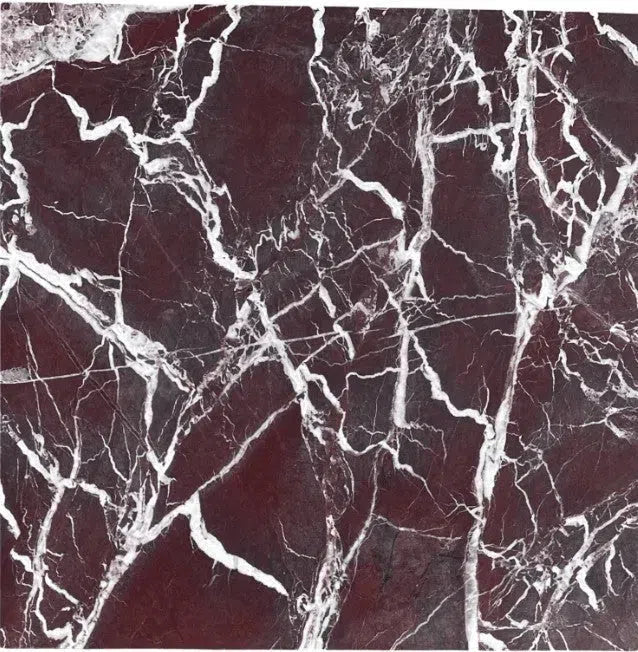 Rosso Levanto Marble
Rosso Levanto Marble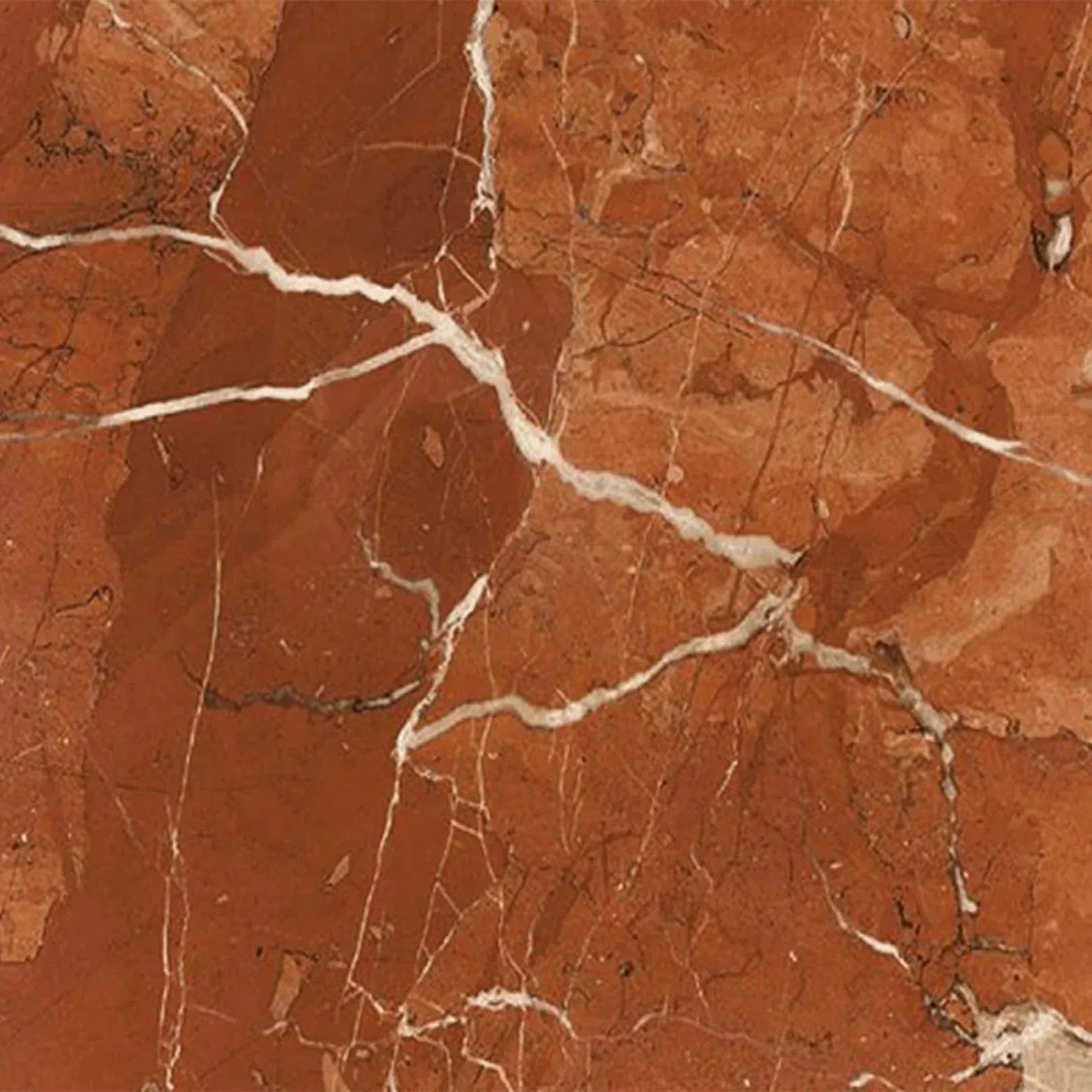 Rojo Alicante Marble
Rojo Alicante Marble Sahara Ember Marble
Sahara Ember Marble Sky Blue | Azul Cielo Marble
Sky Blue | Azul Cielo Marble Snow White (Afyon White) Marble
Snow White (Afyon White) Marble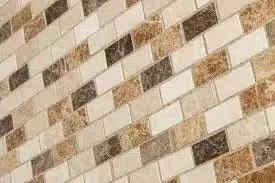 Spanish Mix Marble
Spanish Mix Marble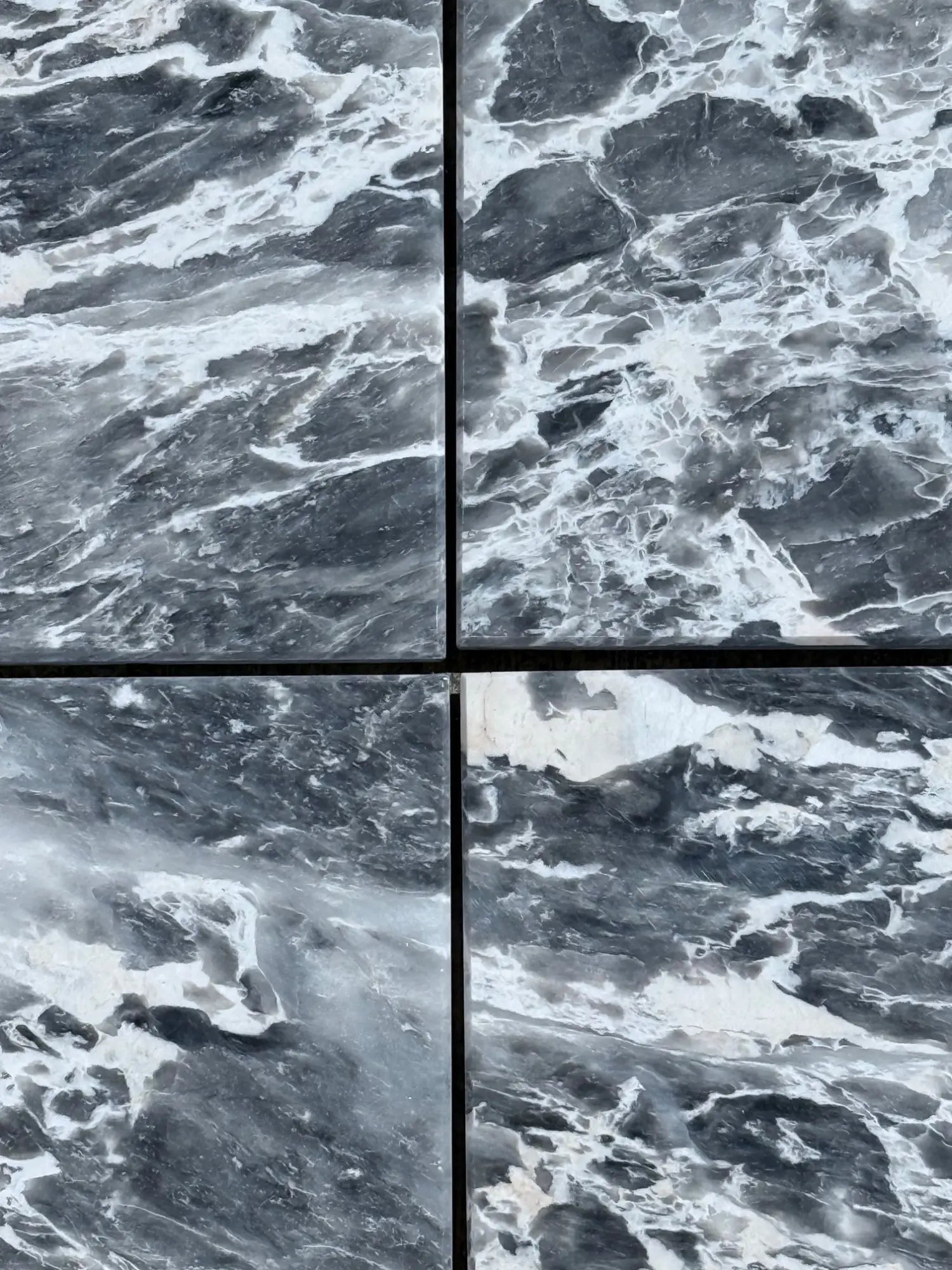 Storm Gray Marble
Storm Gray Marble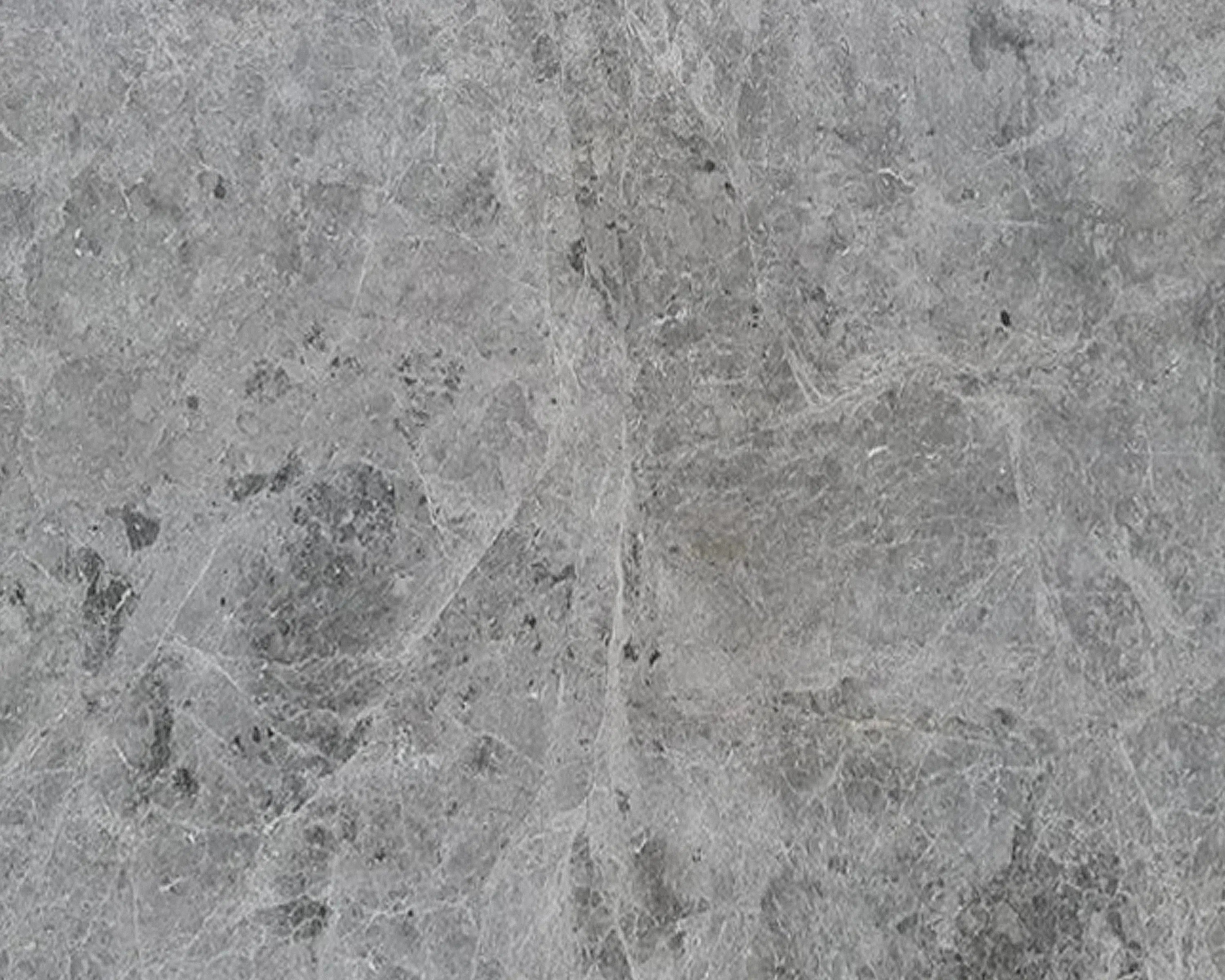 Tundra Gray (Atlantic Gray) Marble
Tundra Gray (Atlantic Gray) Marble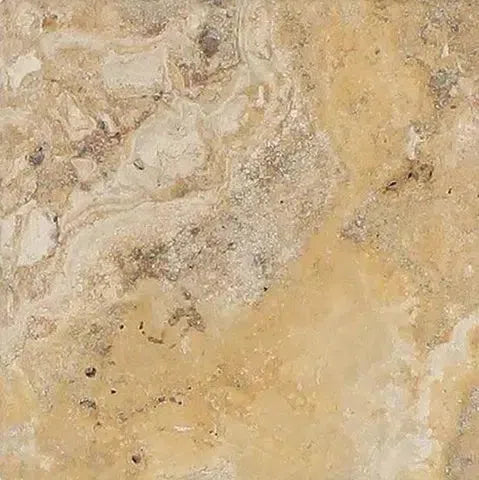 Valencia Travertine
Valencia Travertine Valerenga Travertine
Valerenga Travertine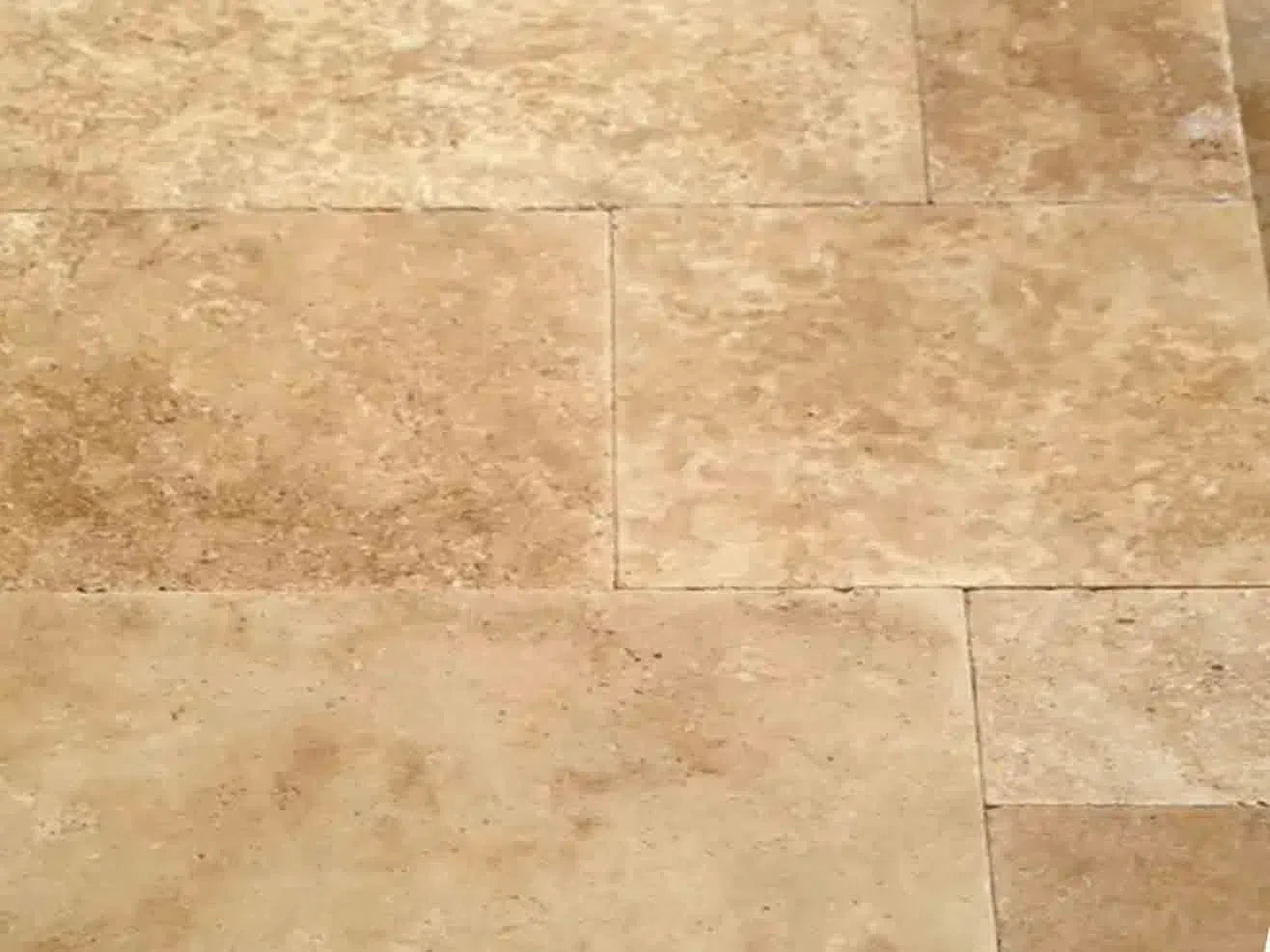 Walnut Travertine
Walnut Travertine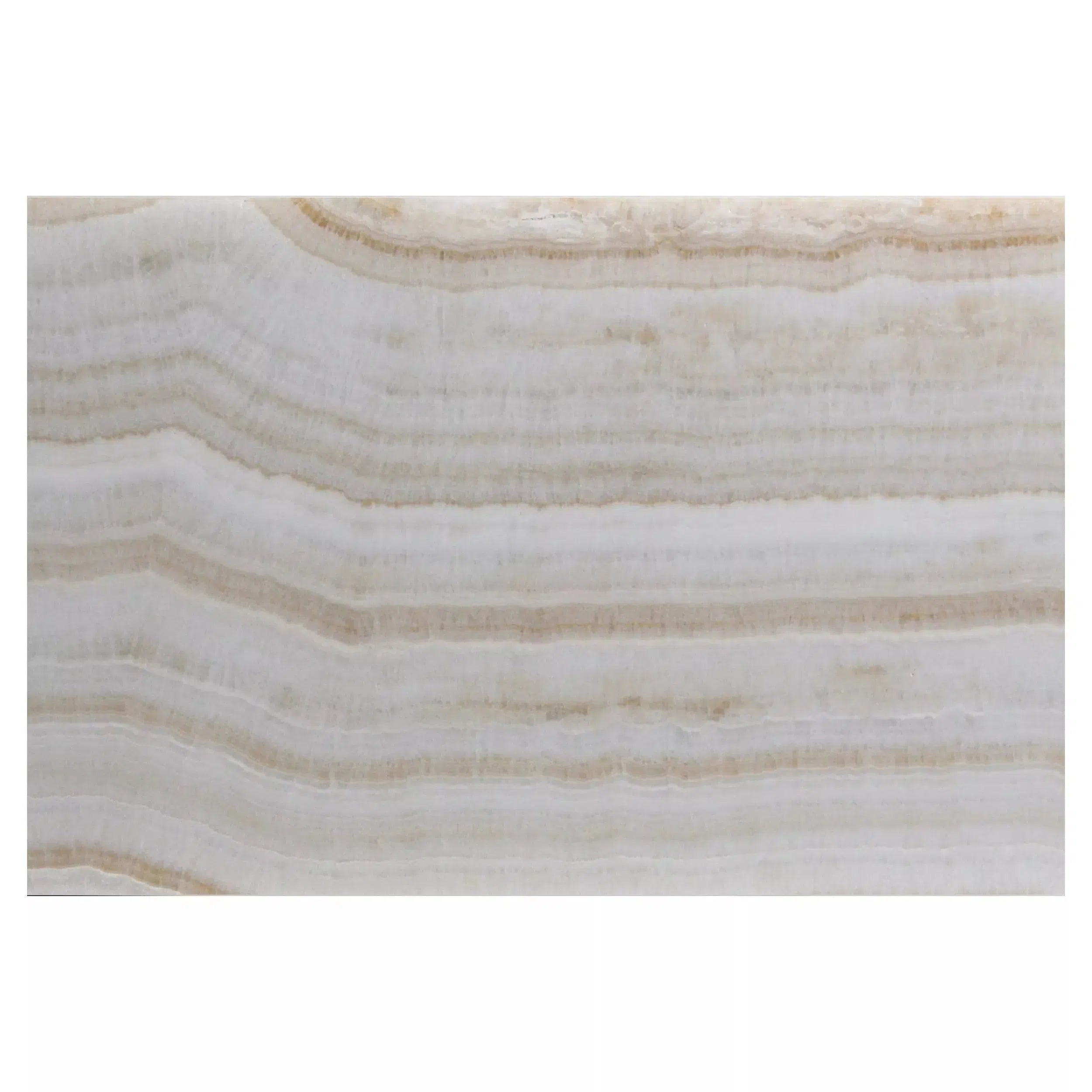 White Onyx Marble
White Onyx Marble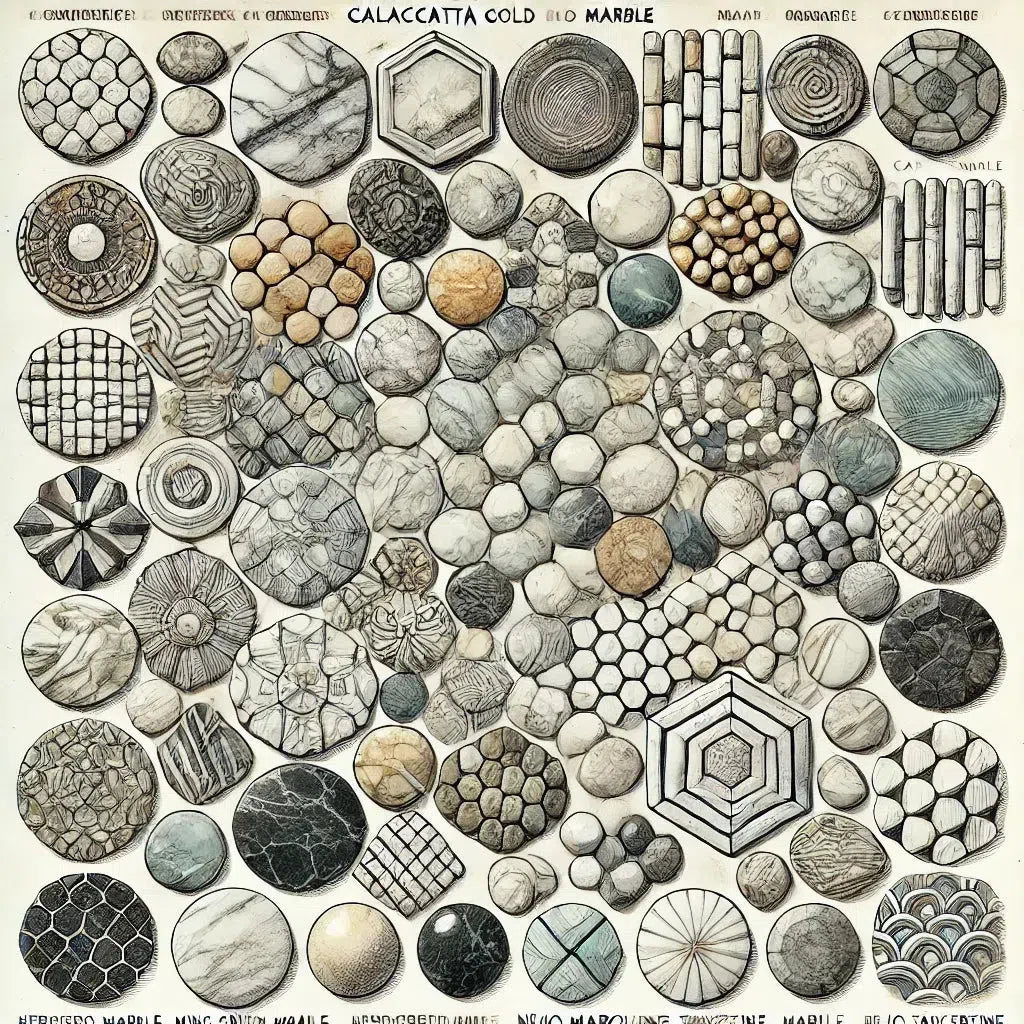 Shop By Type
Shop By Type
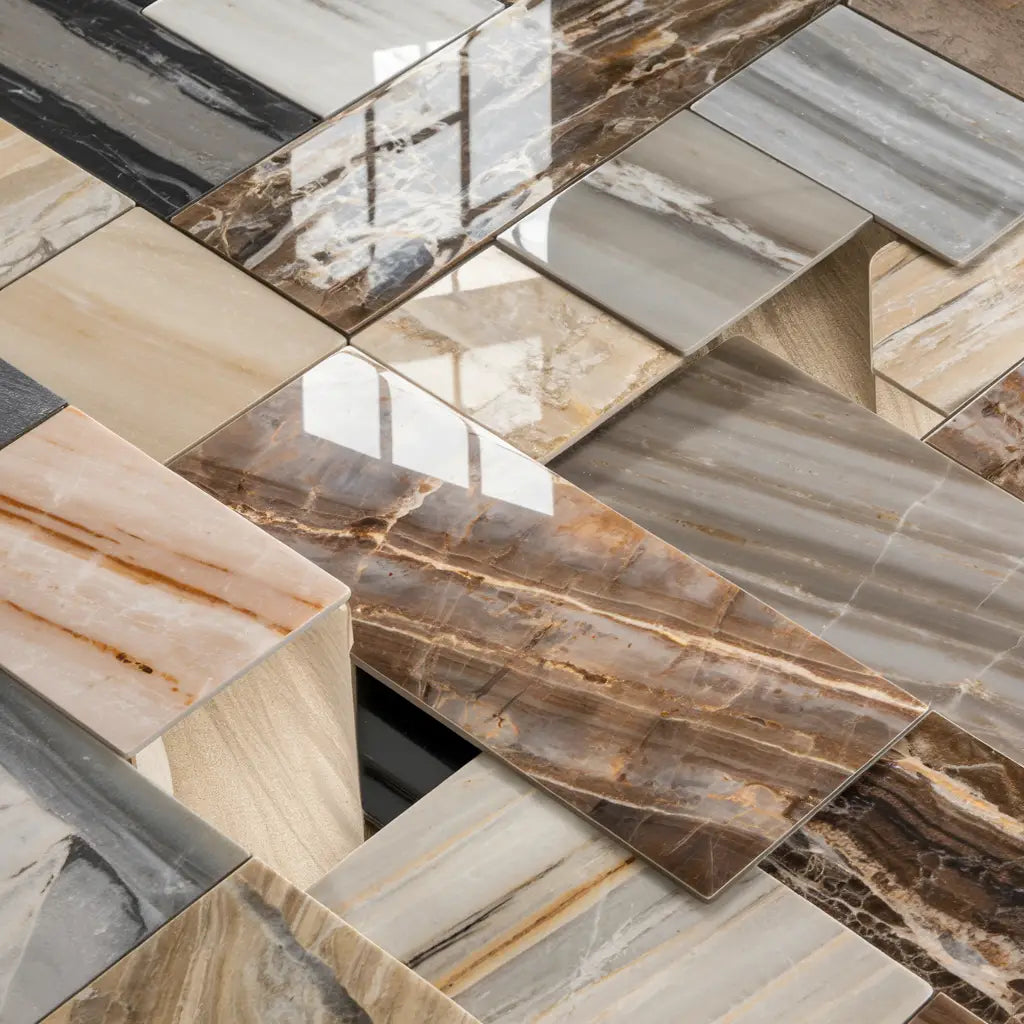 Marble Tiles
Marble Tiles Marble Mosaic
Marble Mosaic Travertine Tiles
Travertine Tiles Travertine Mosaic
Travertine Mosaic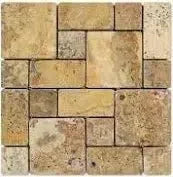 4 pcs Versailles Pattern / French Pattern Set
4 pcs Versailles Pattern / French Pattern Set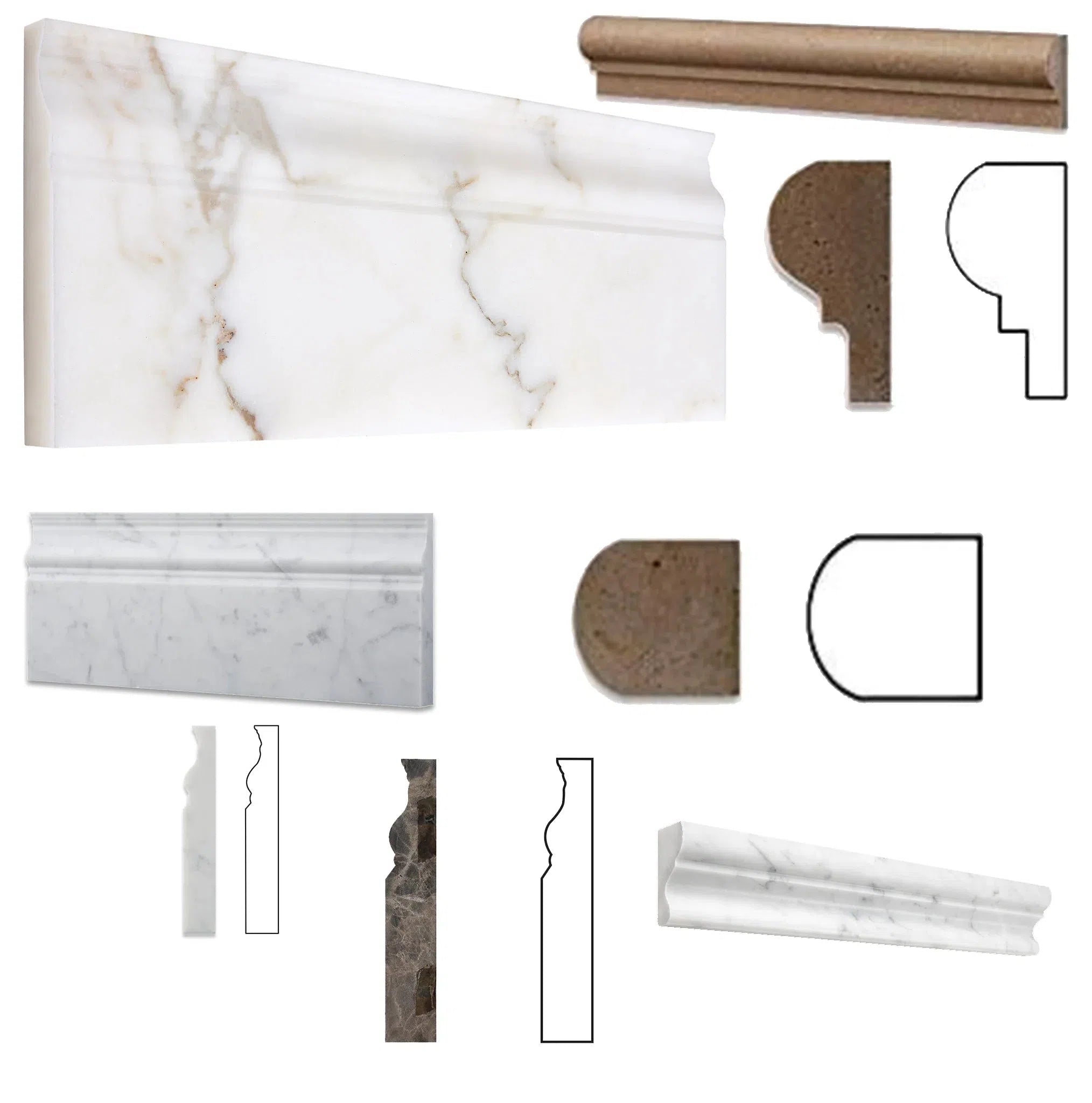 Molding/Trim
Molding/Trim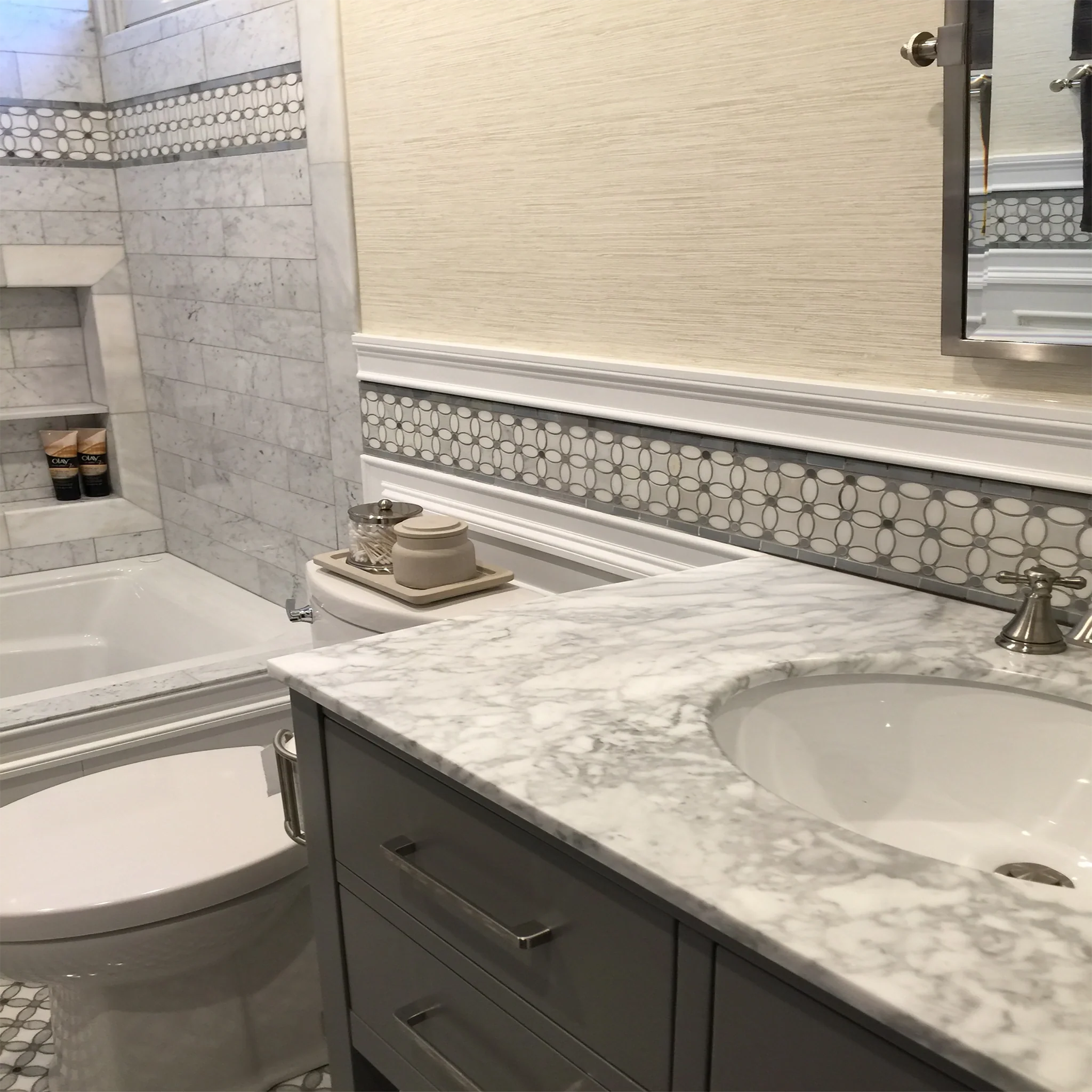 Border/Listello
Border/Listello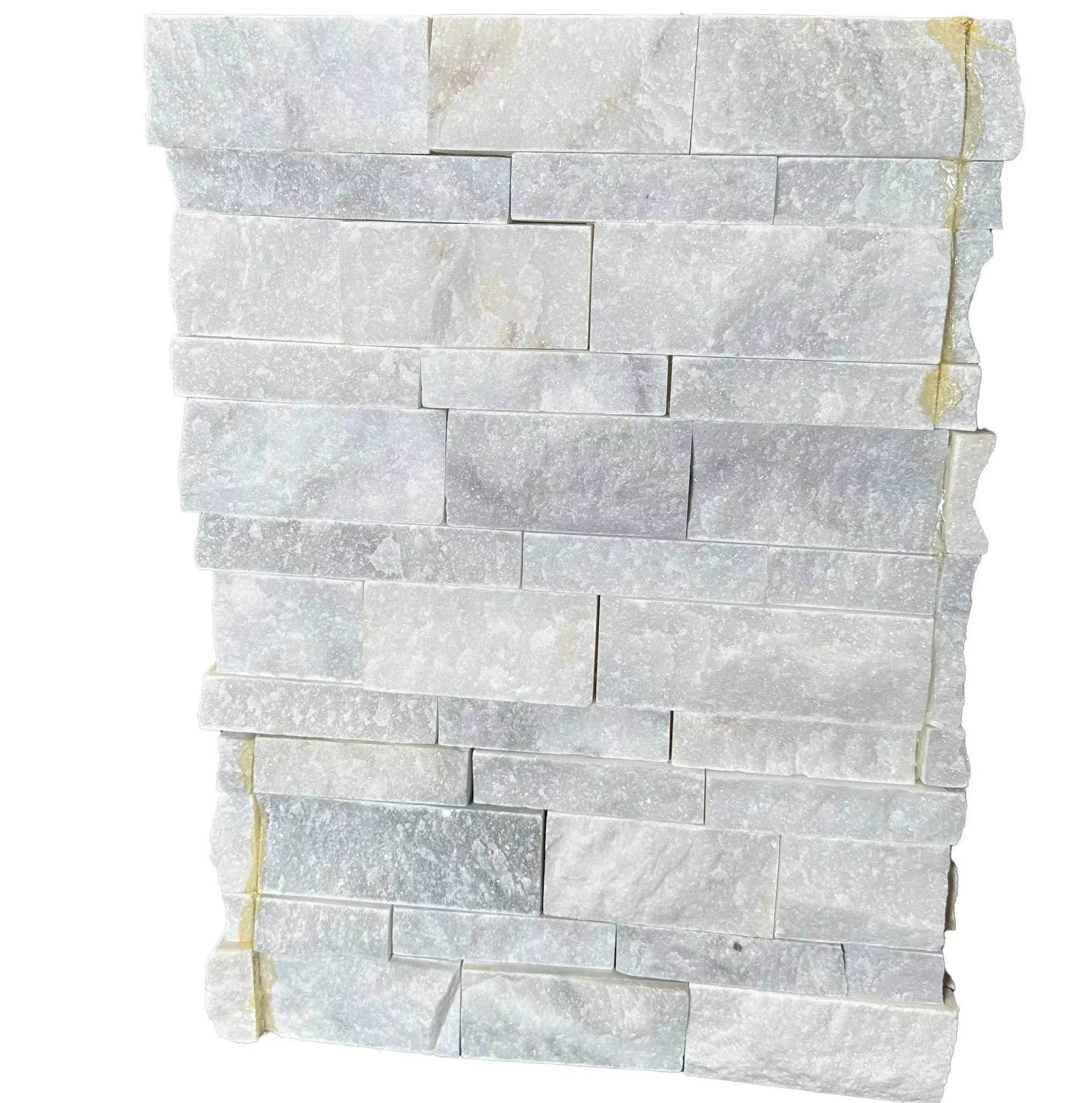 Ledger-Panel
Ledger-Panel Checkerboard
Checkerboard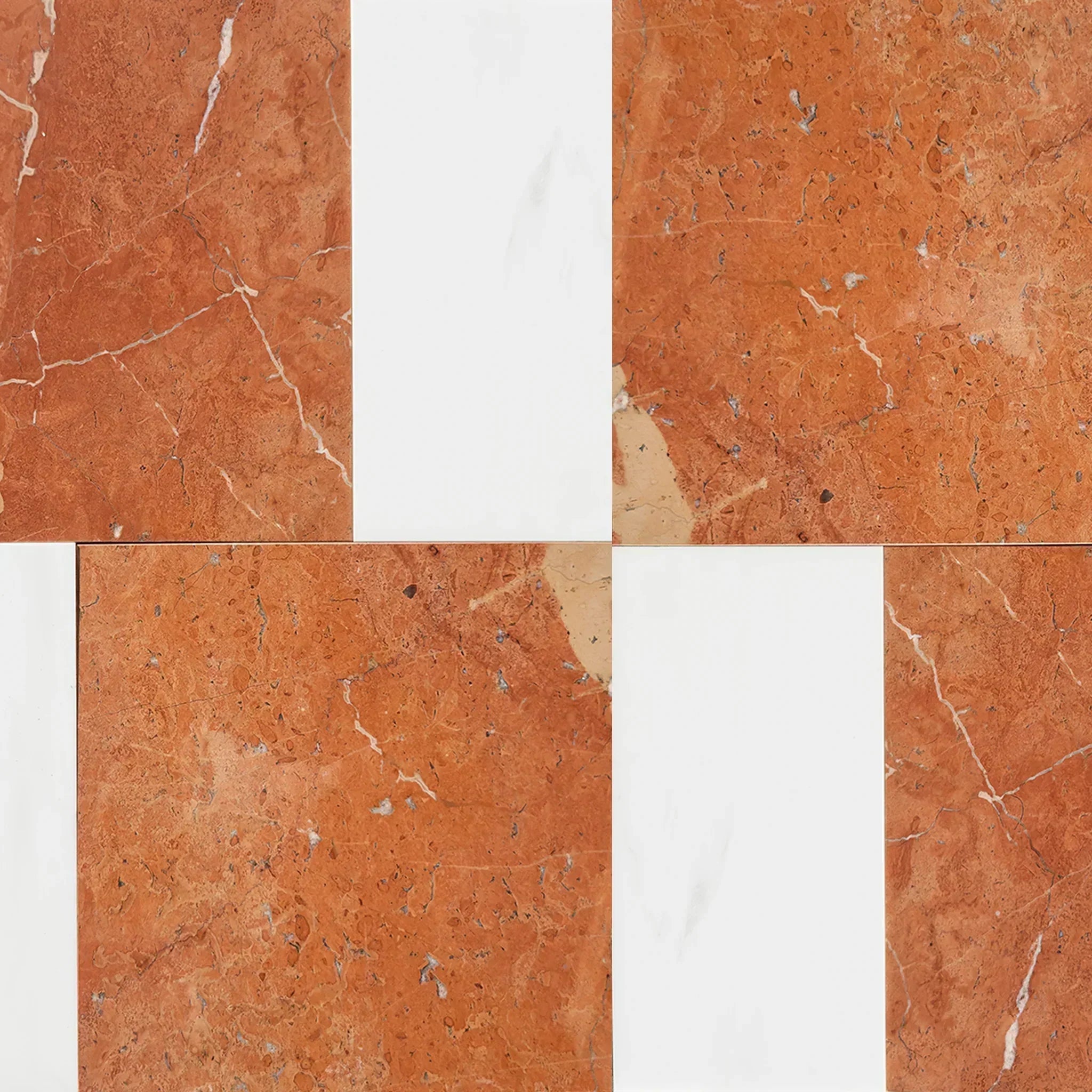 Patterned Tile Collection
Patterned Tile Collection 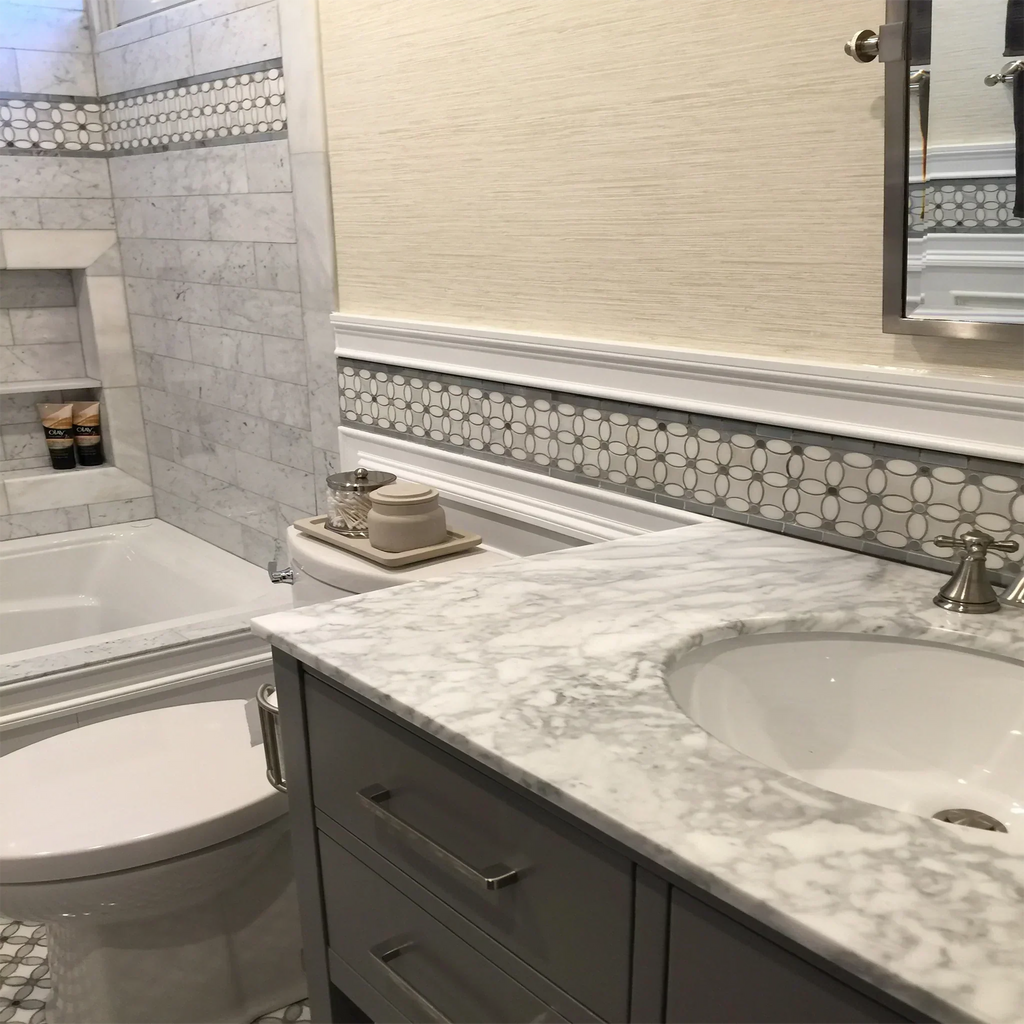 Shop By Finish
Shop By Finish
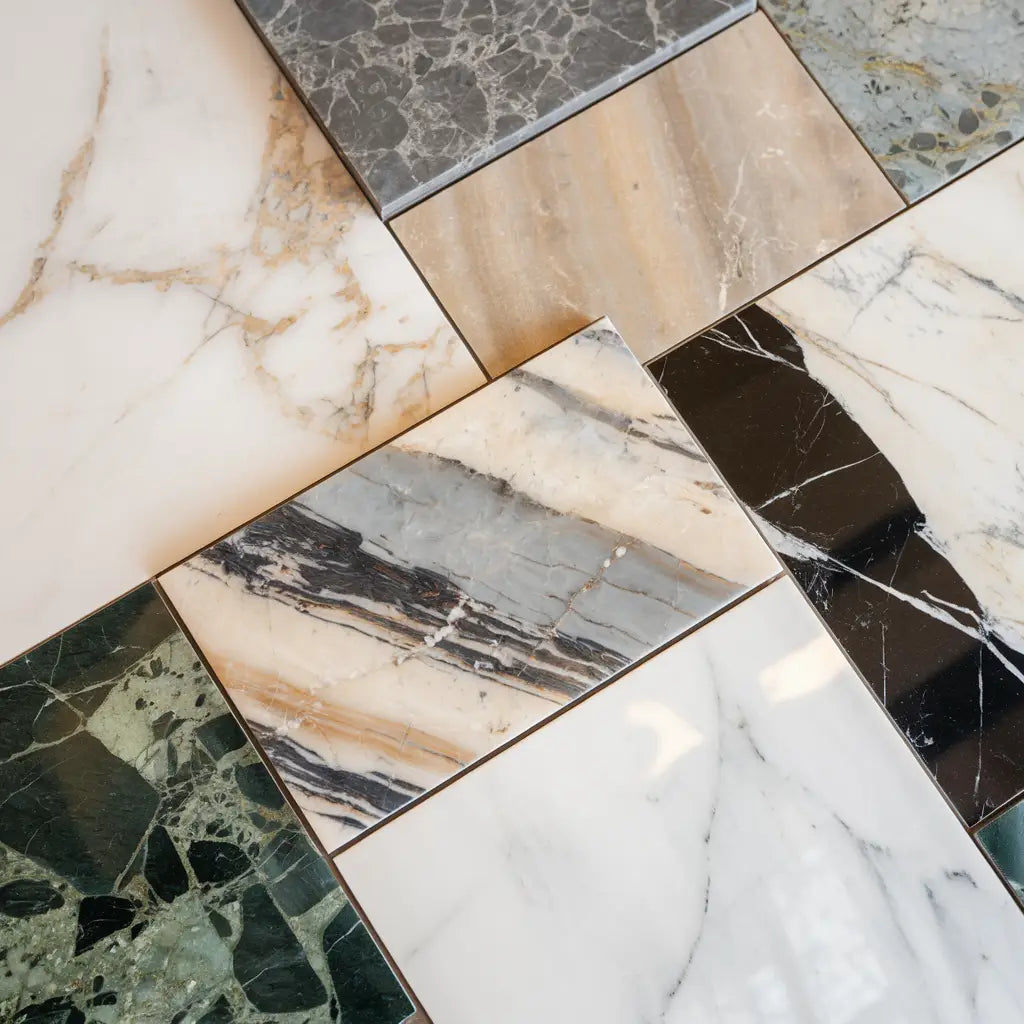 Polished
Polished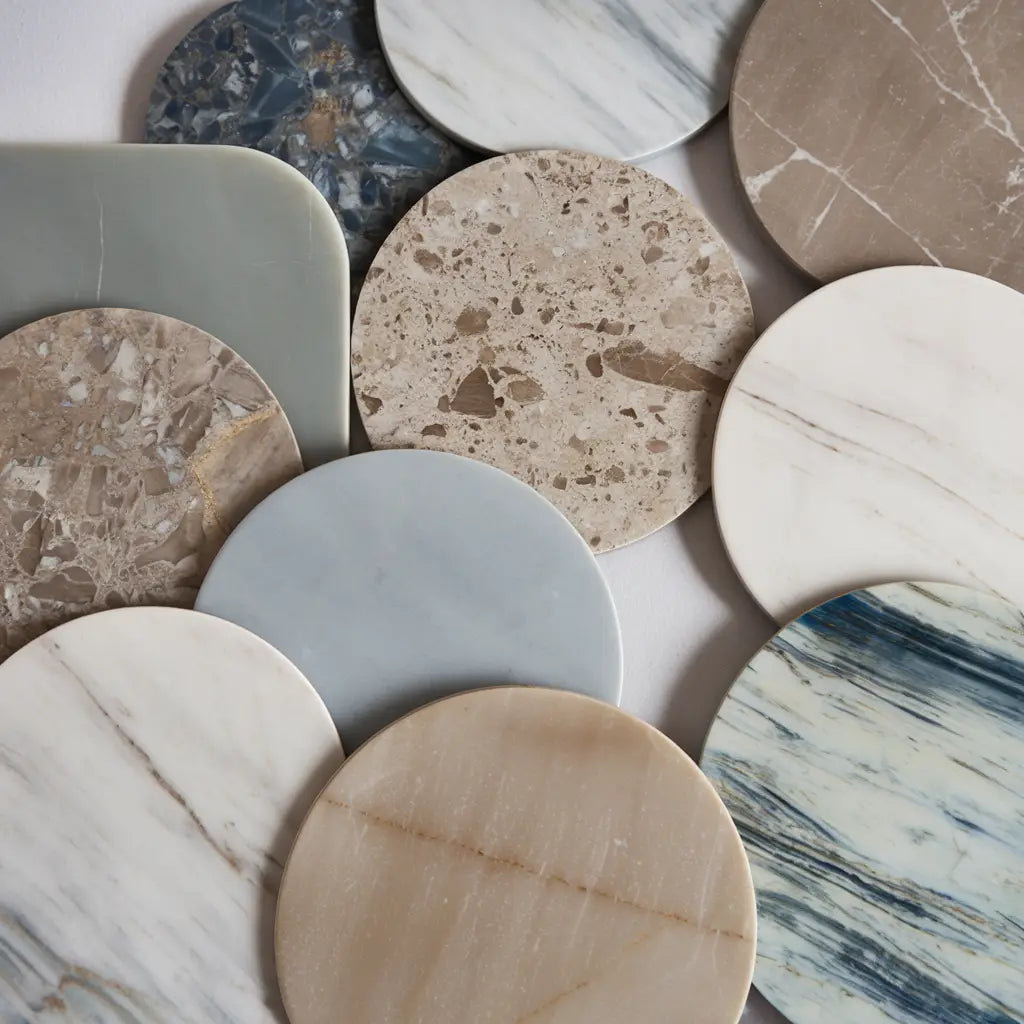 Honed
Honed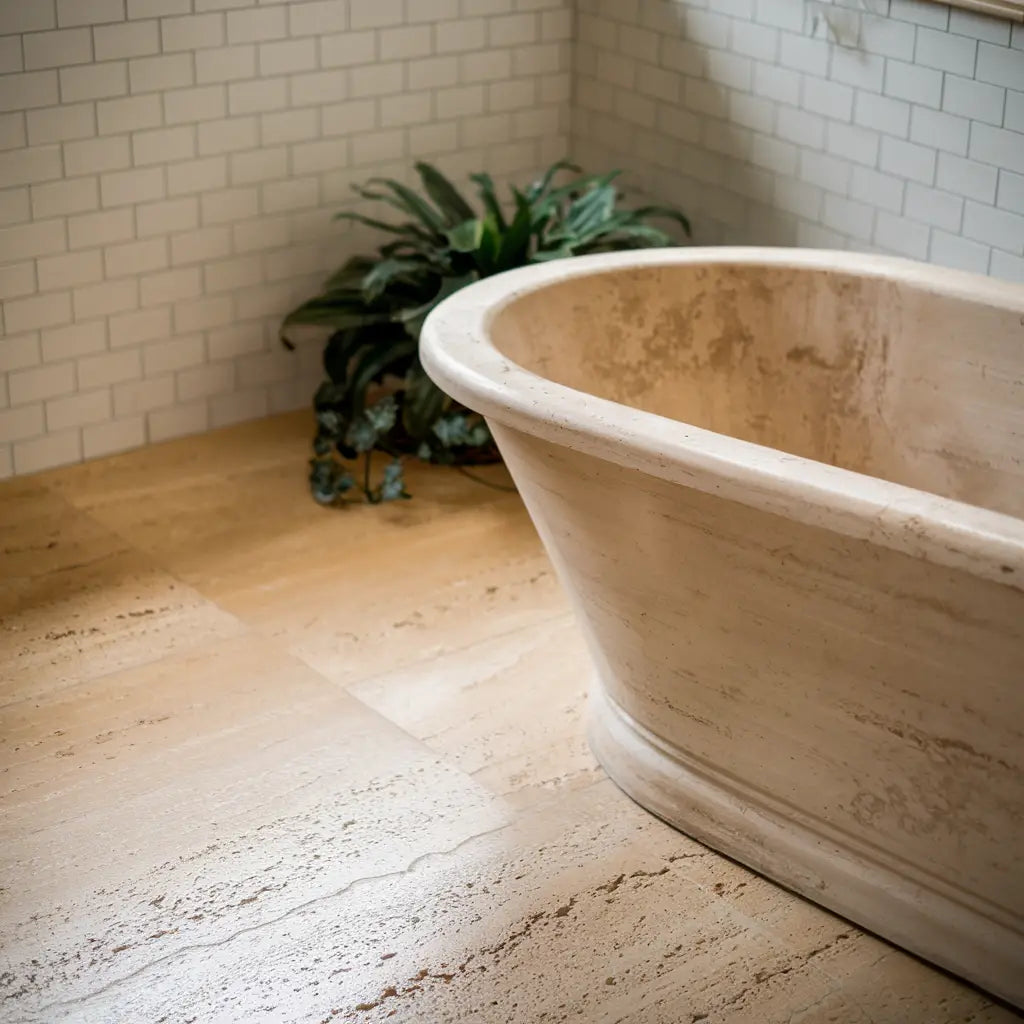 Brushed
Brushed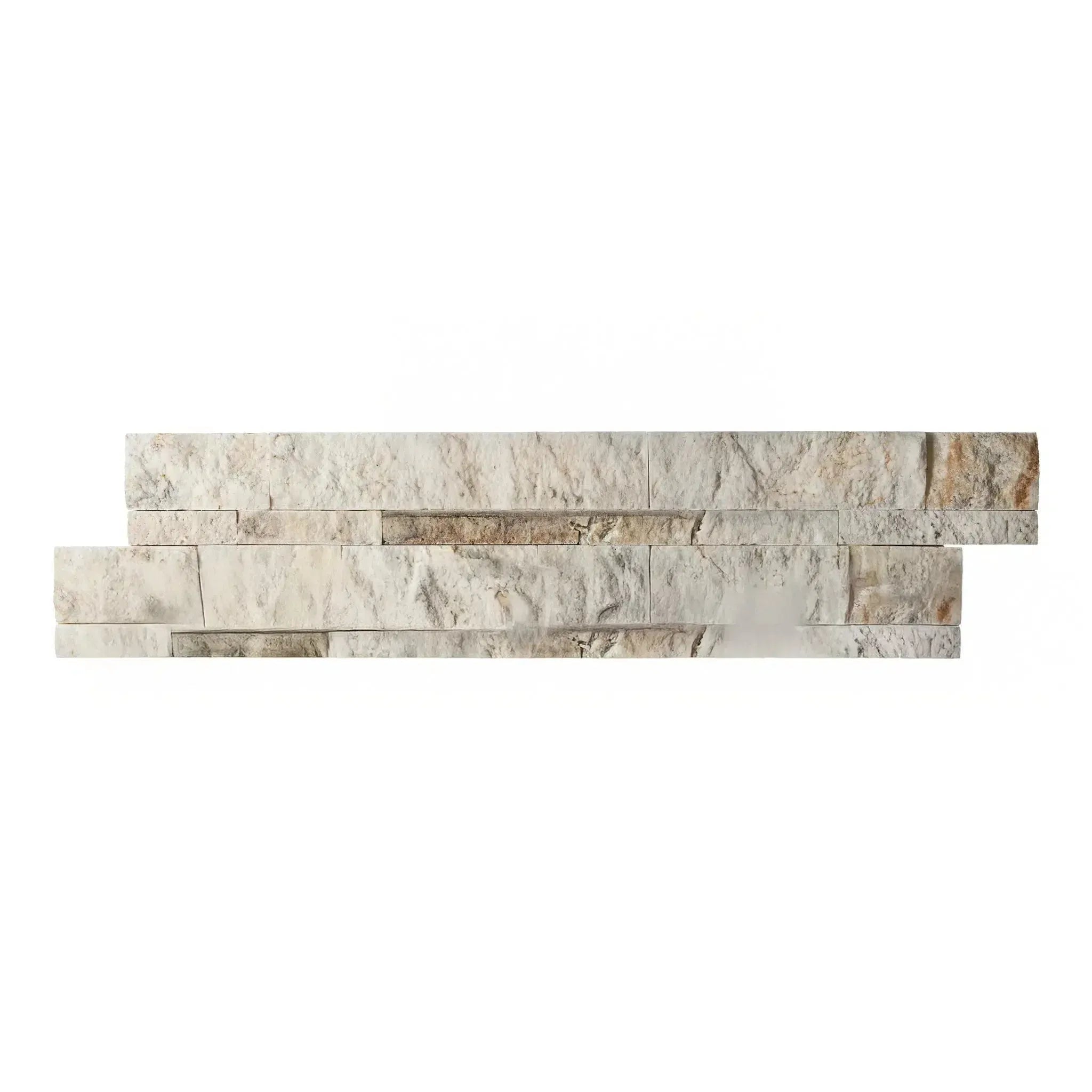 Split Face
Split Face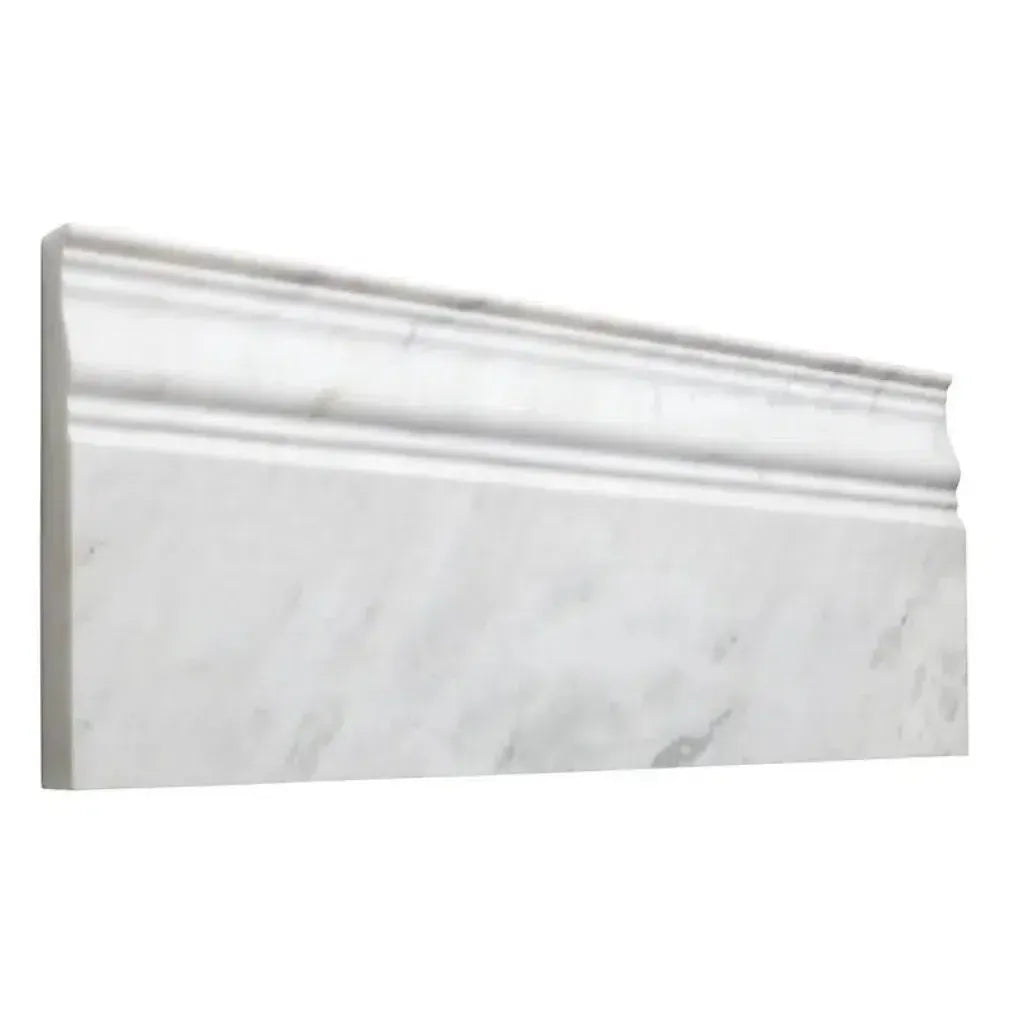 Textured
Textured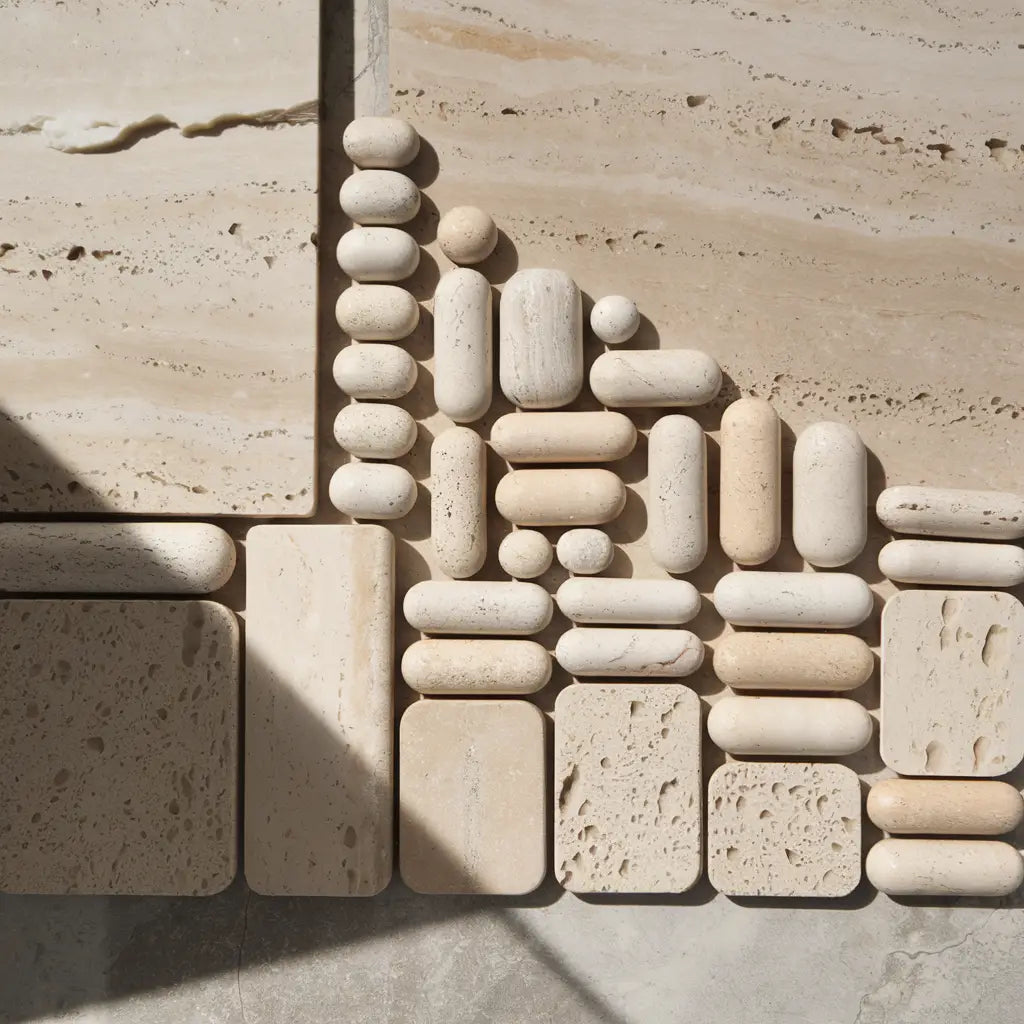 Tumbled
Tumbled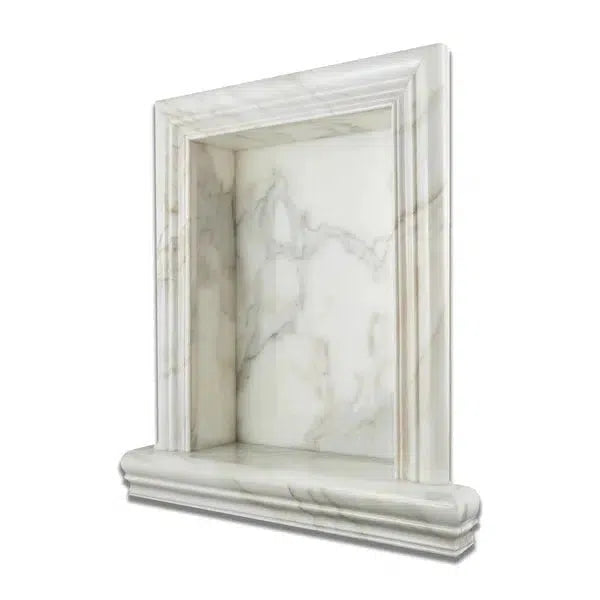 Accessories
Accessories
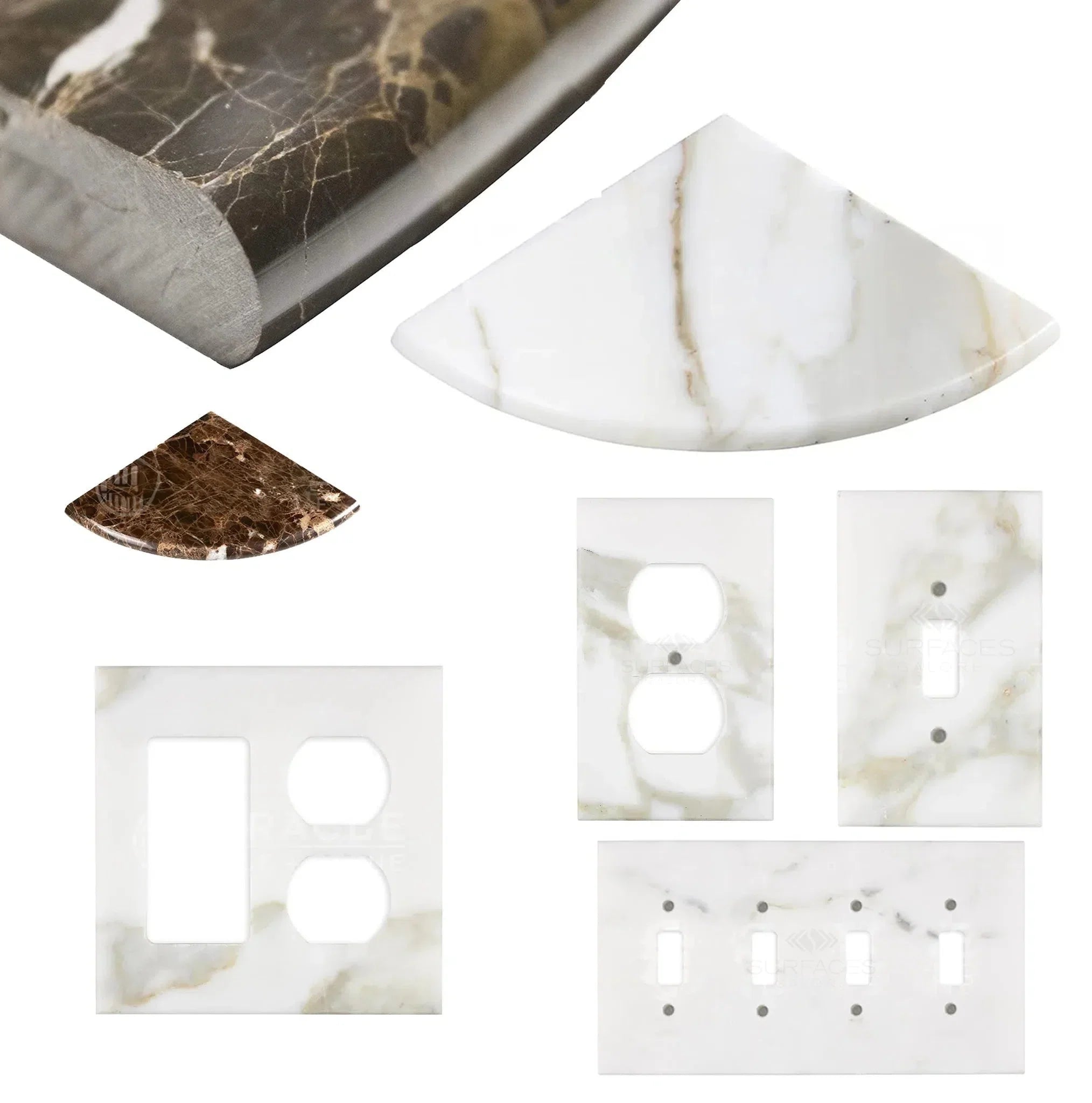 Wall Plate / Switch Plate
Wall Plate / Switch Plate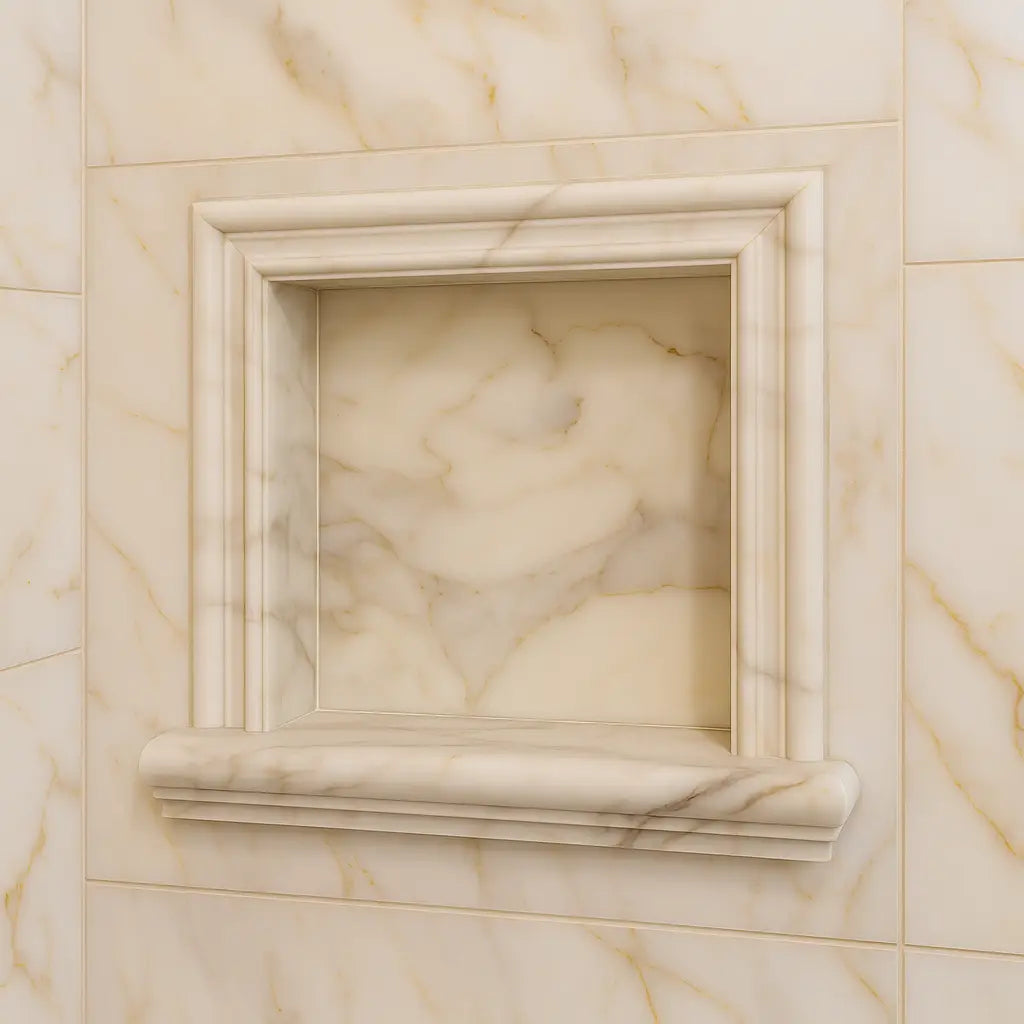 Shampoo Niche
Shampoo Niche Corner Shelf
Corner Shelf Clearance
Clearance





Leave a comment